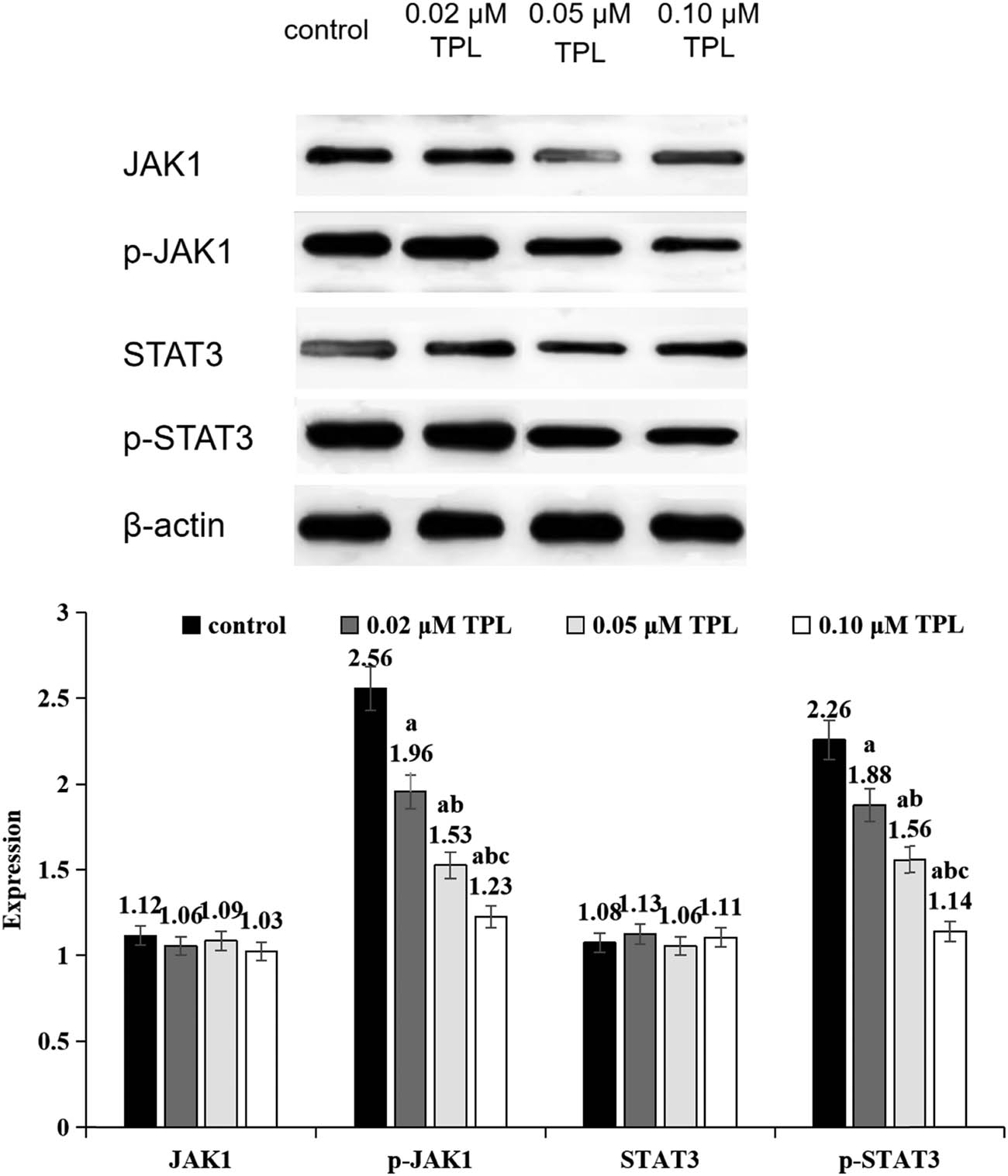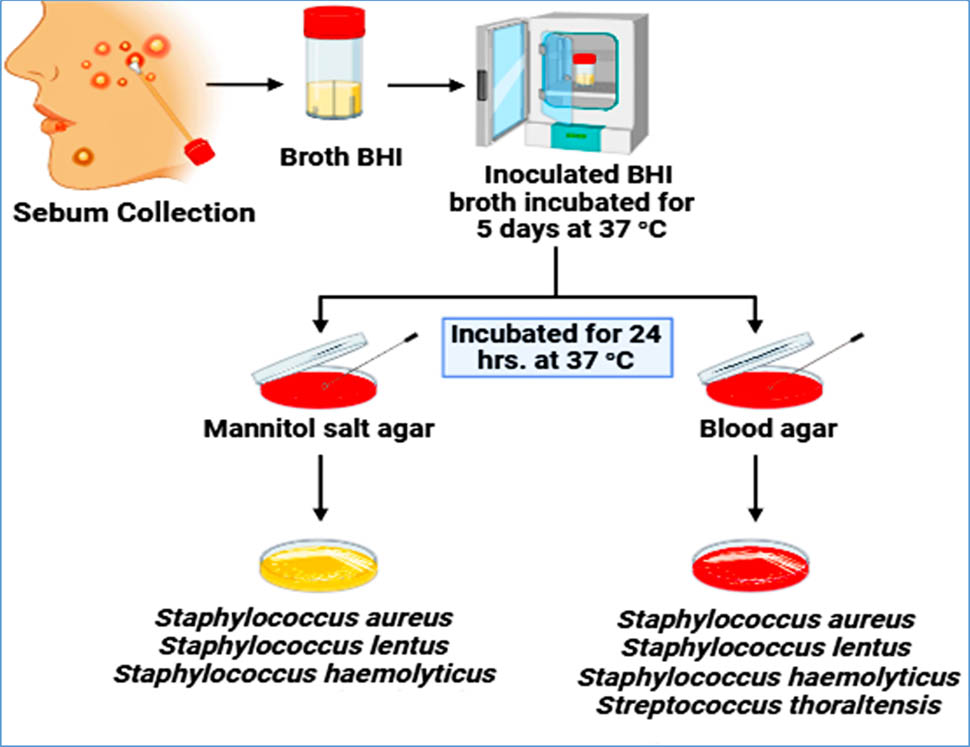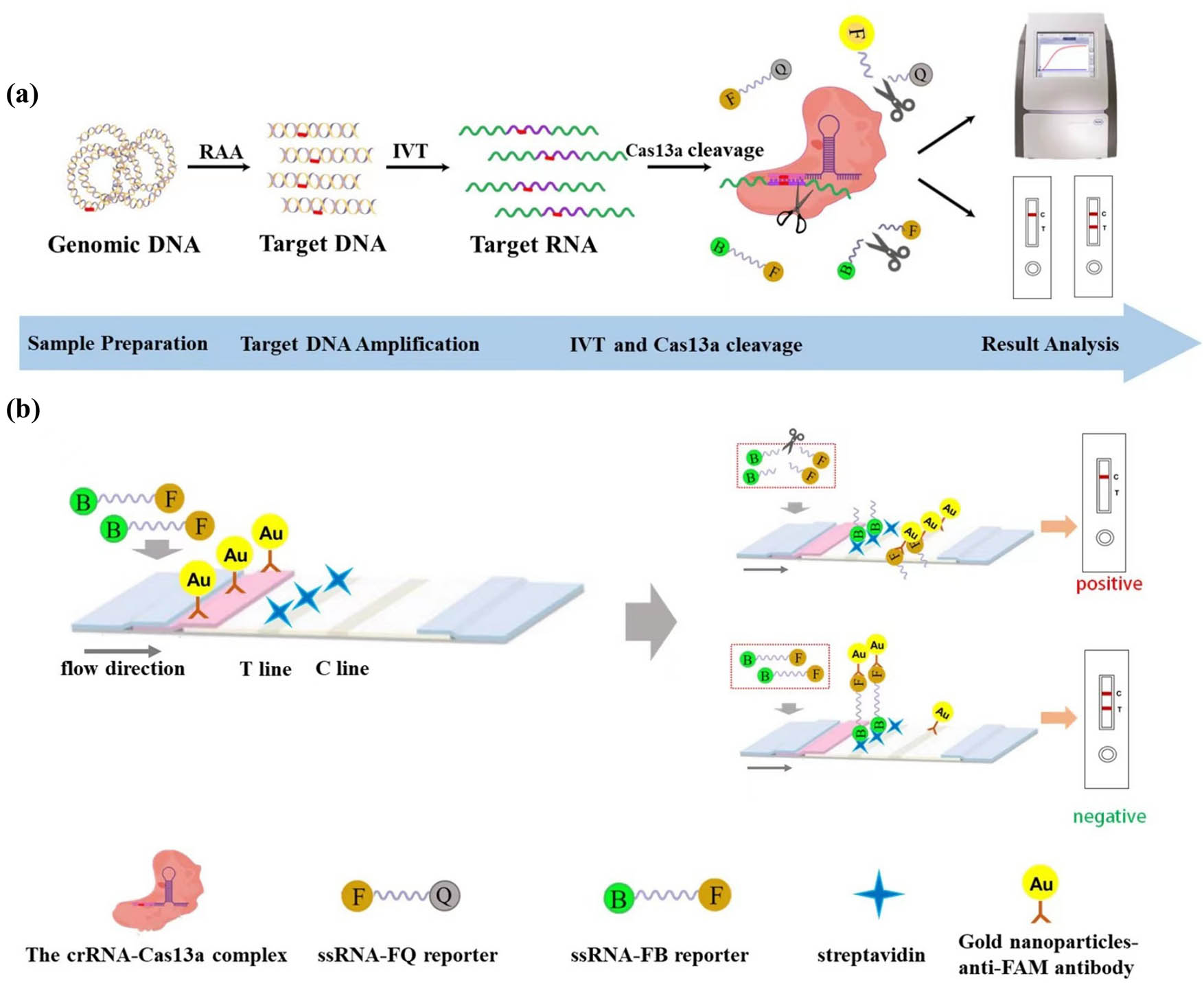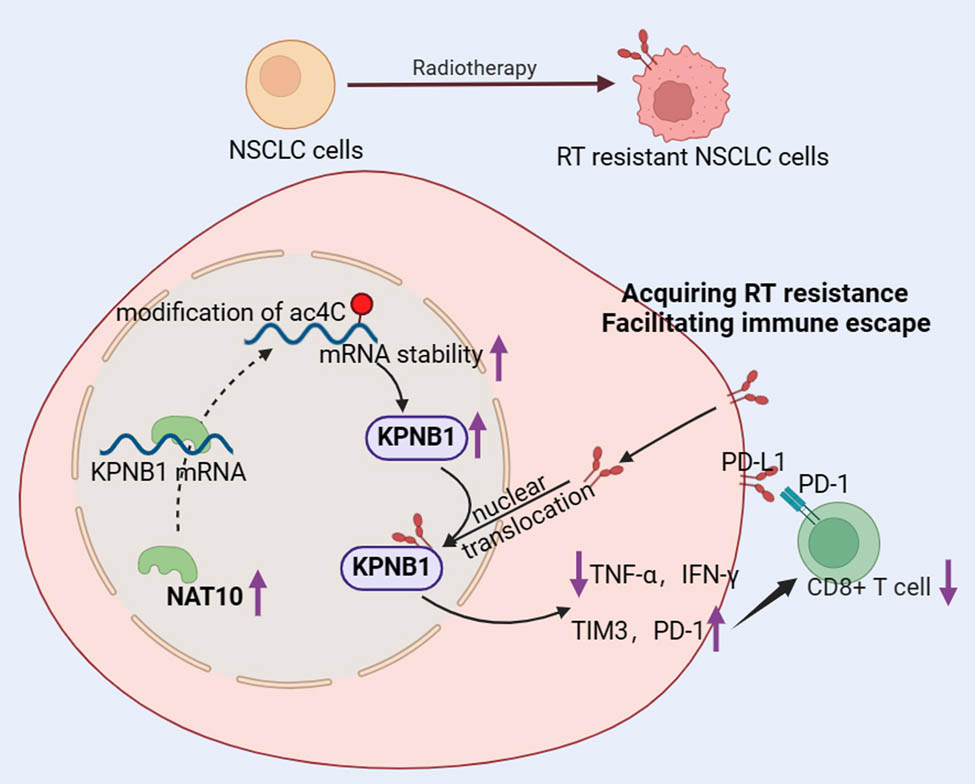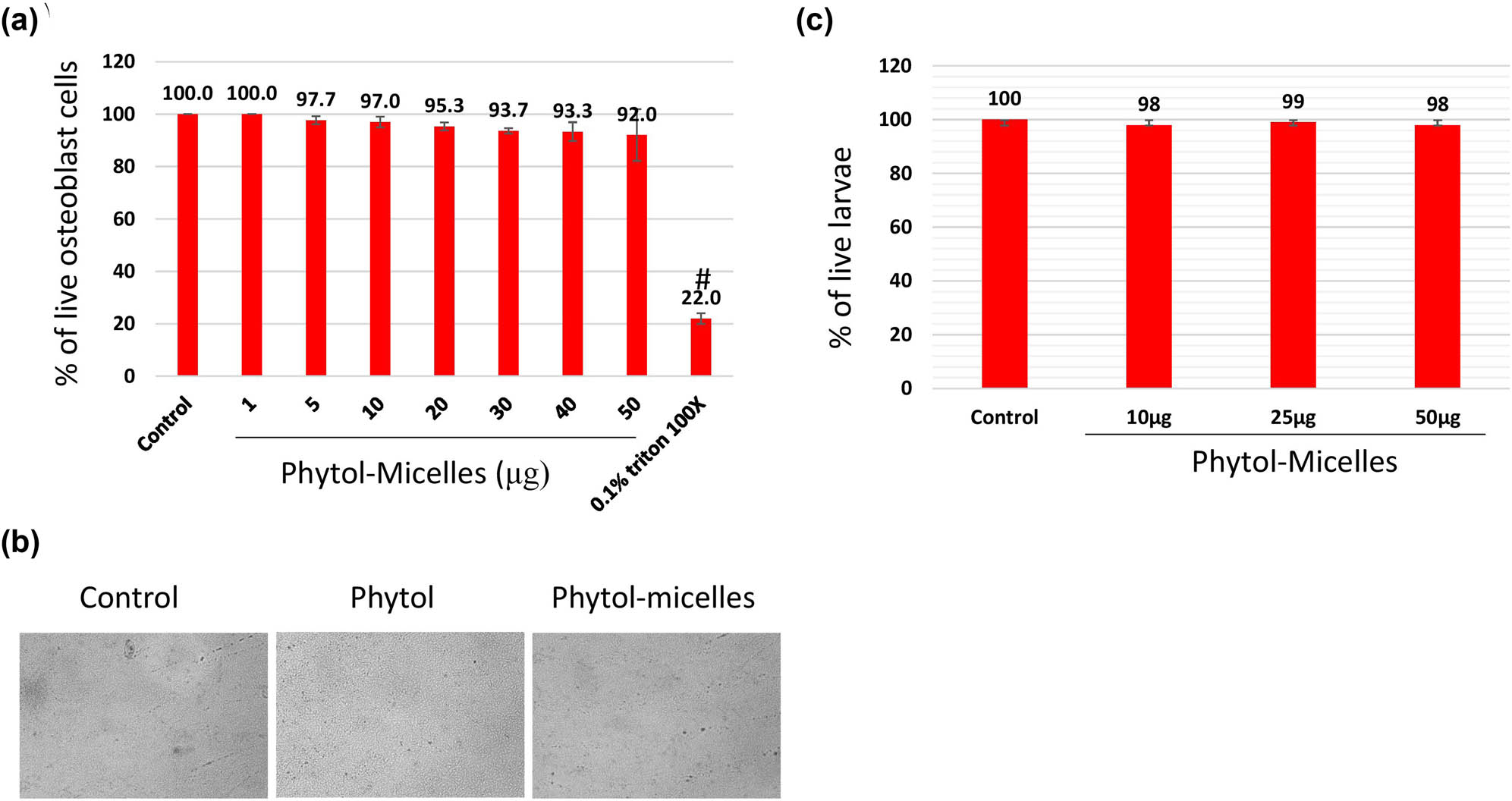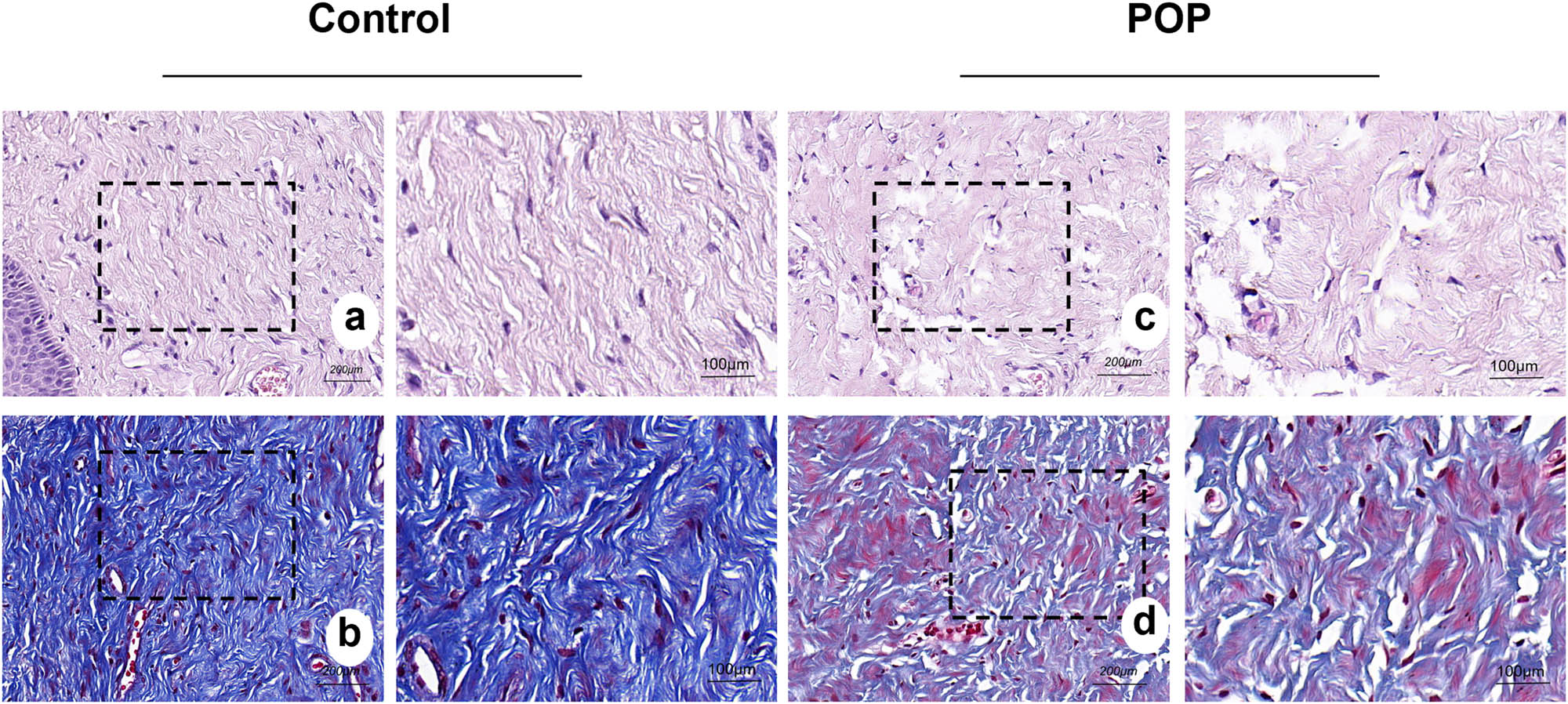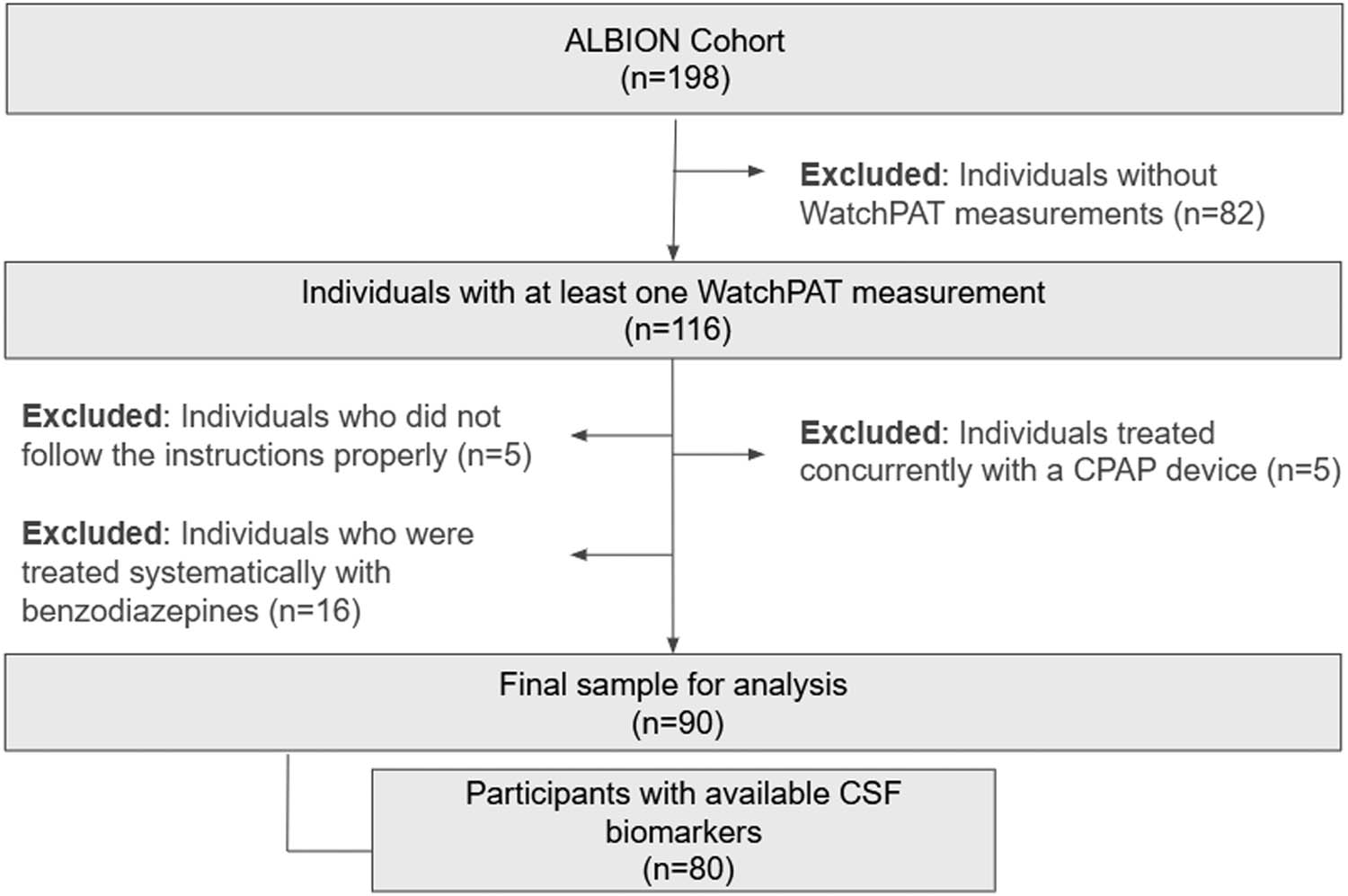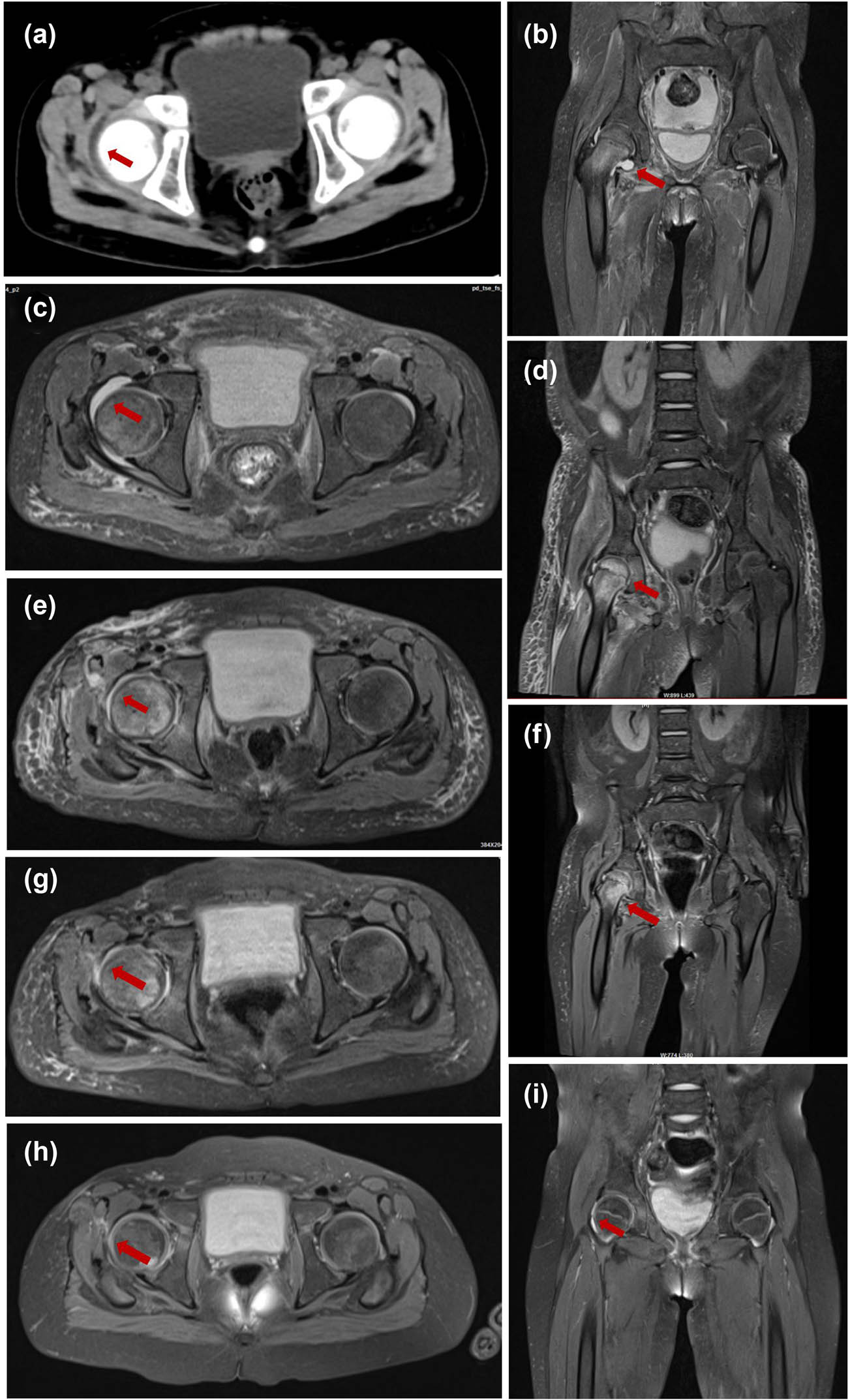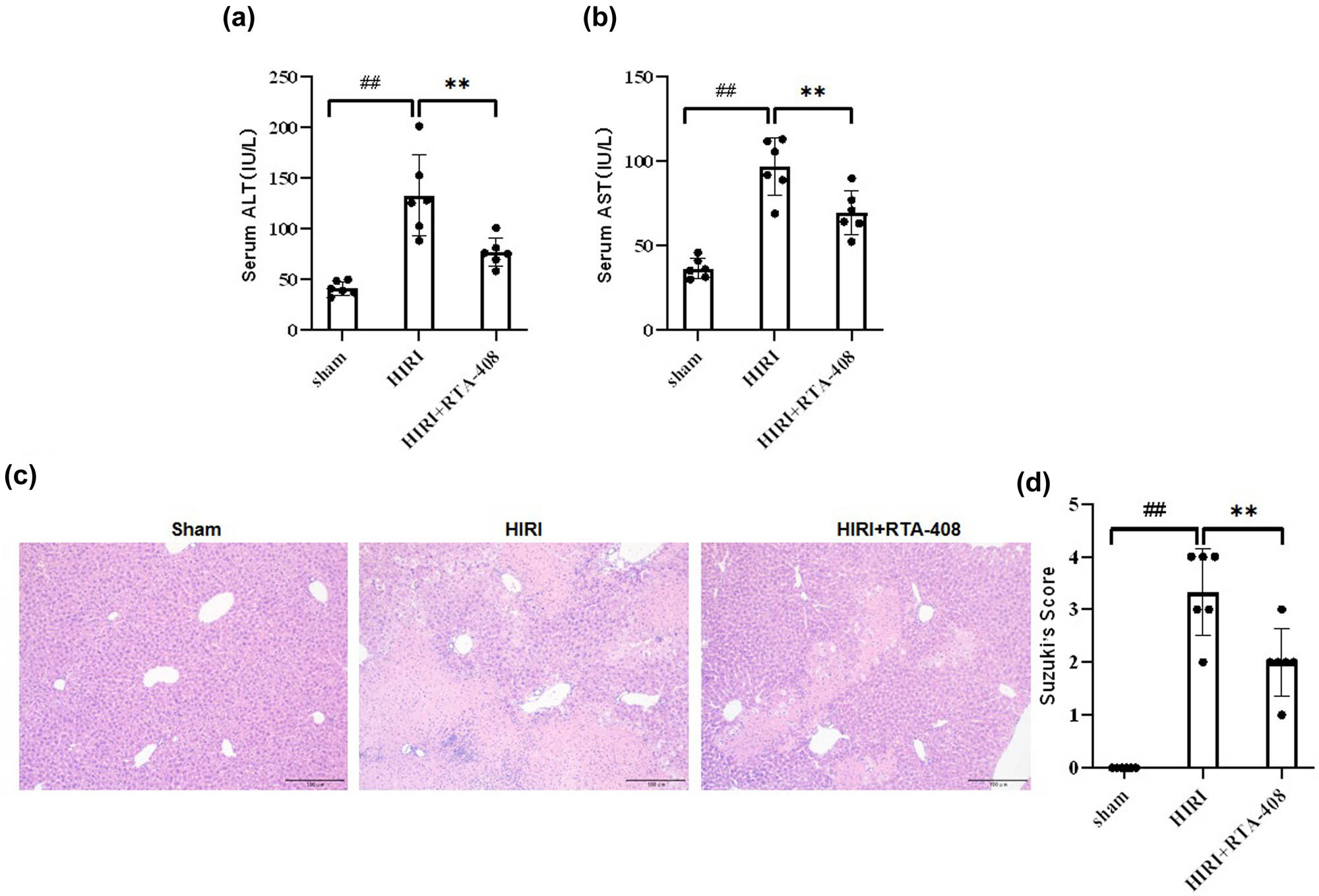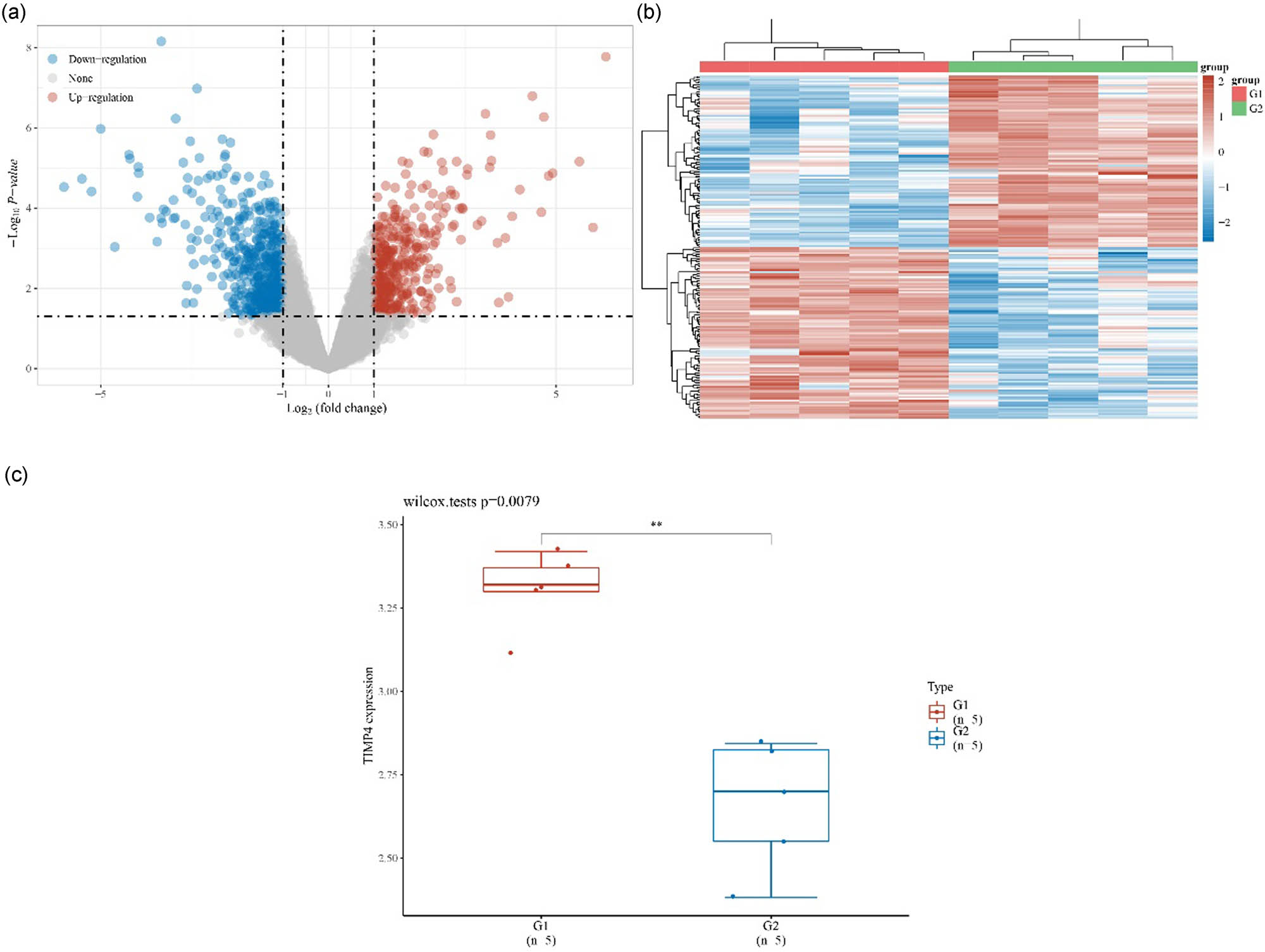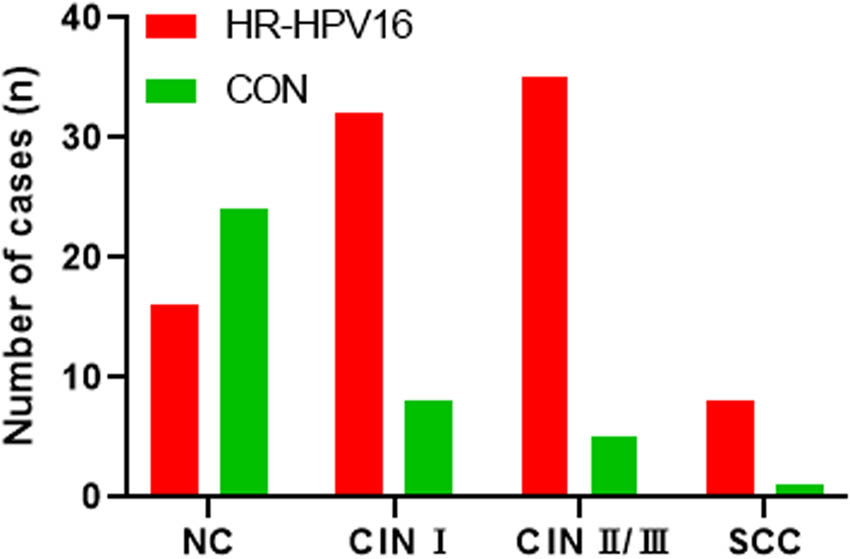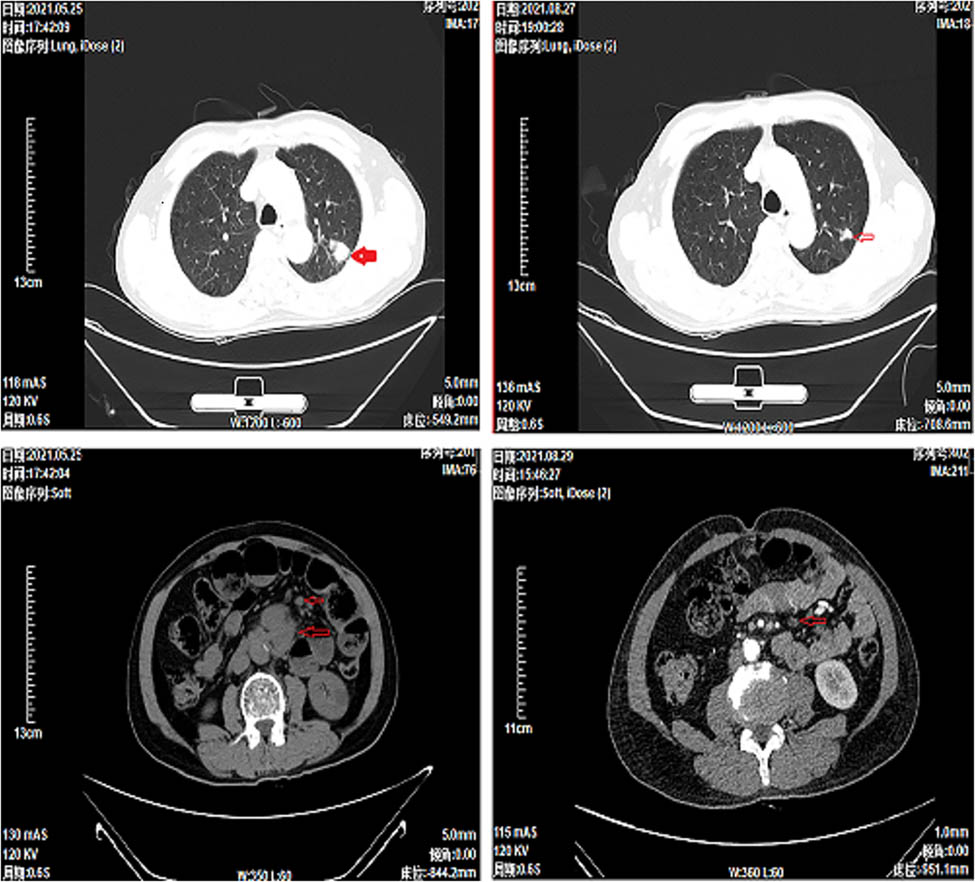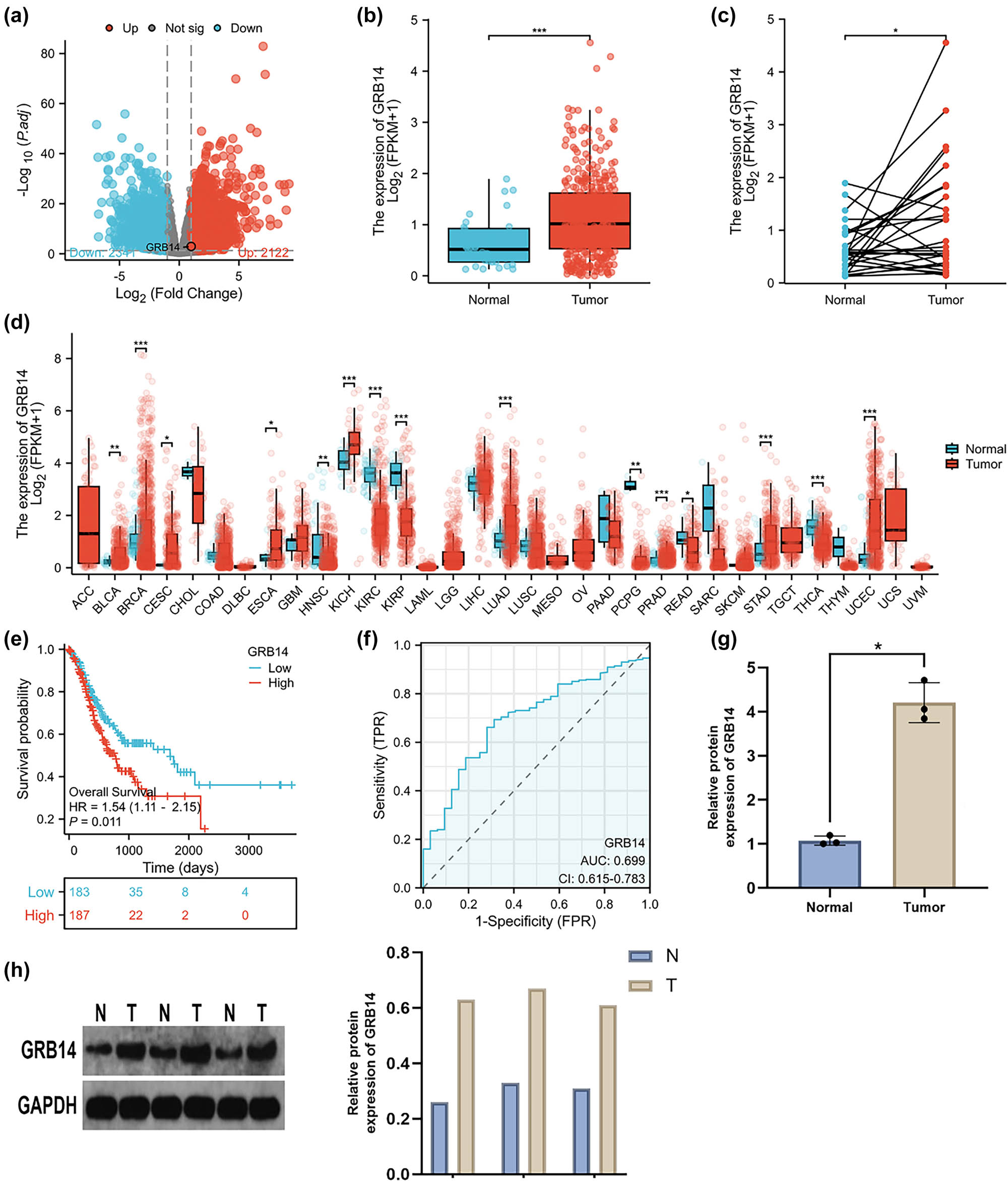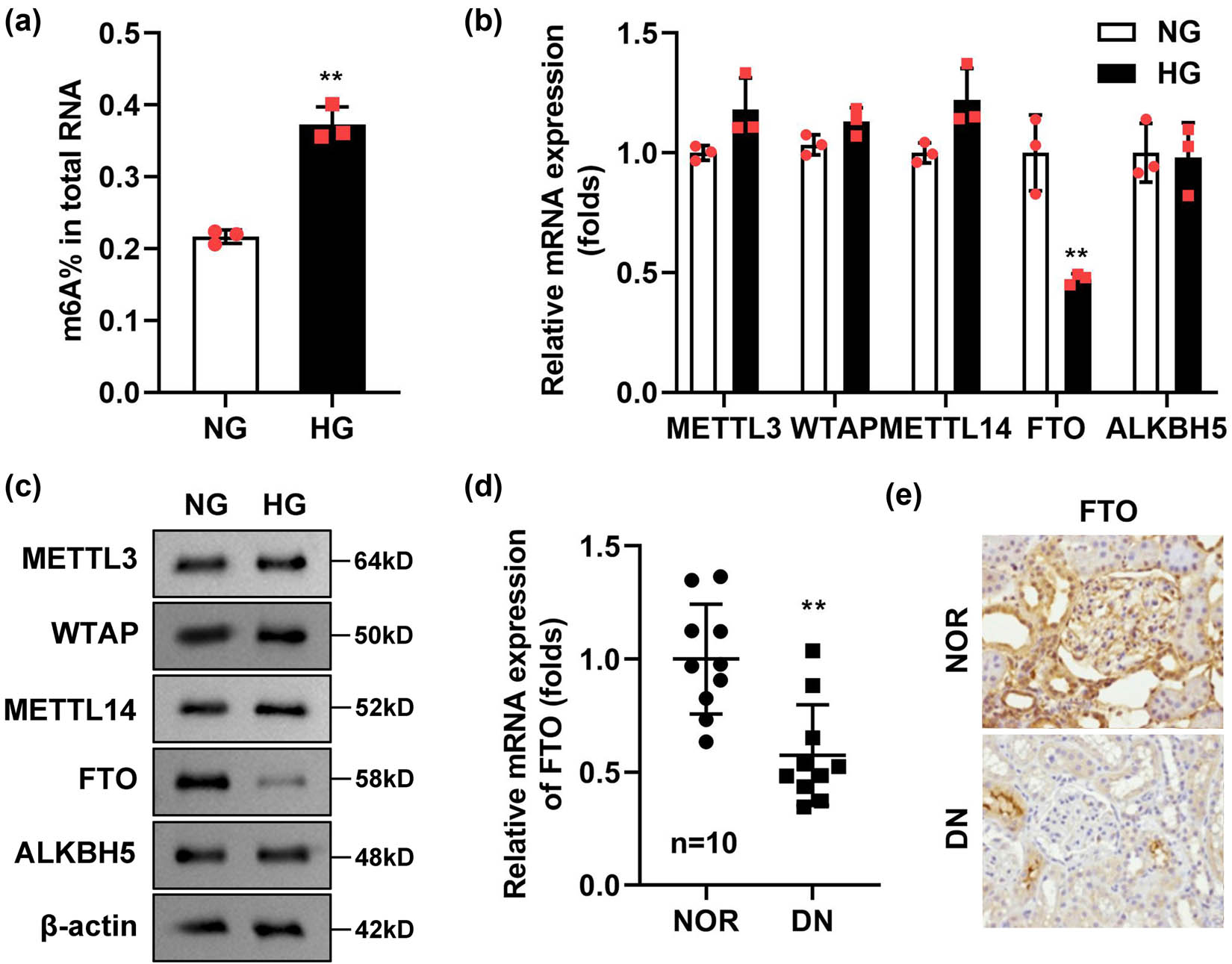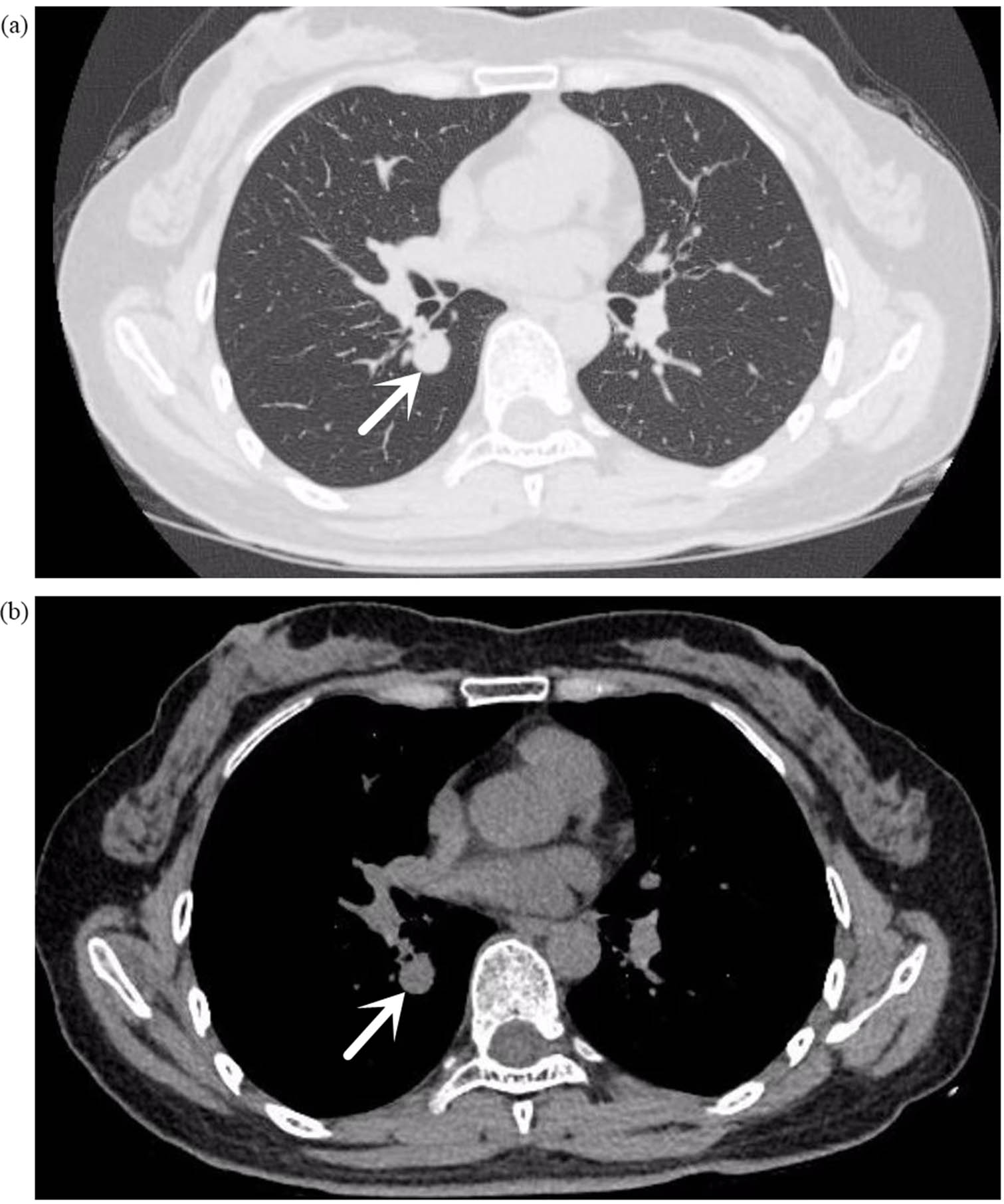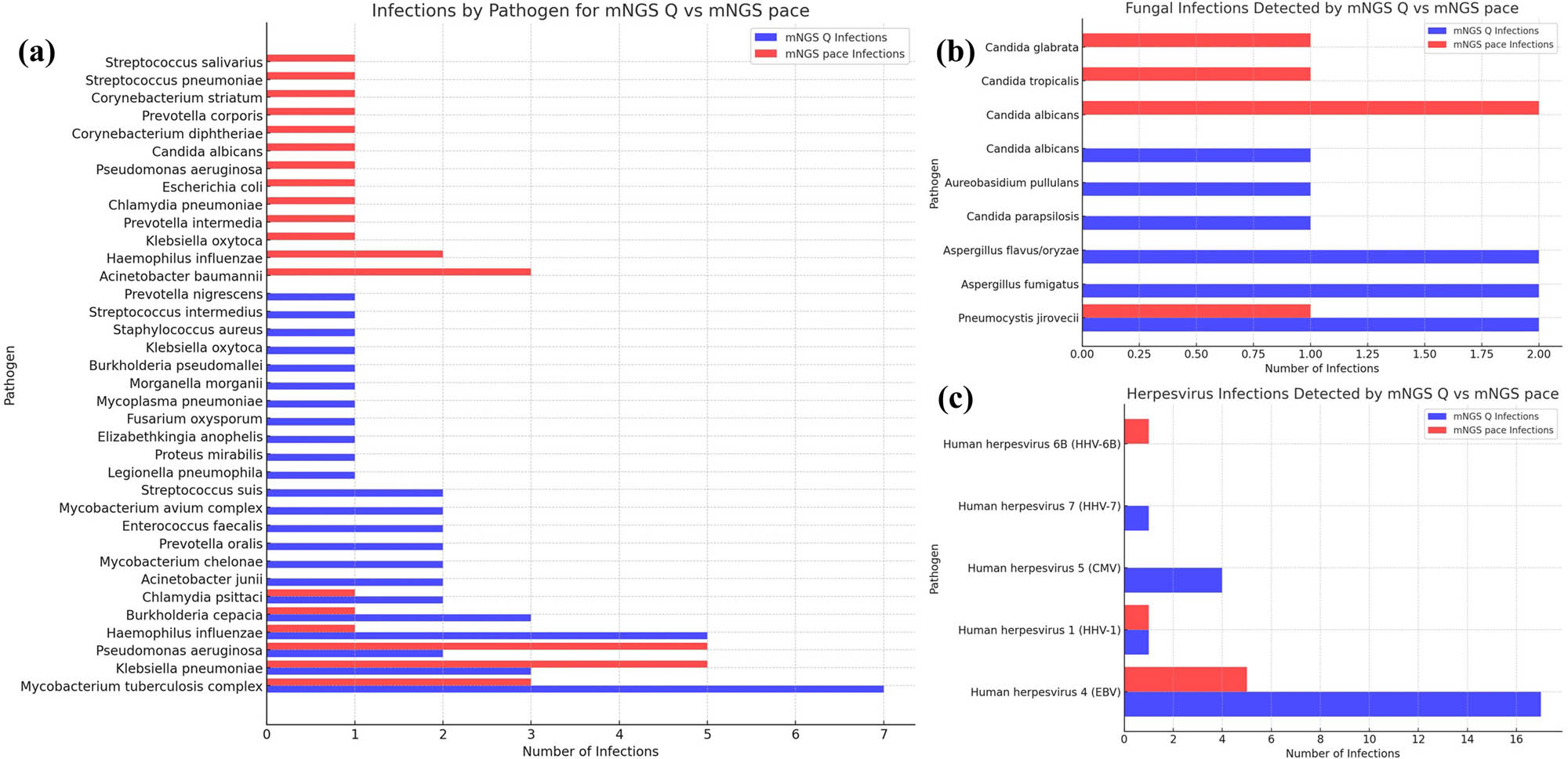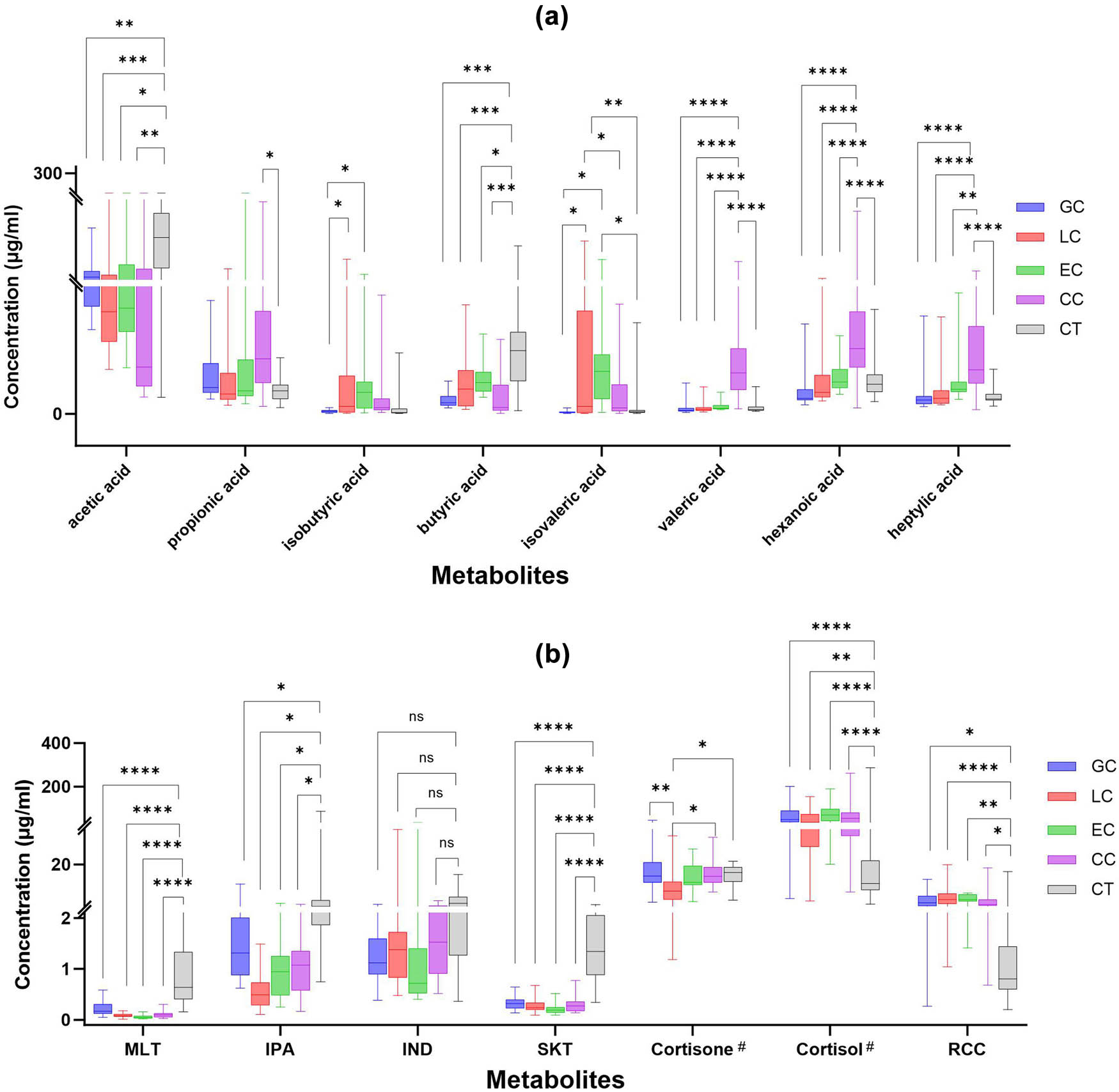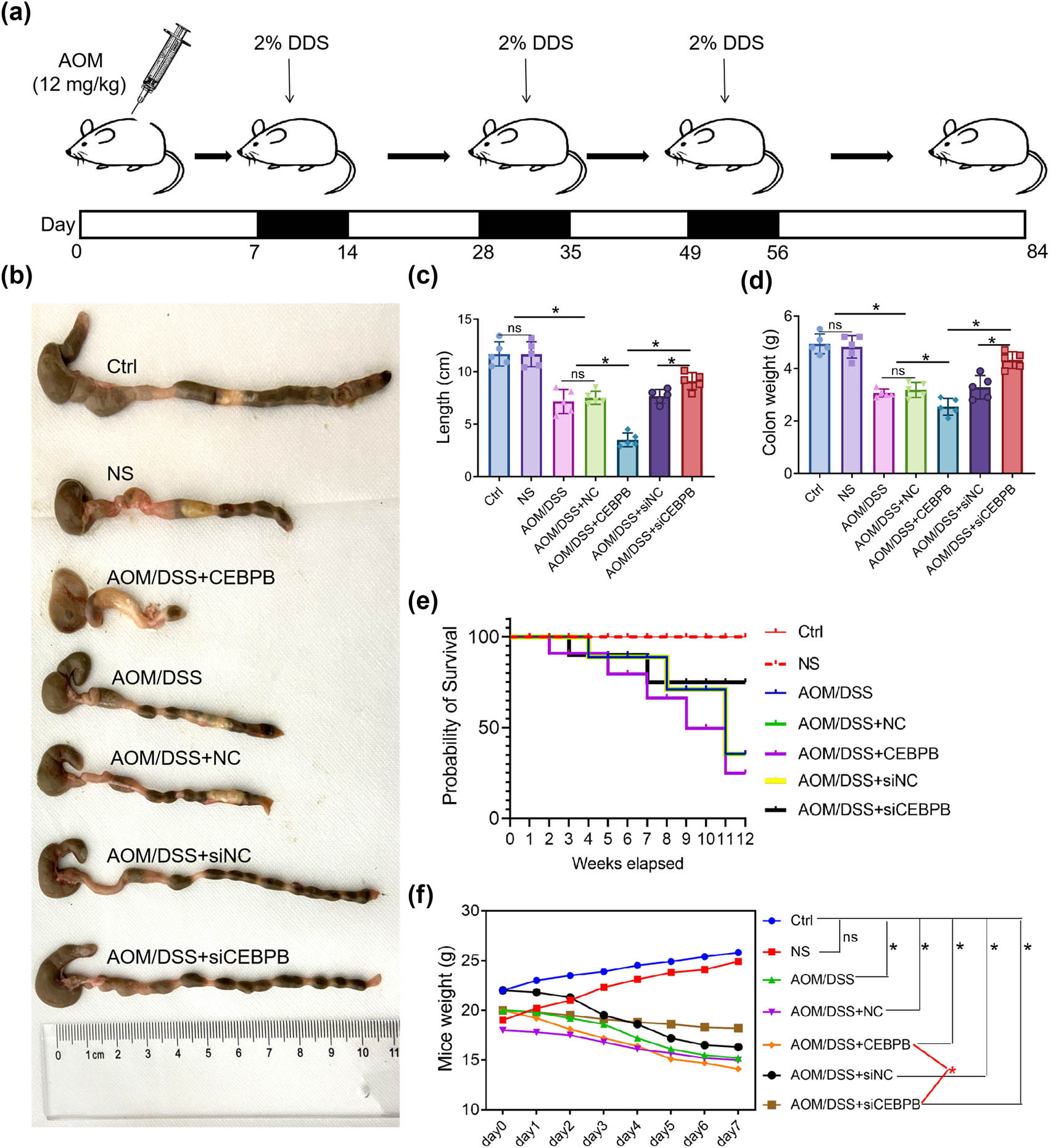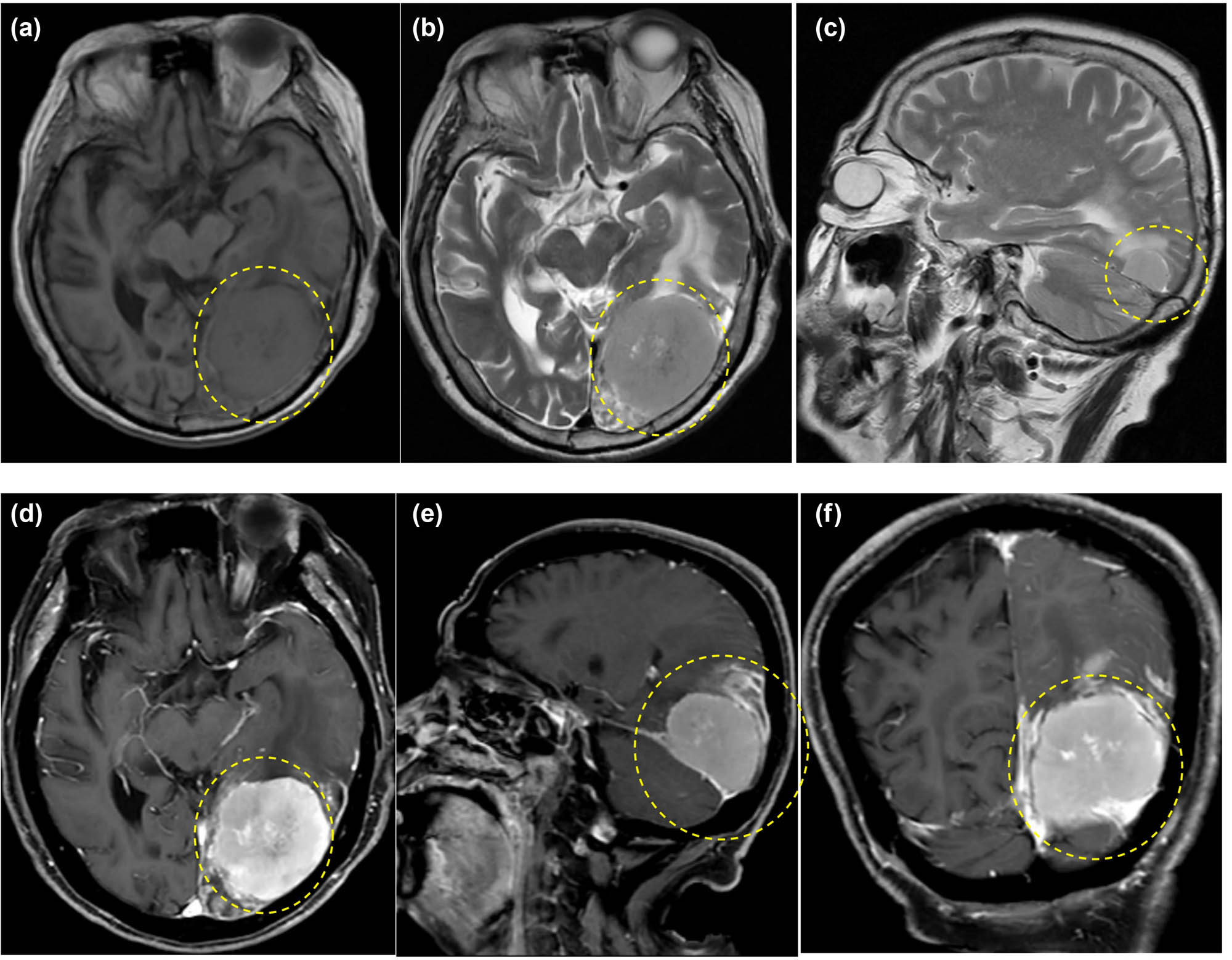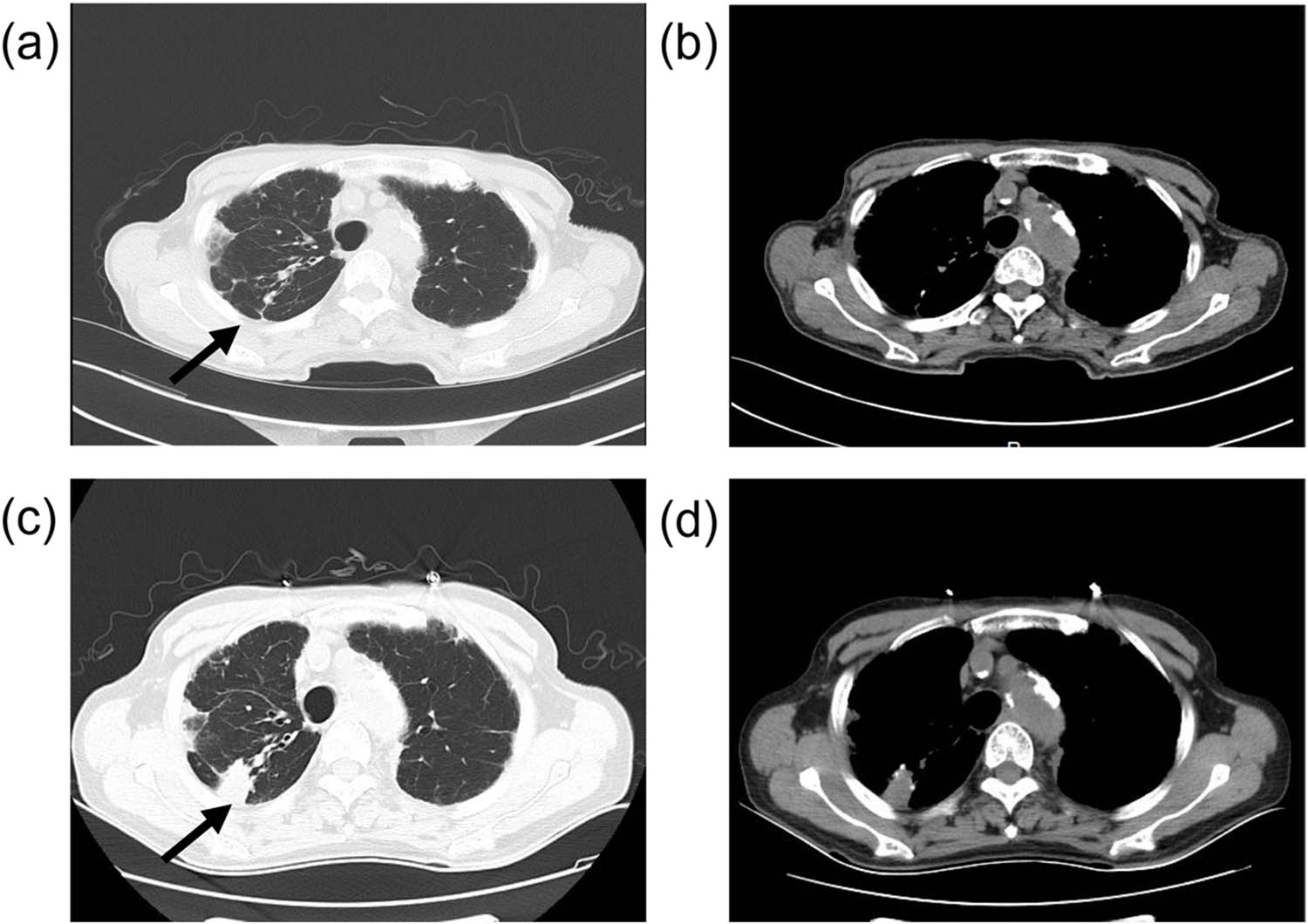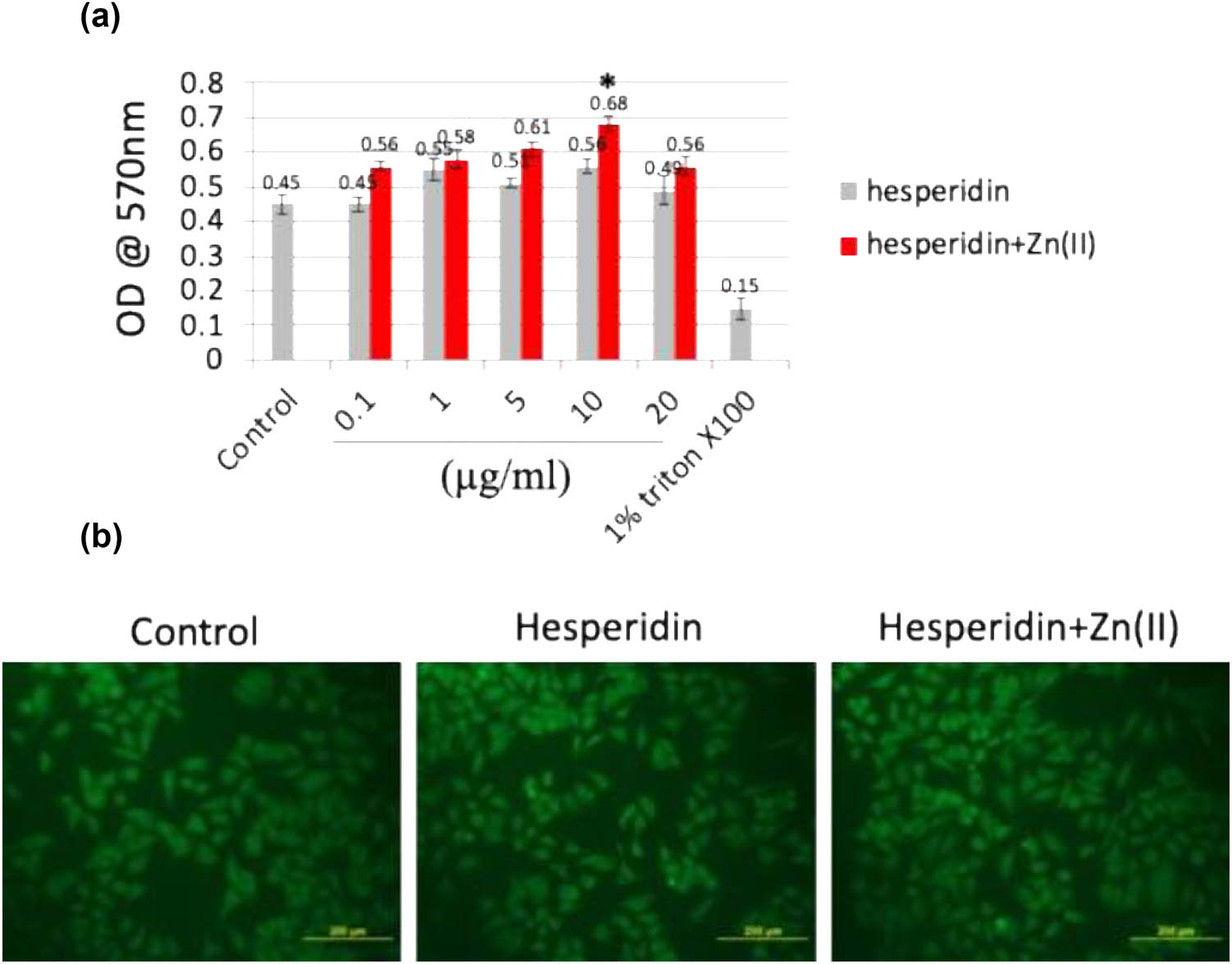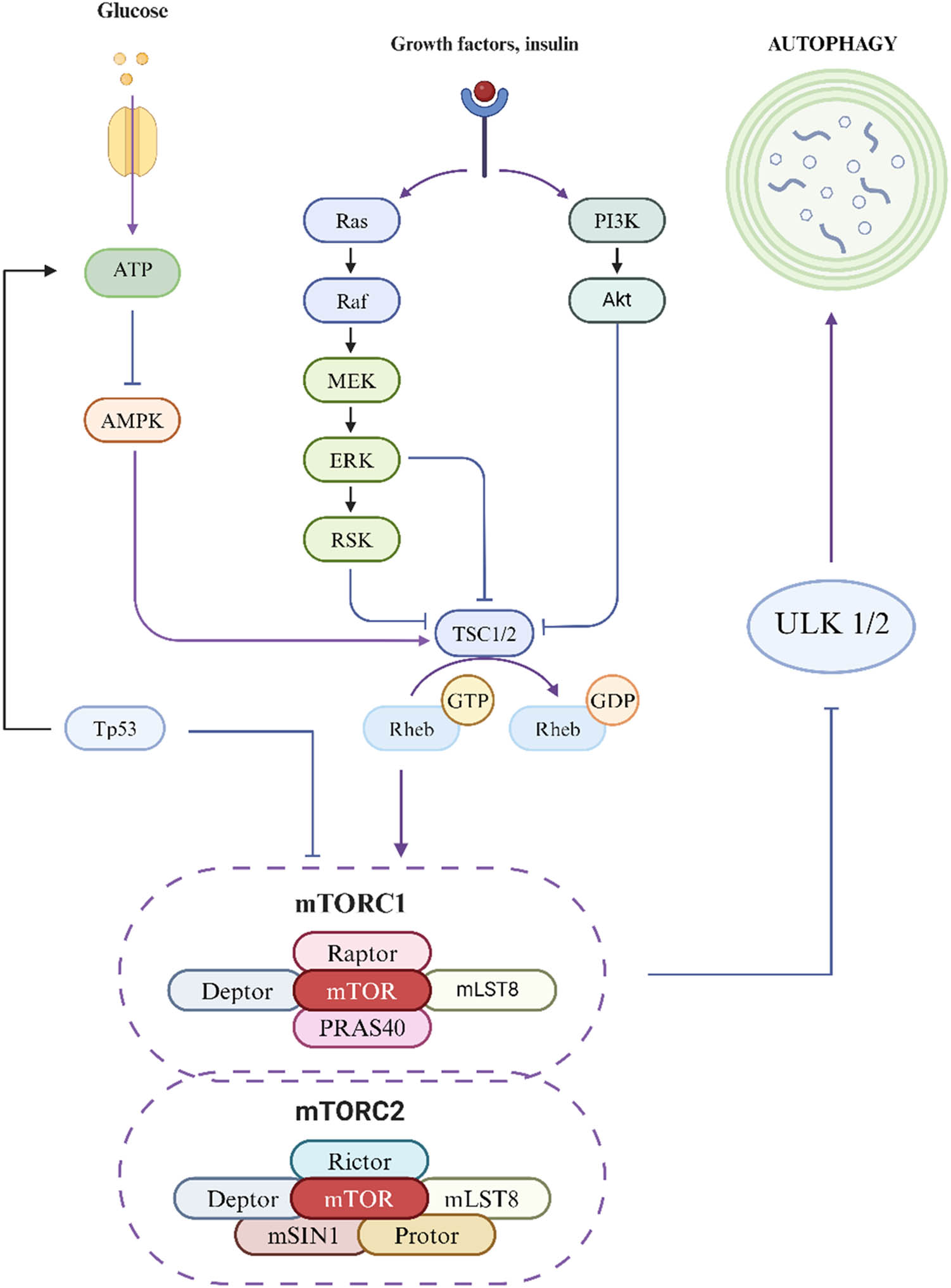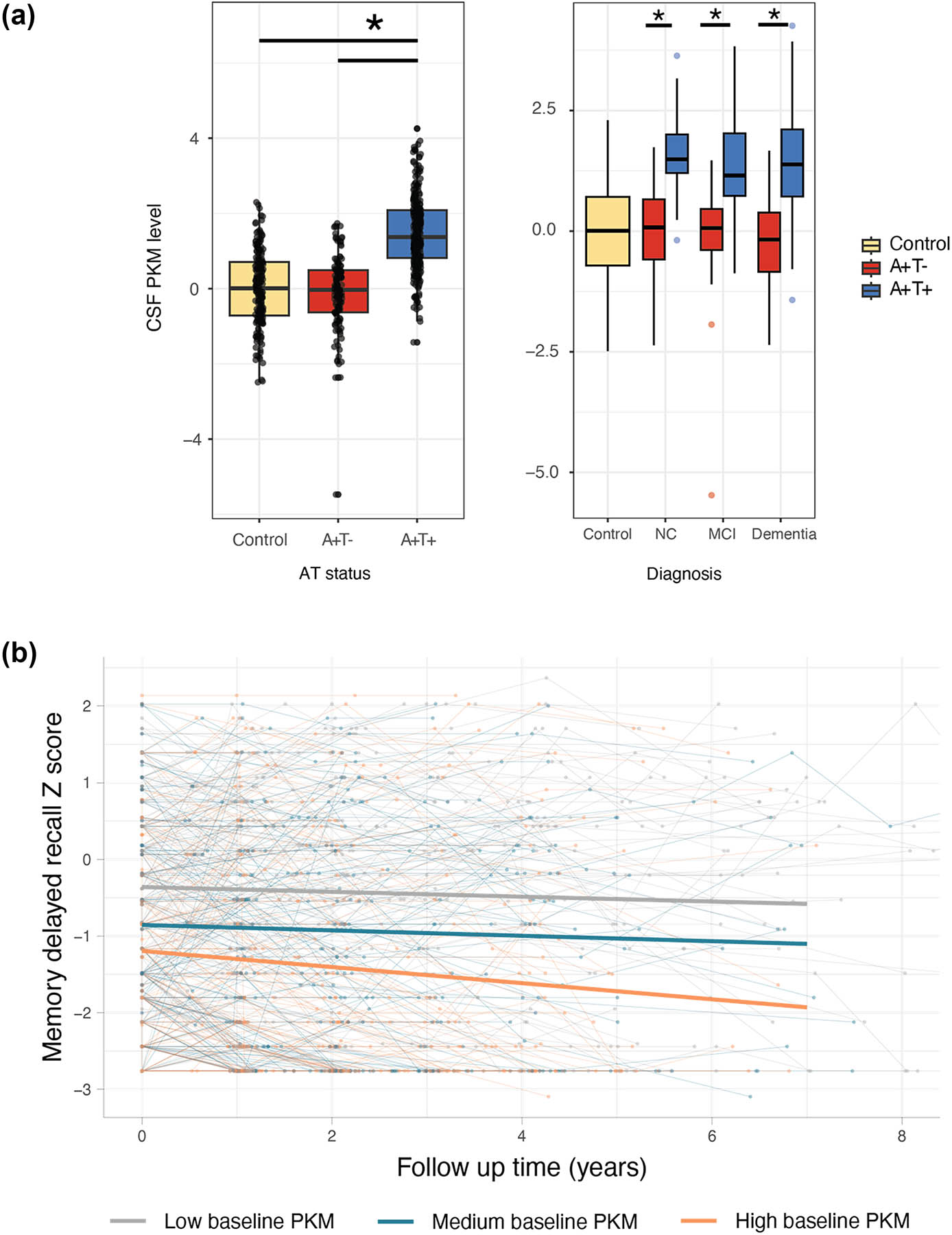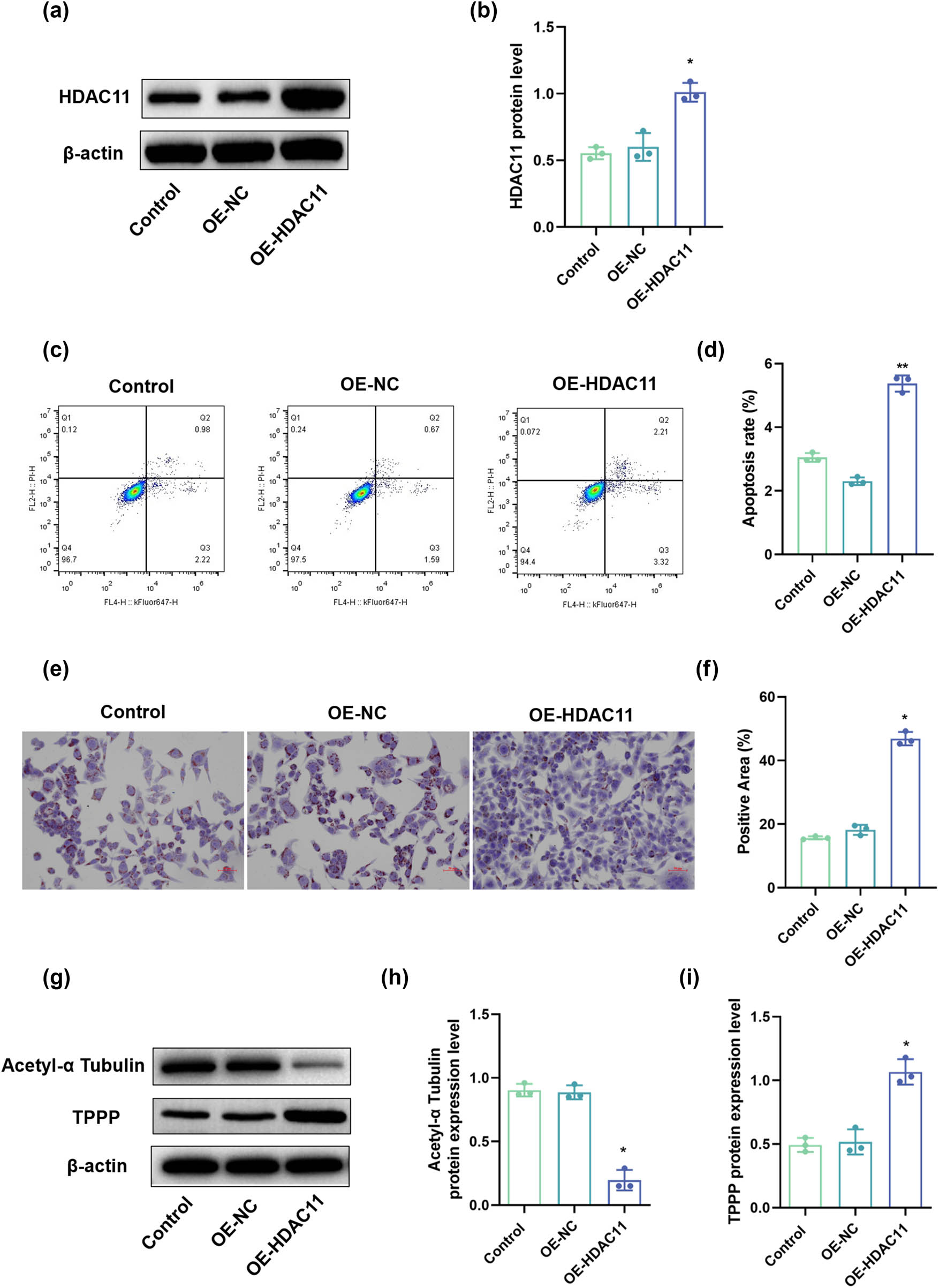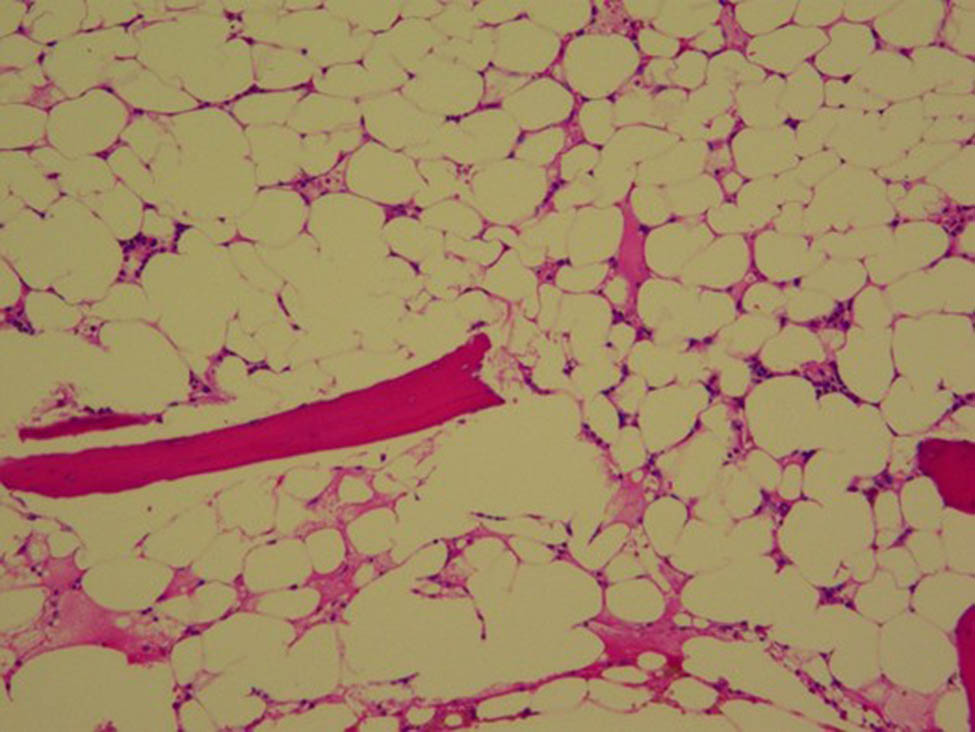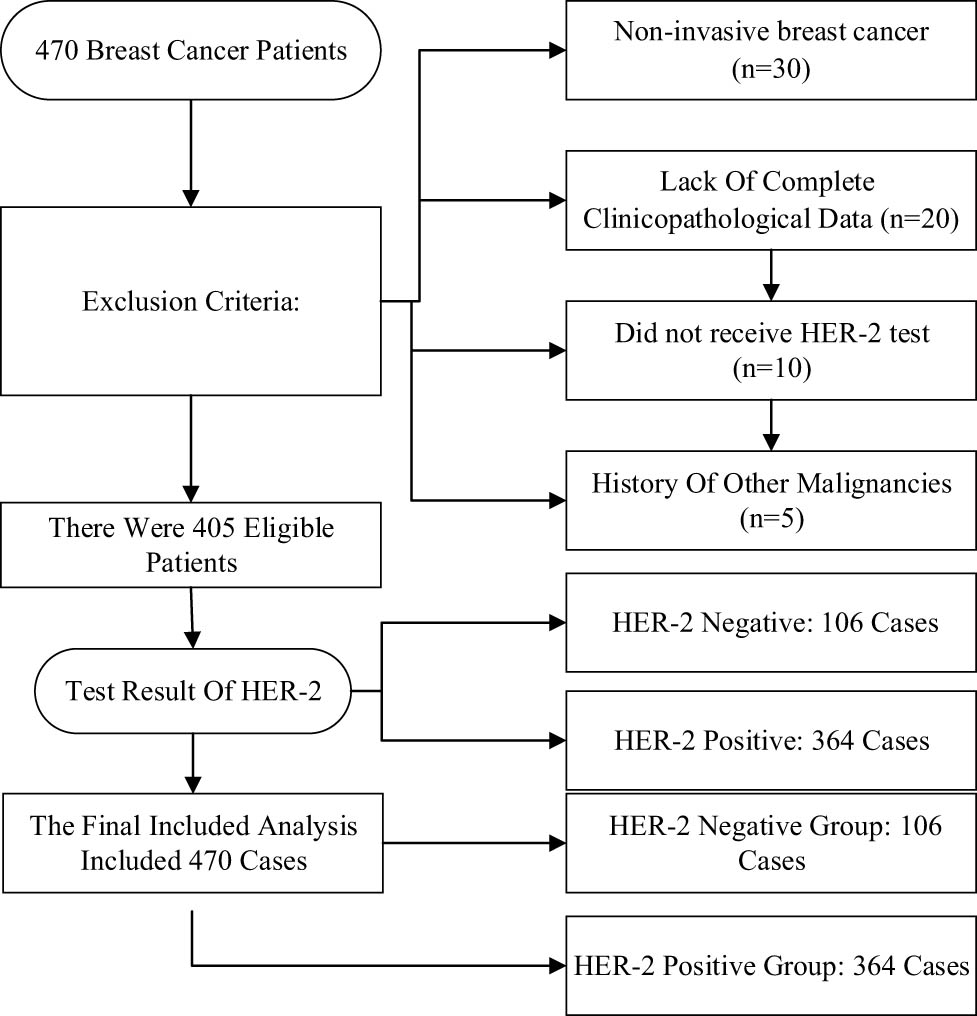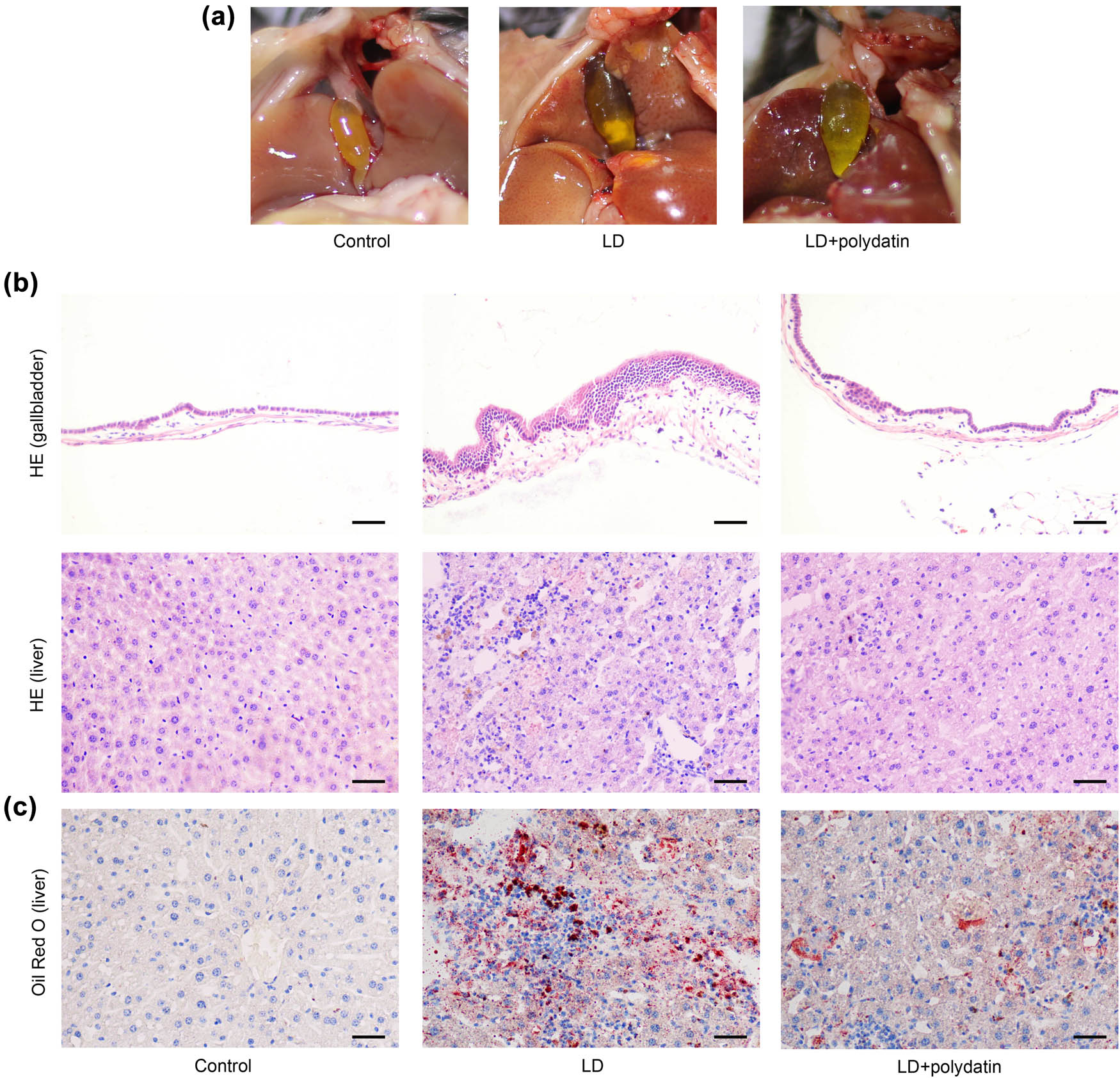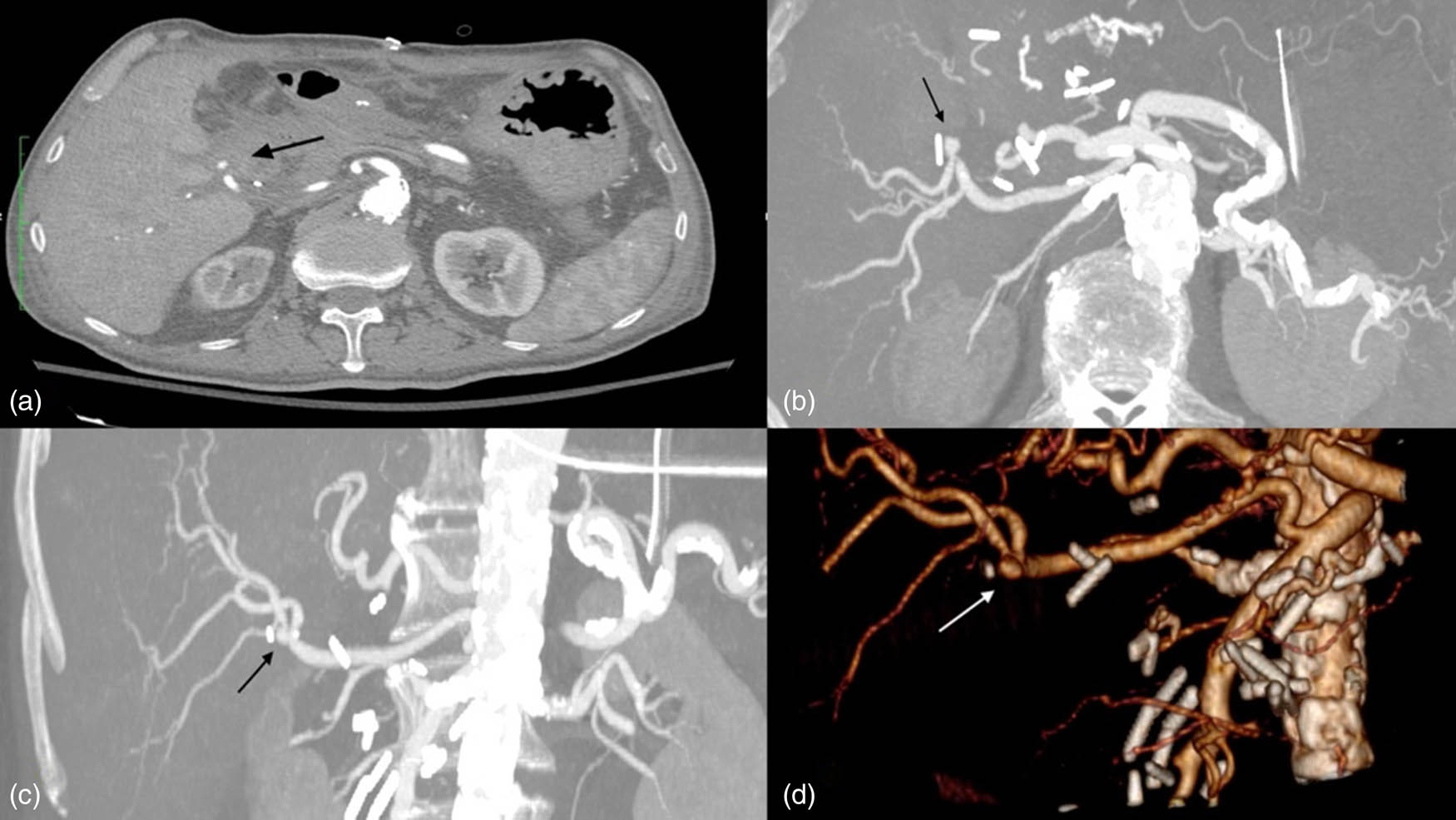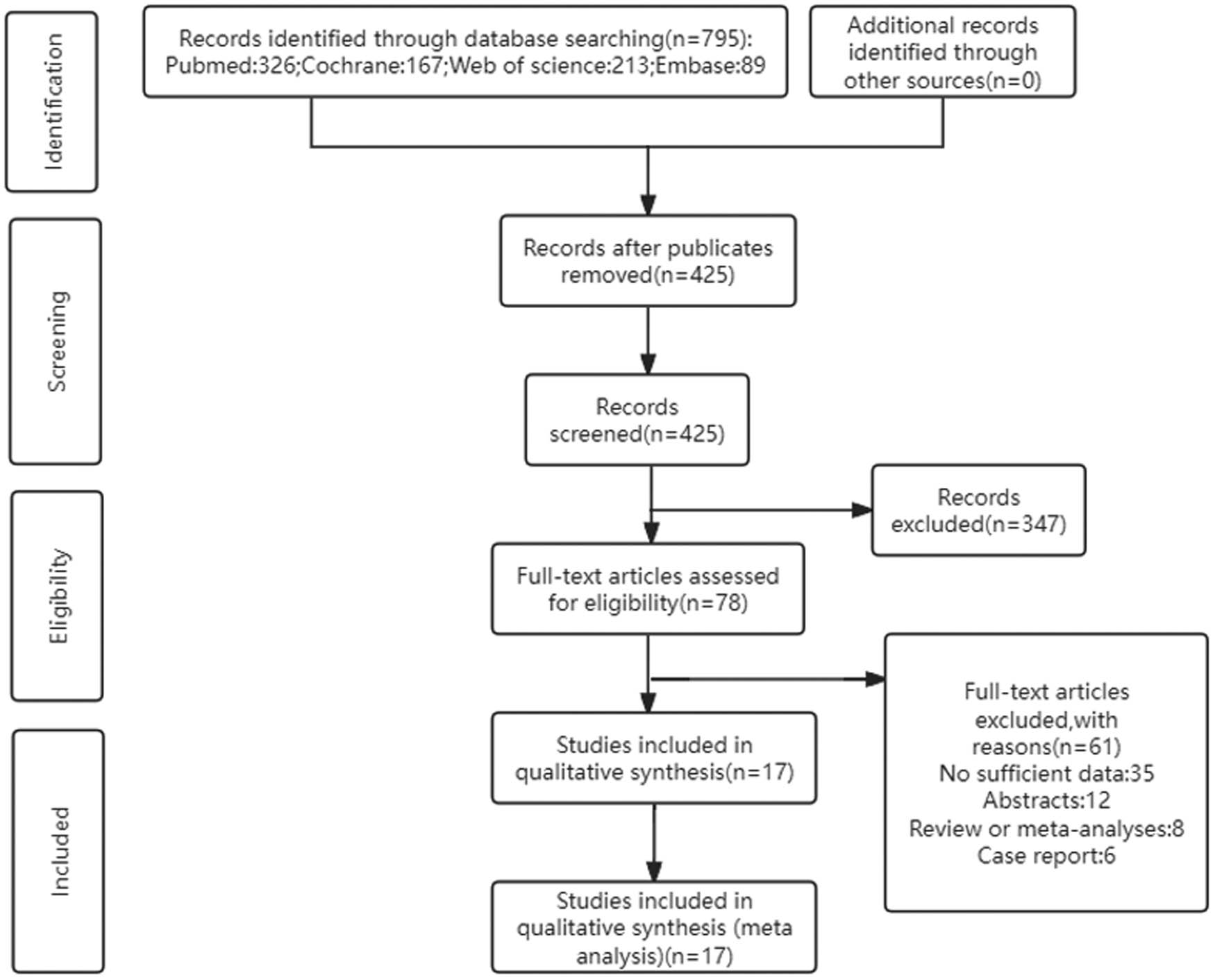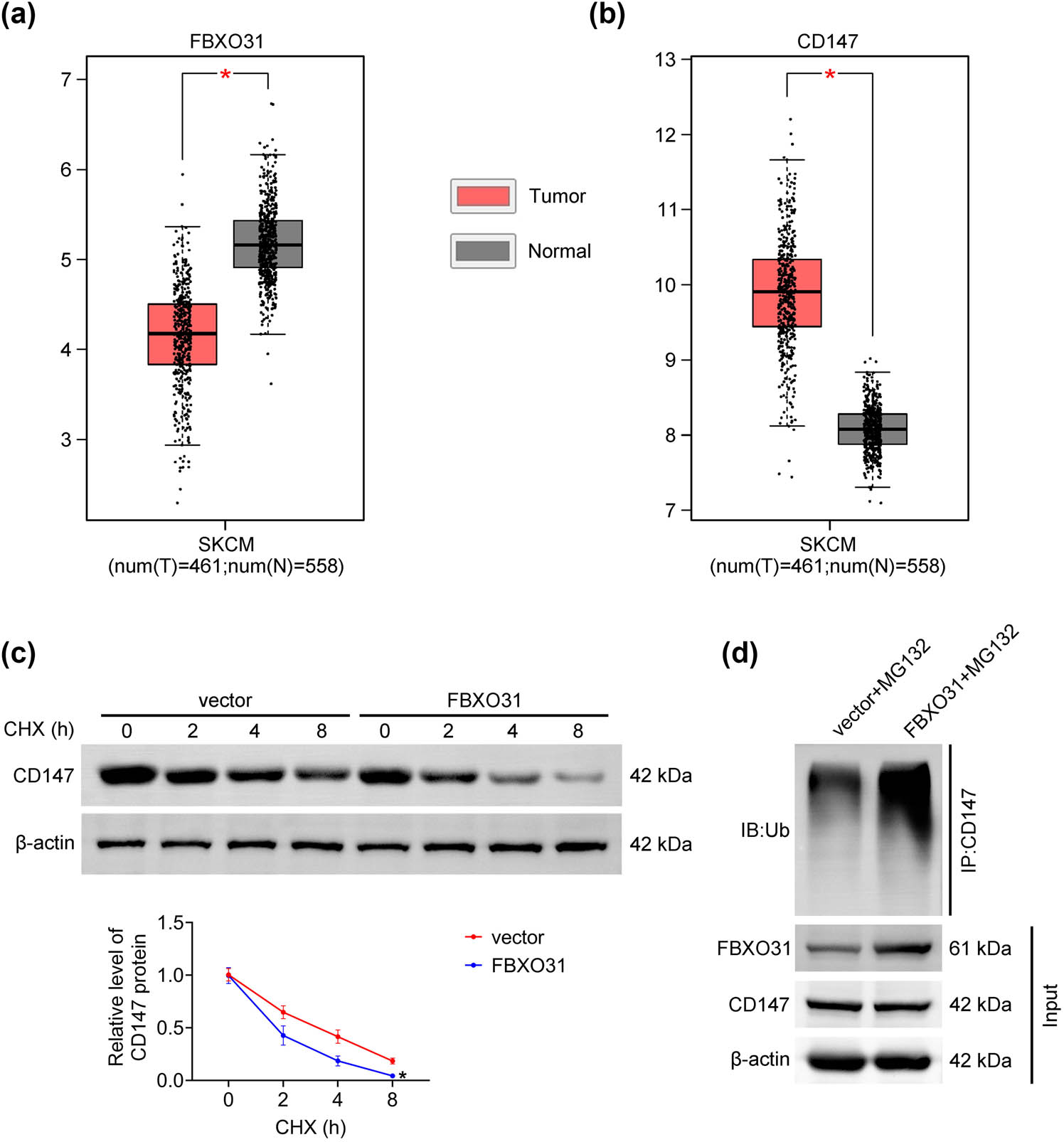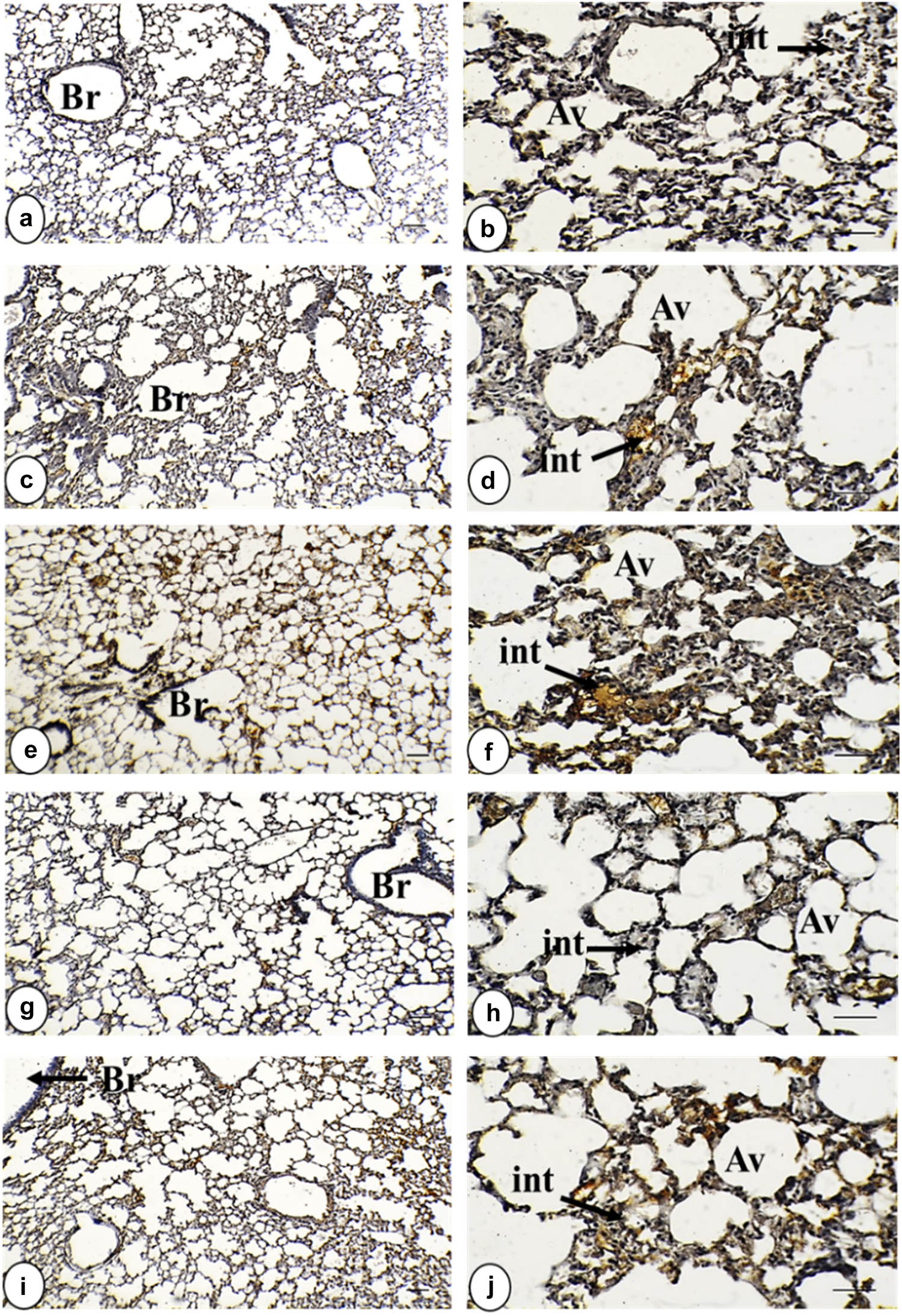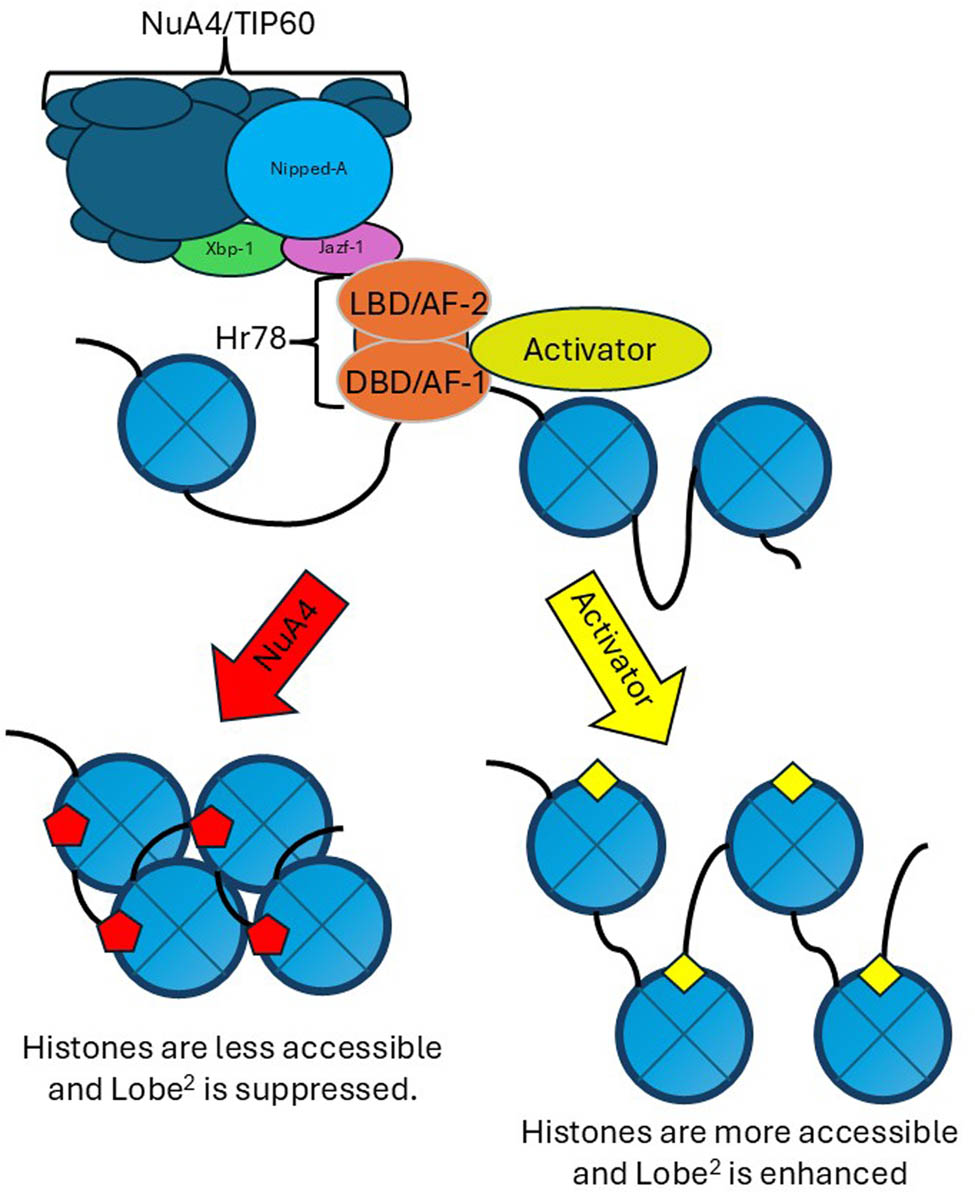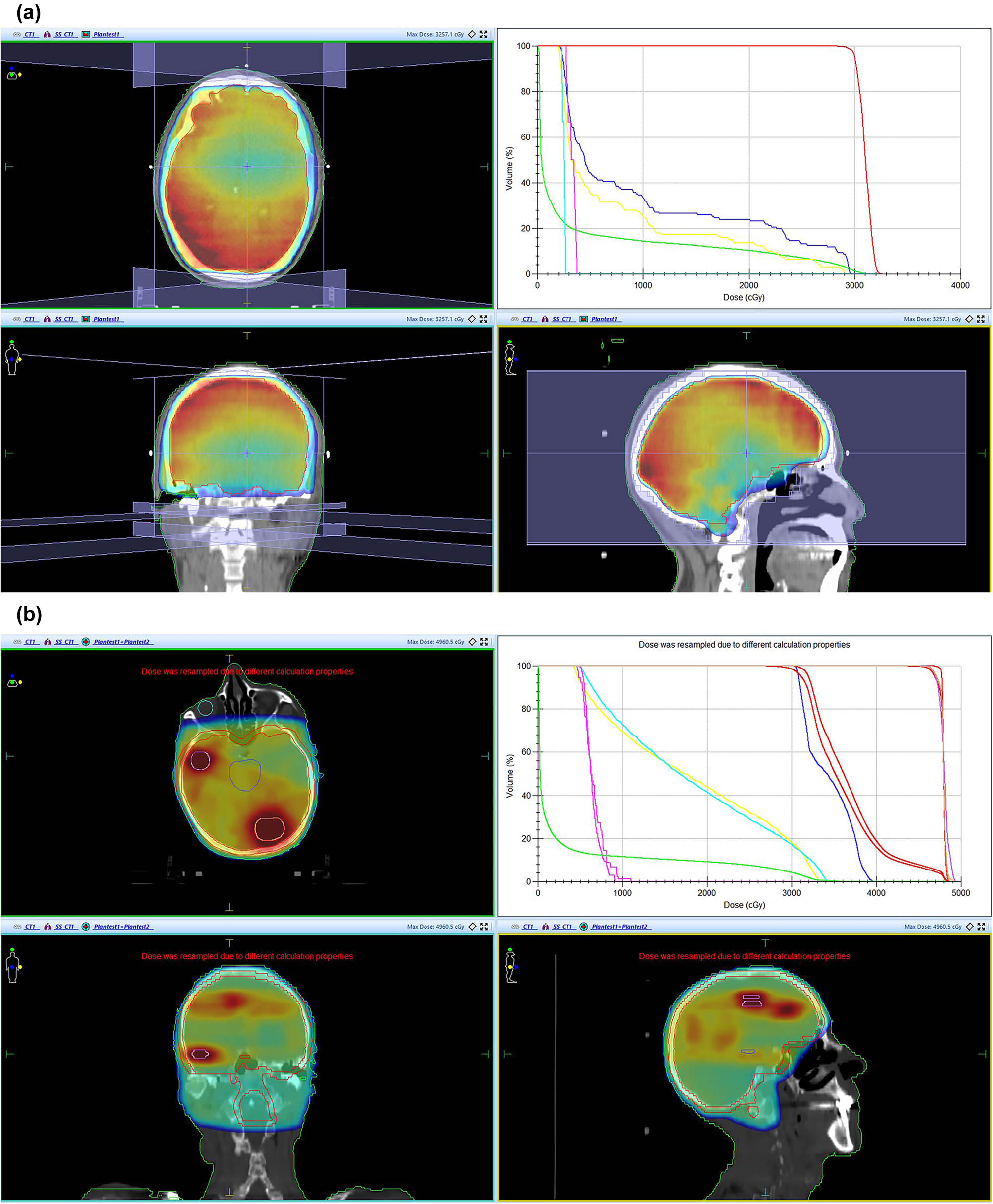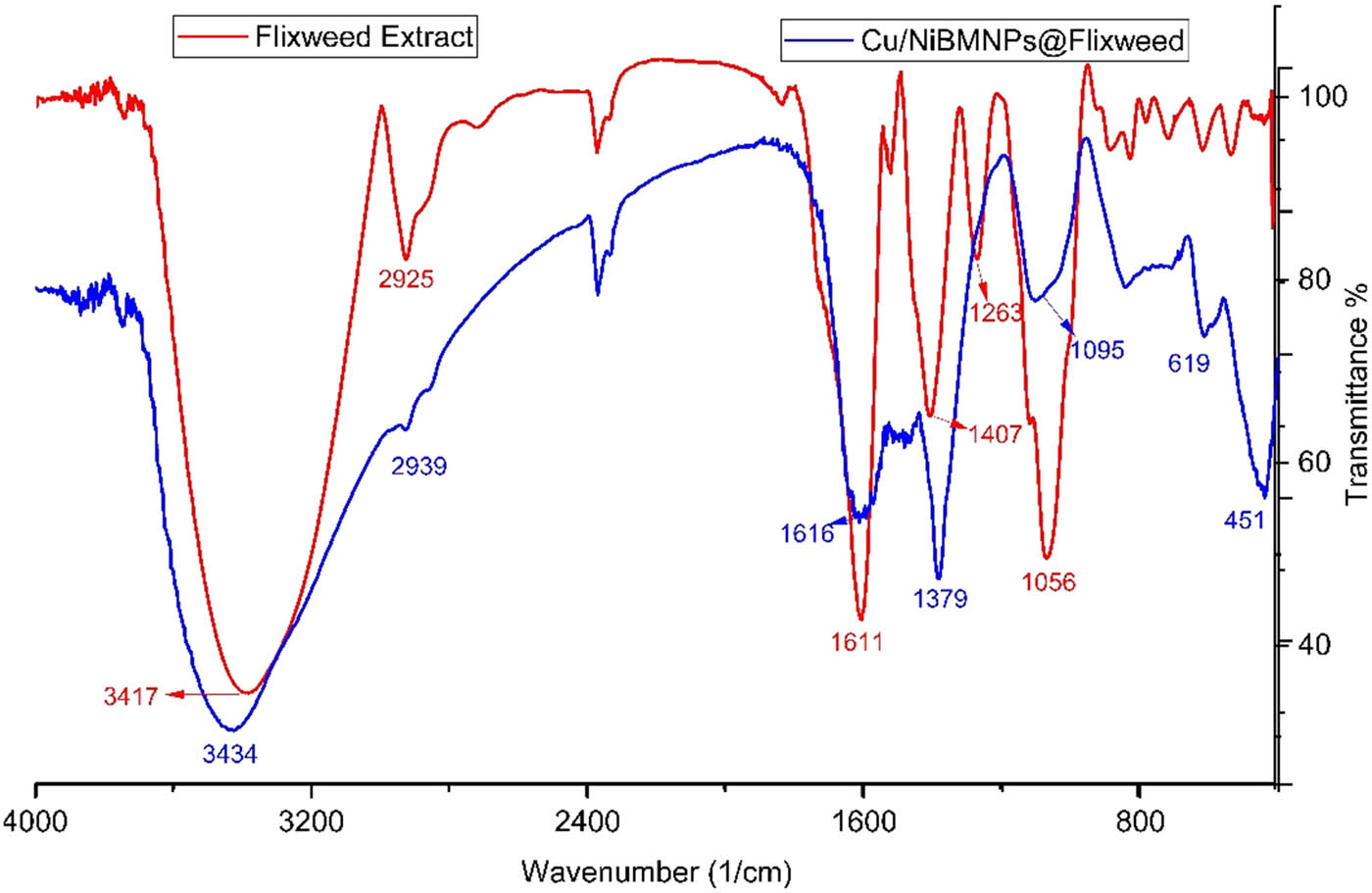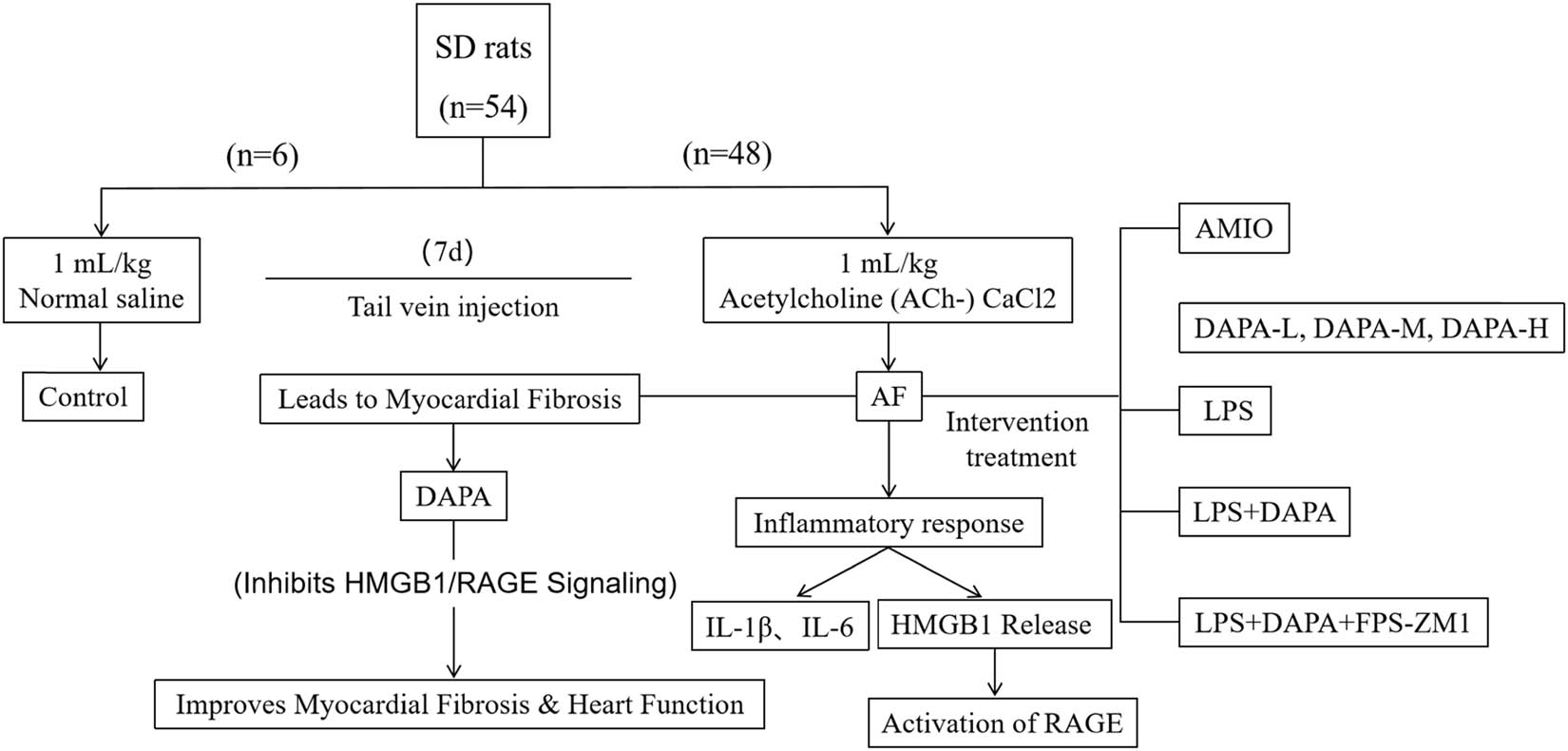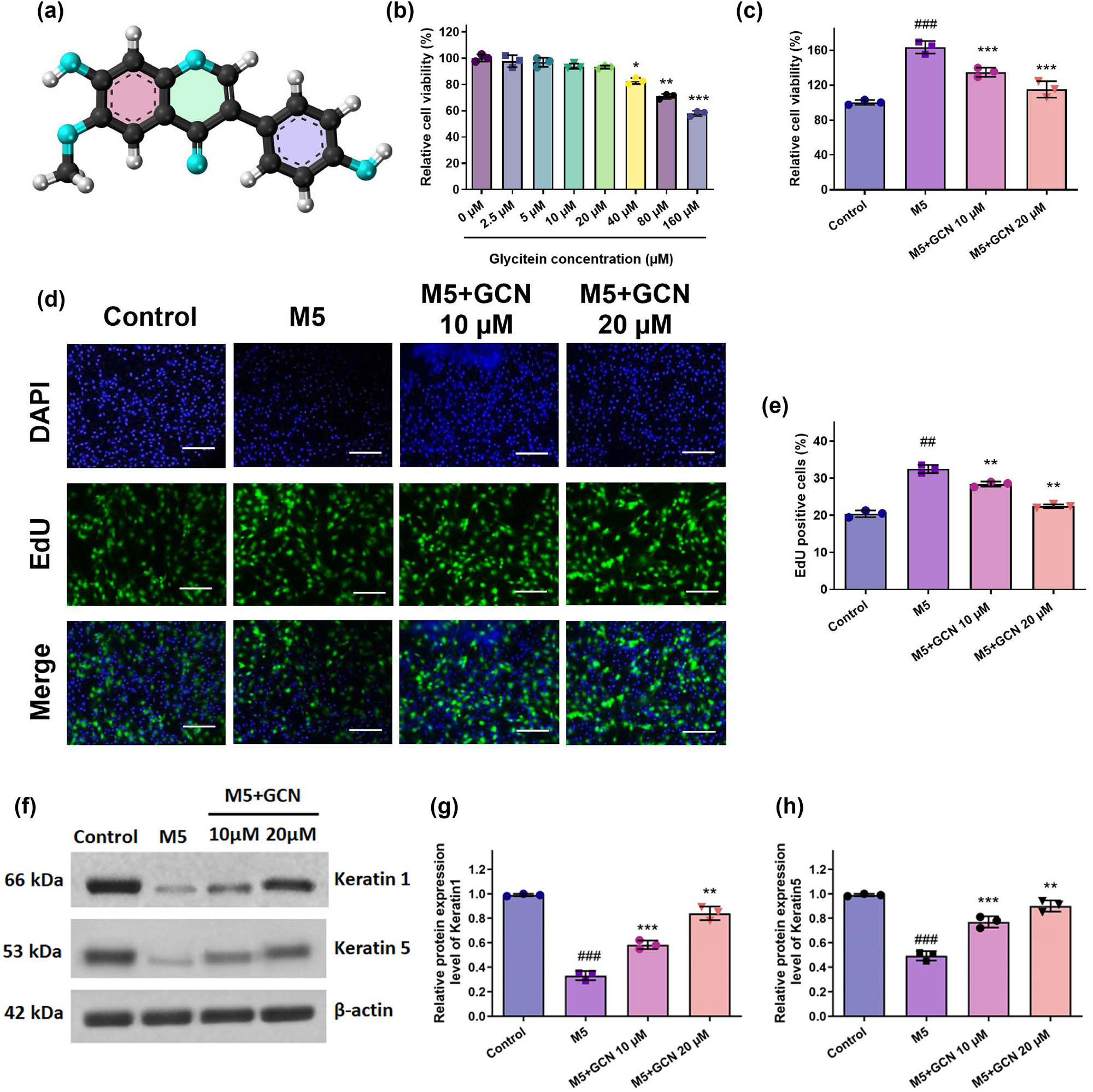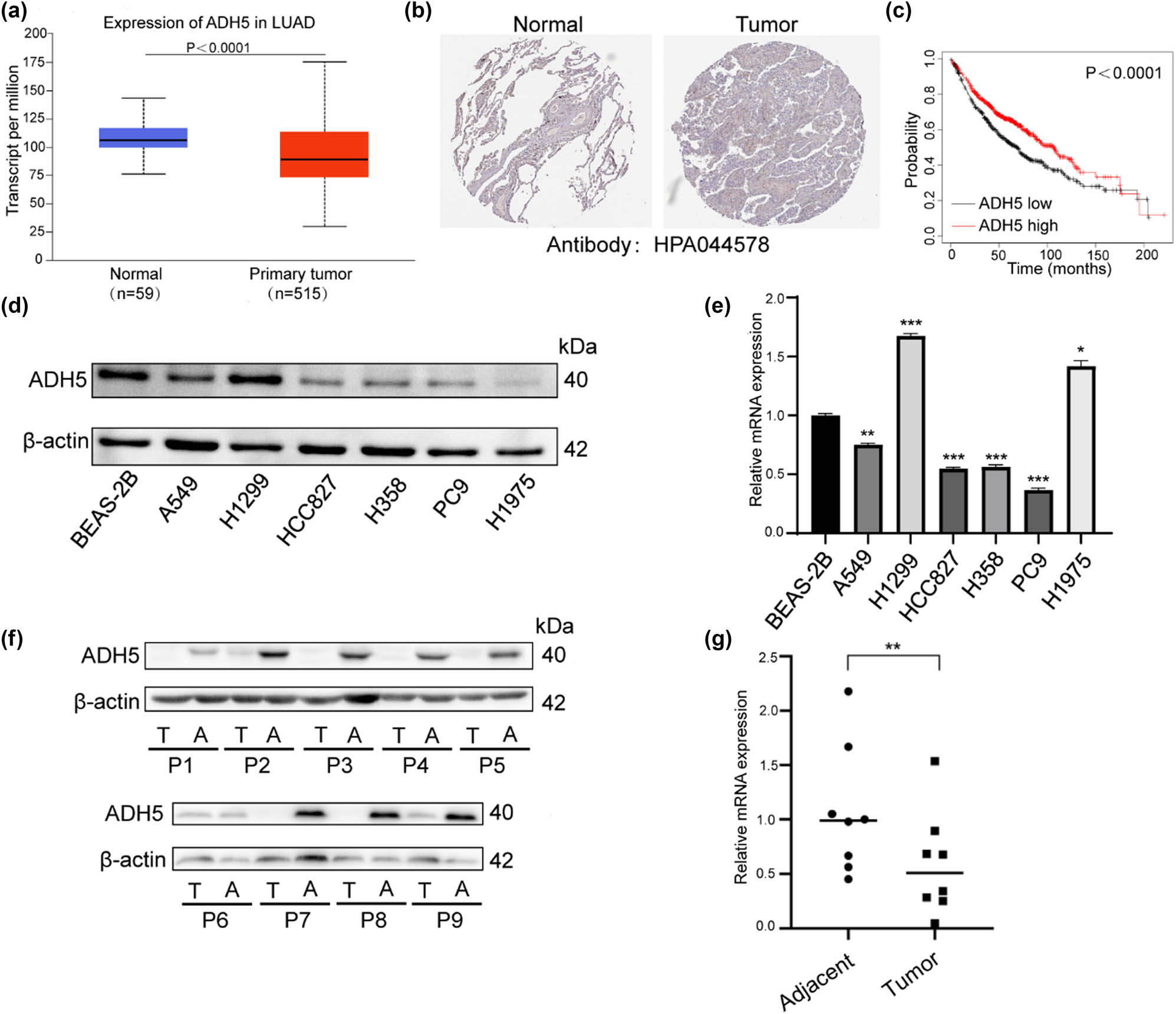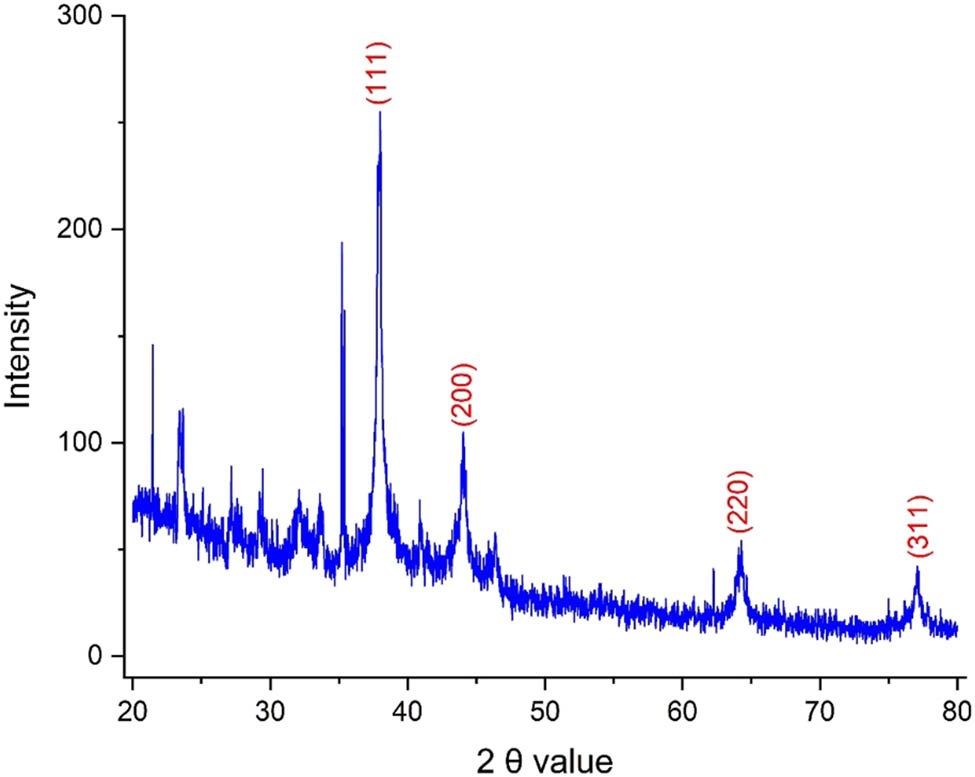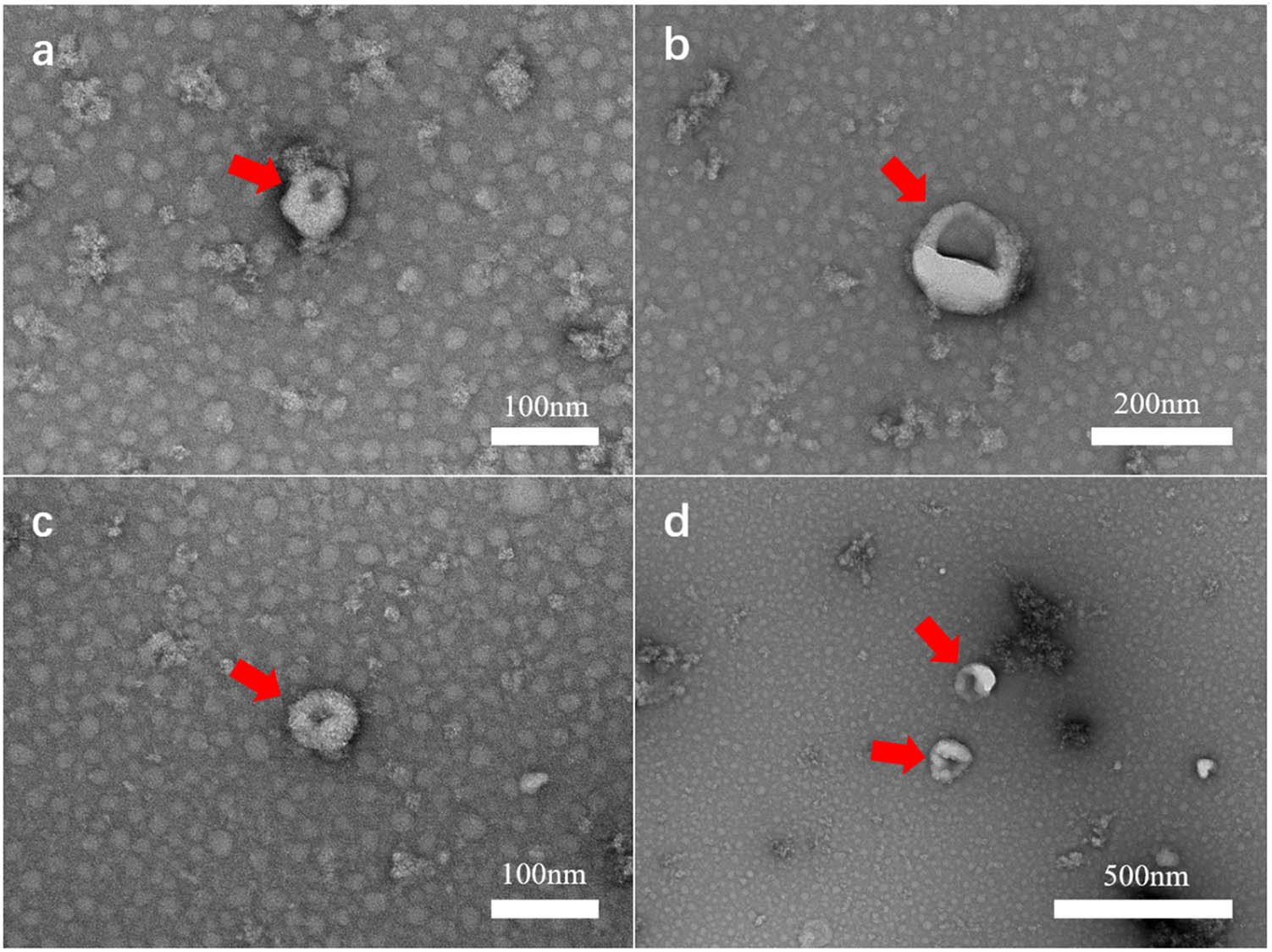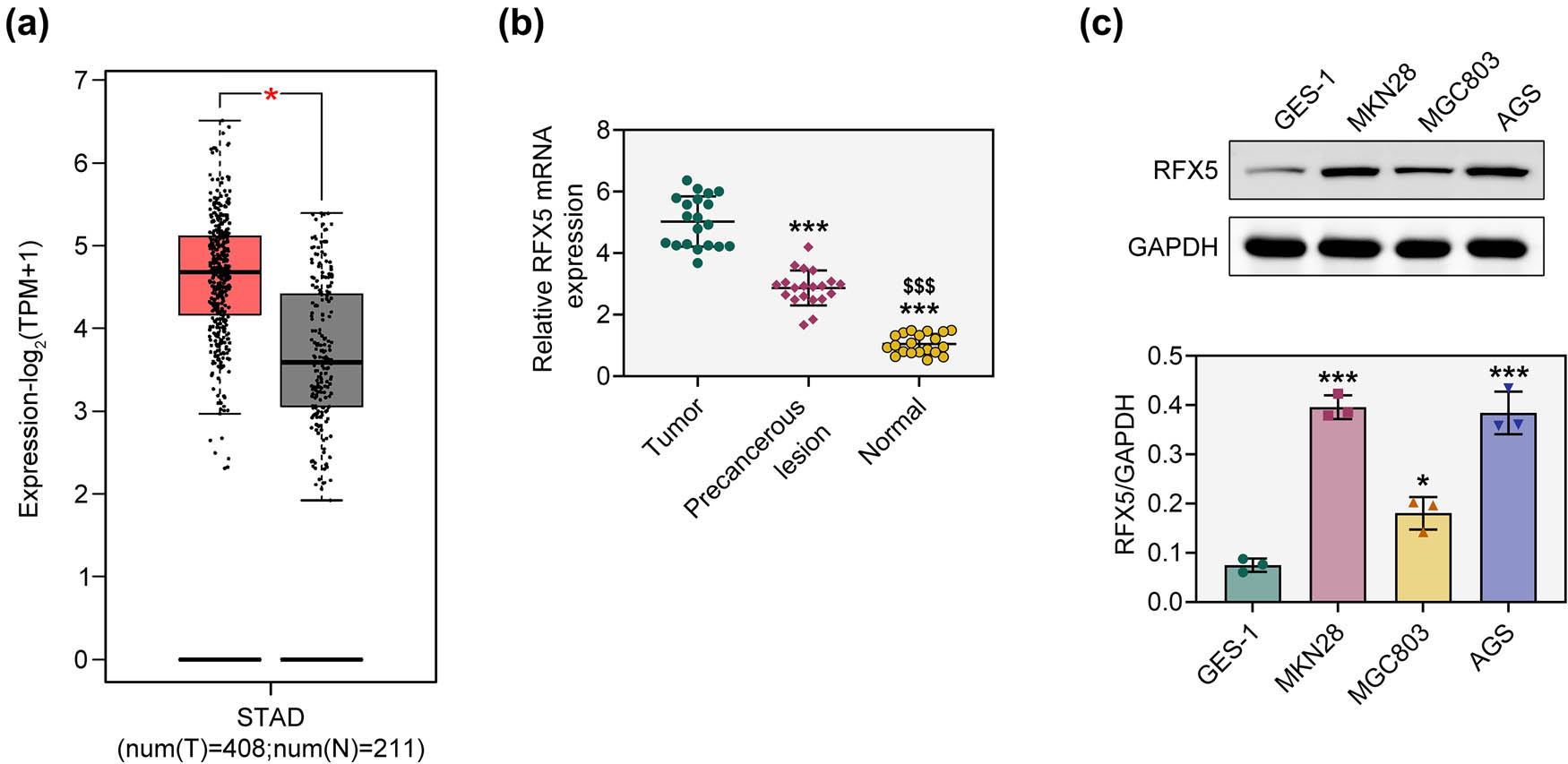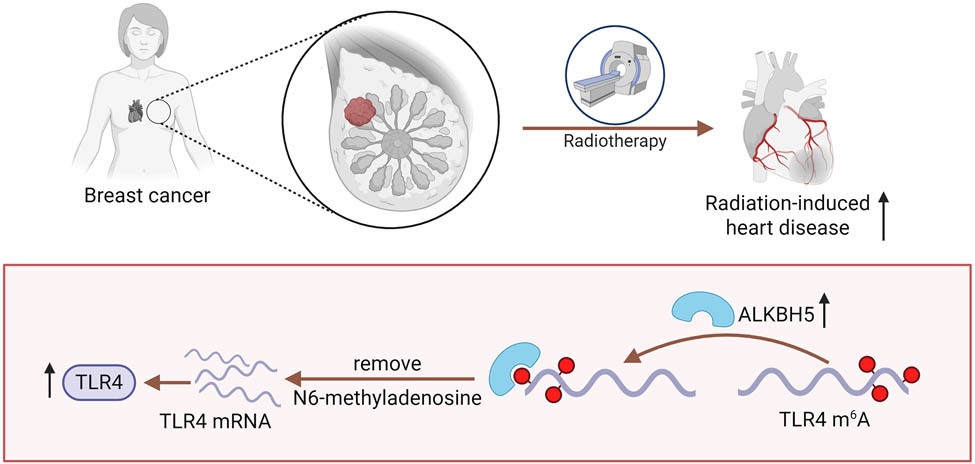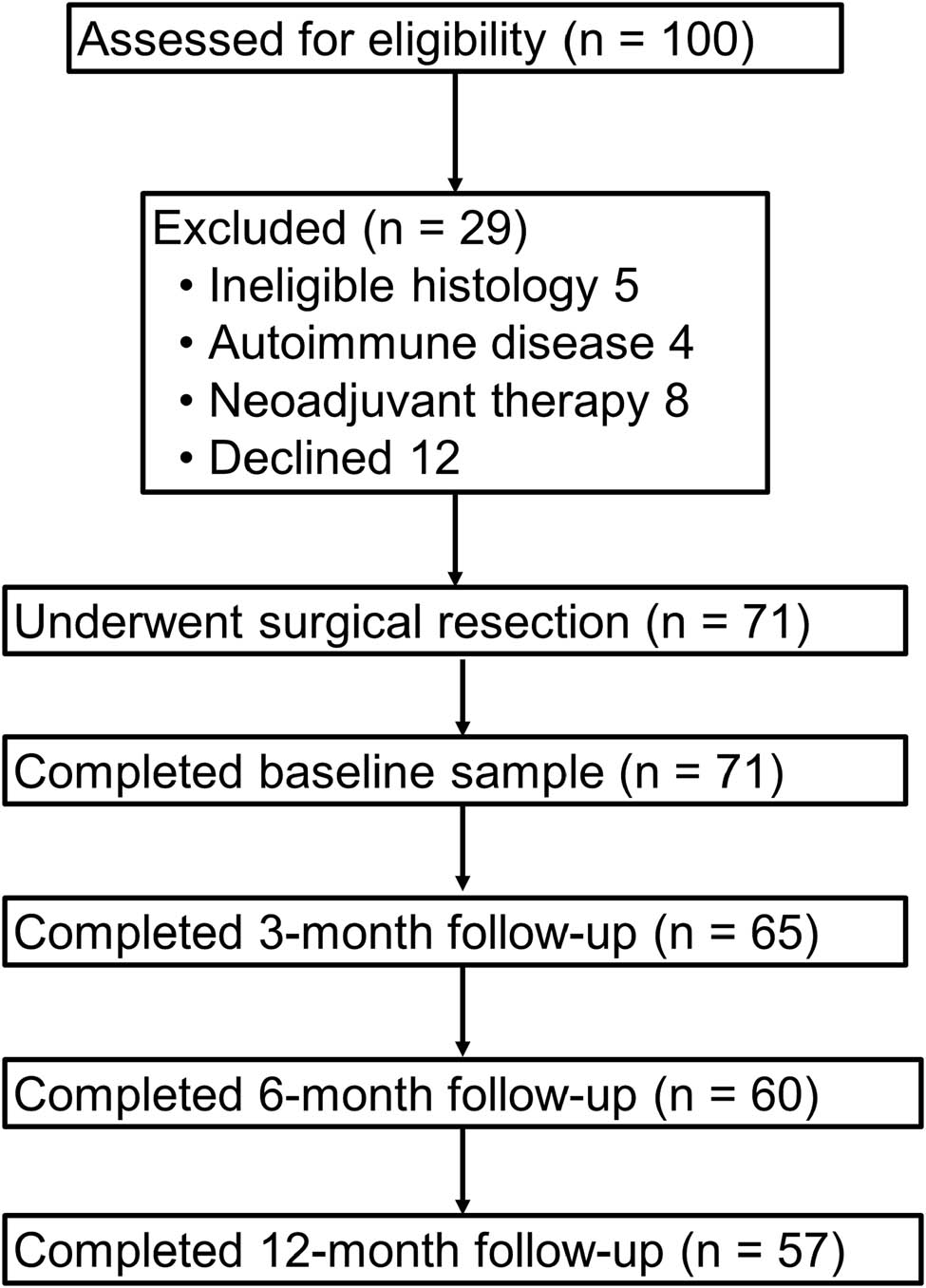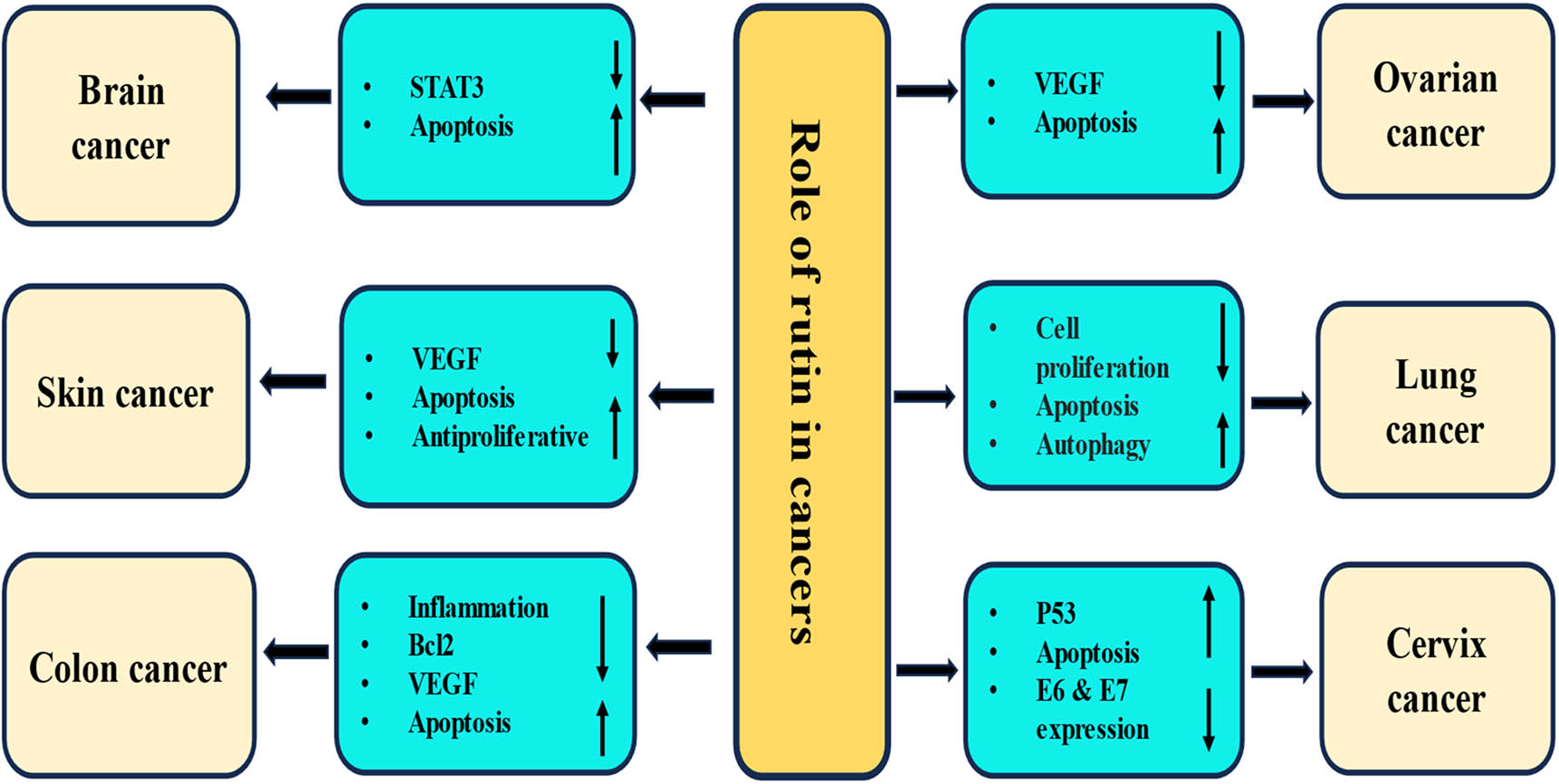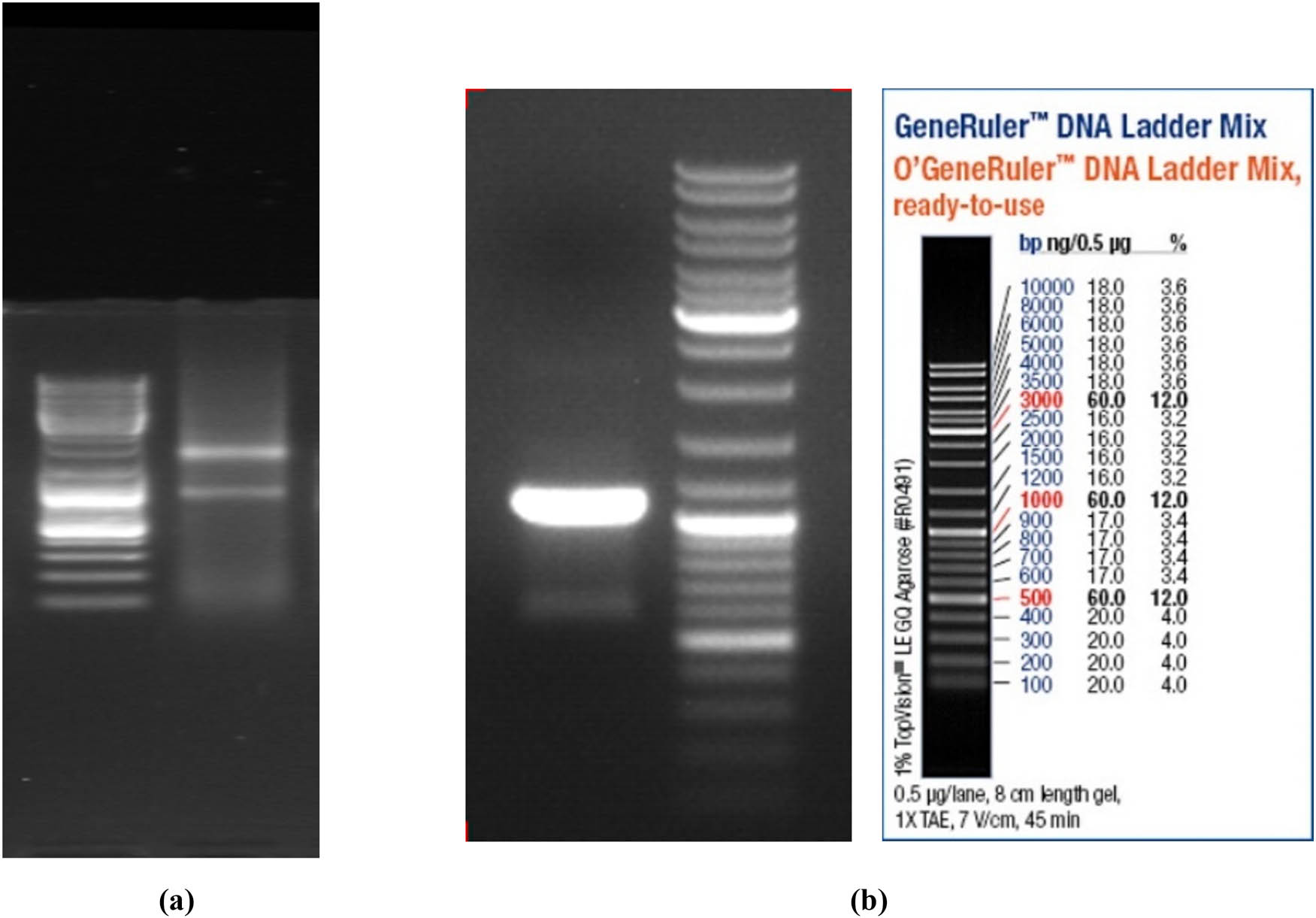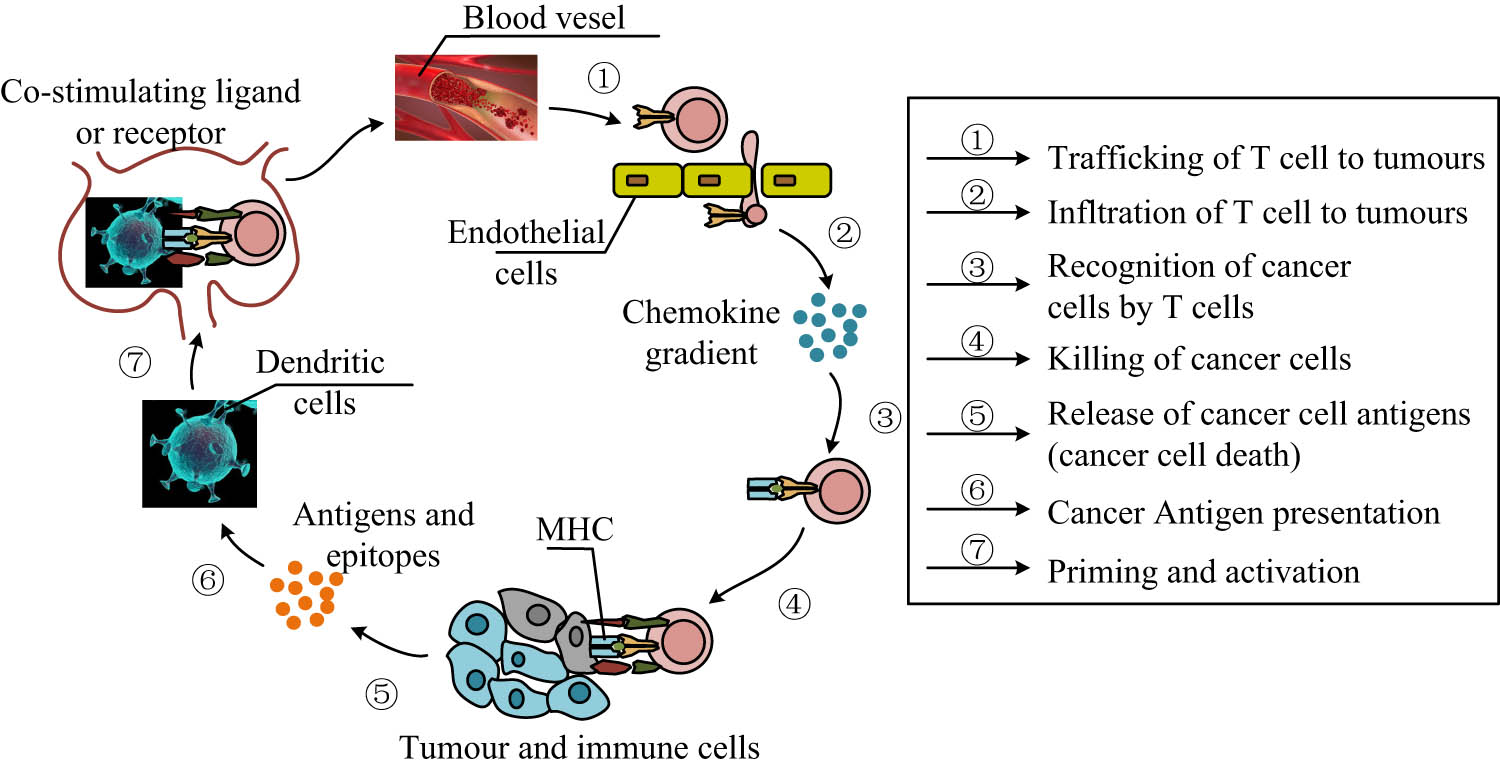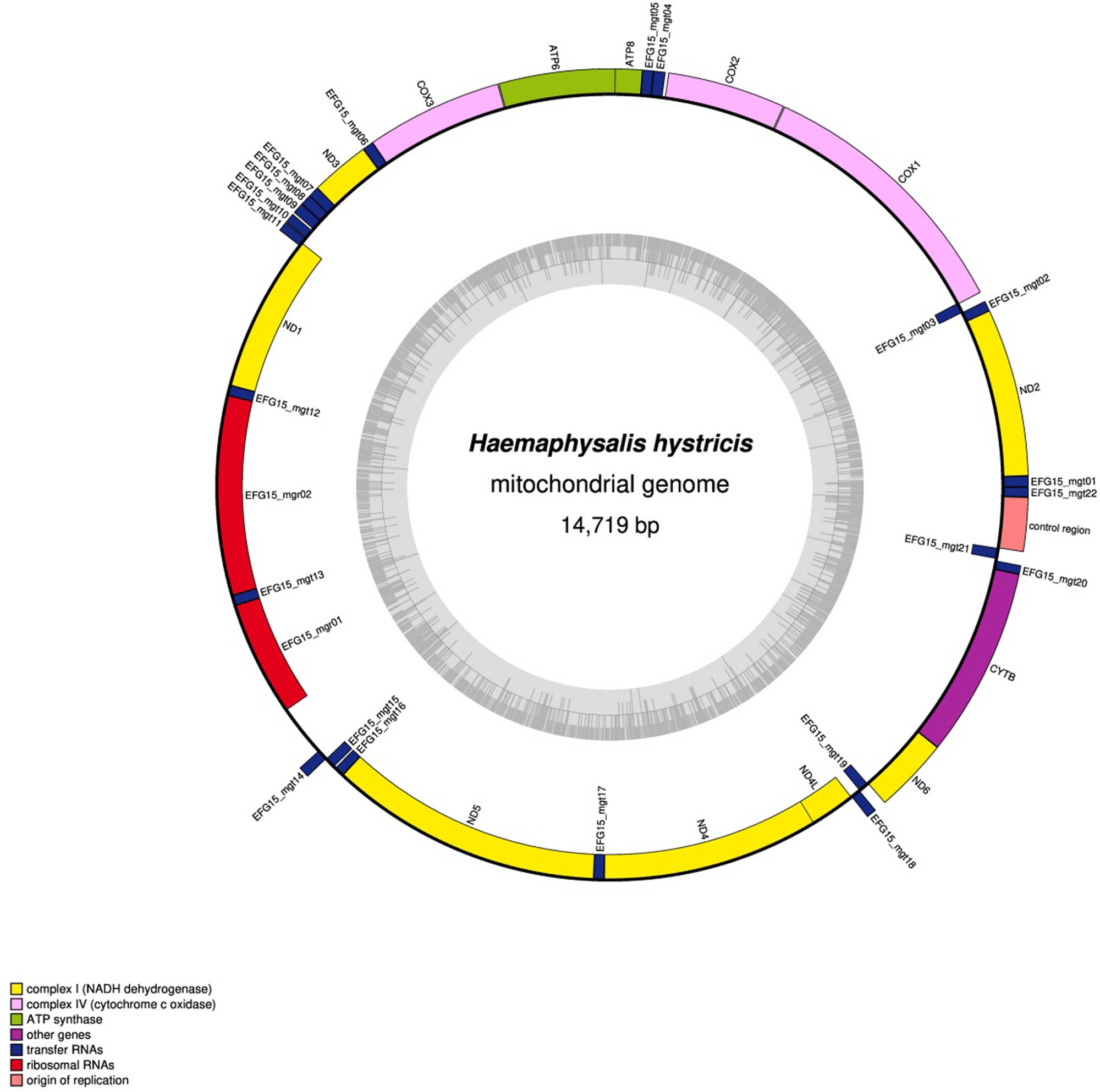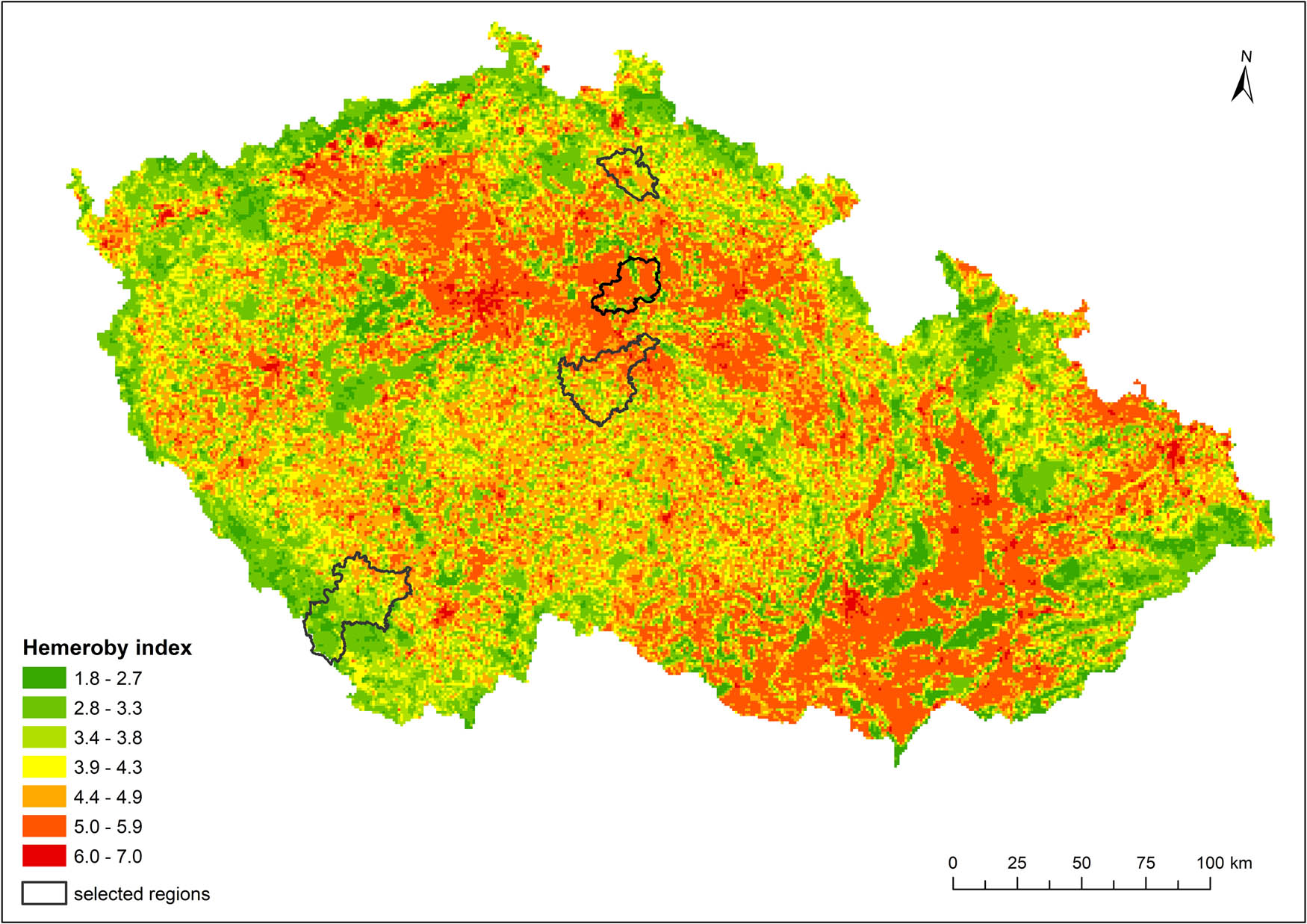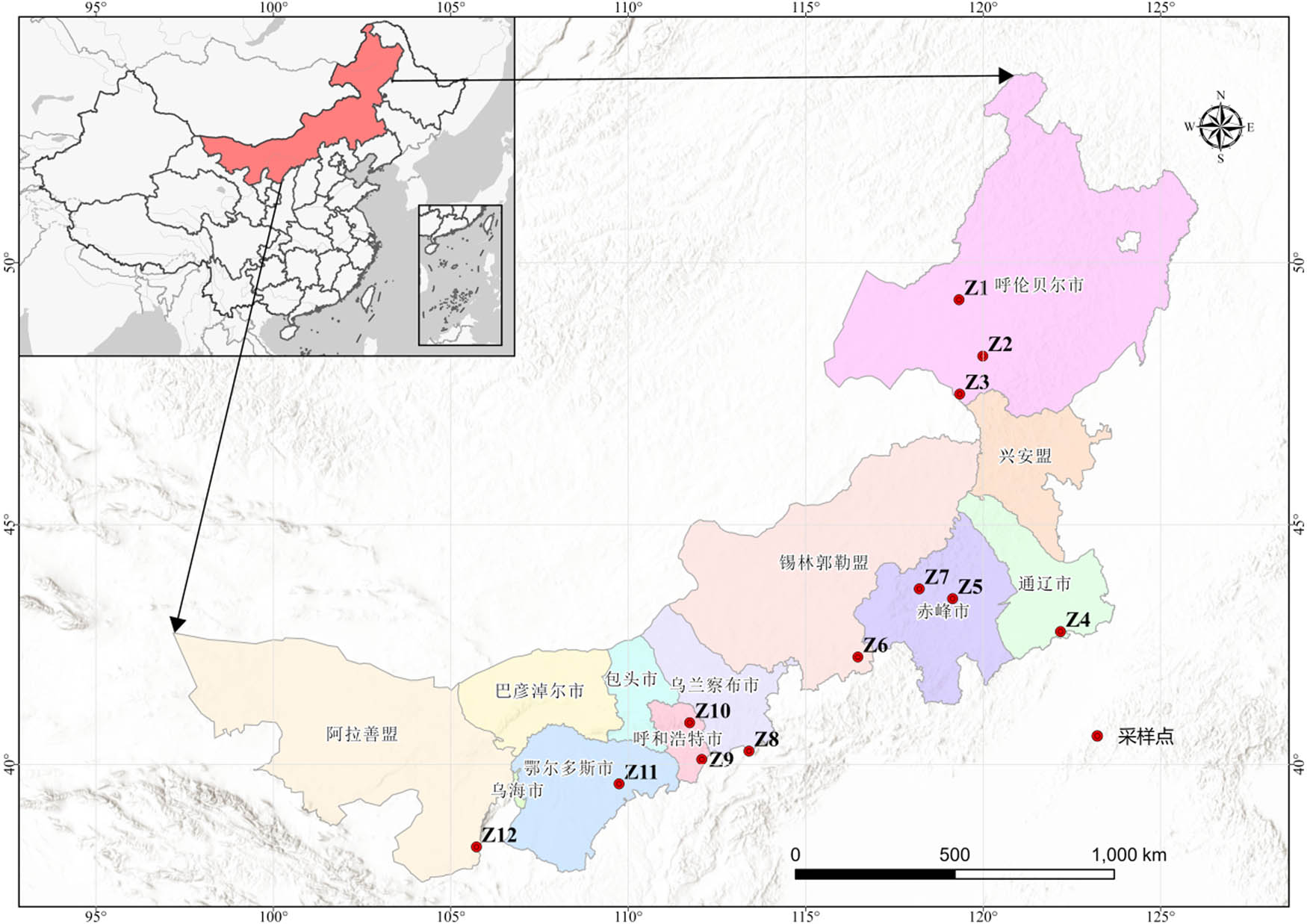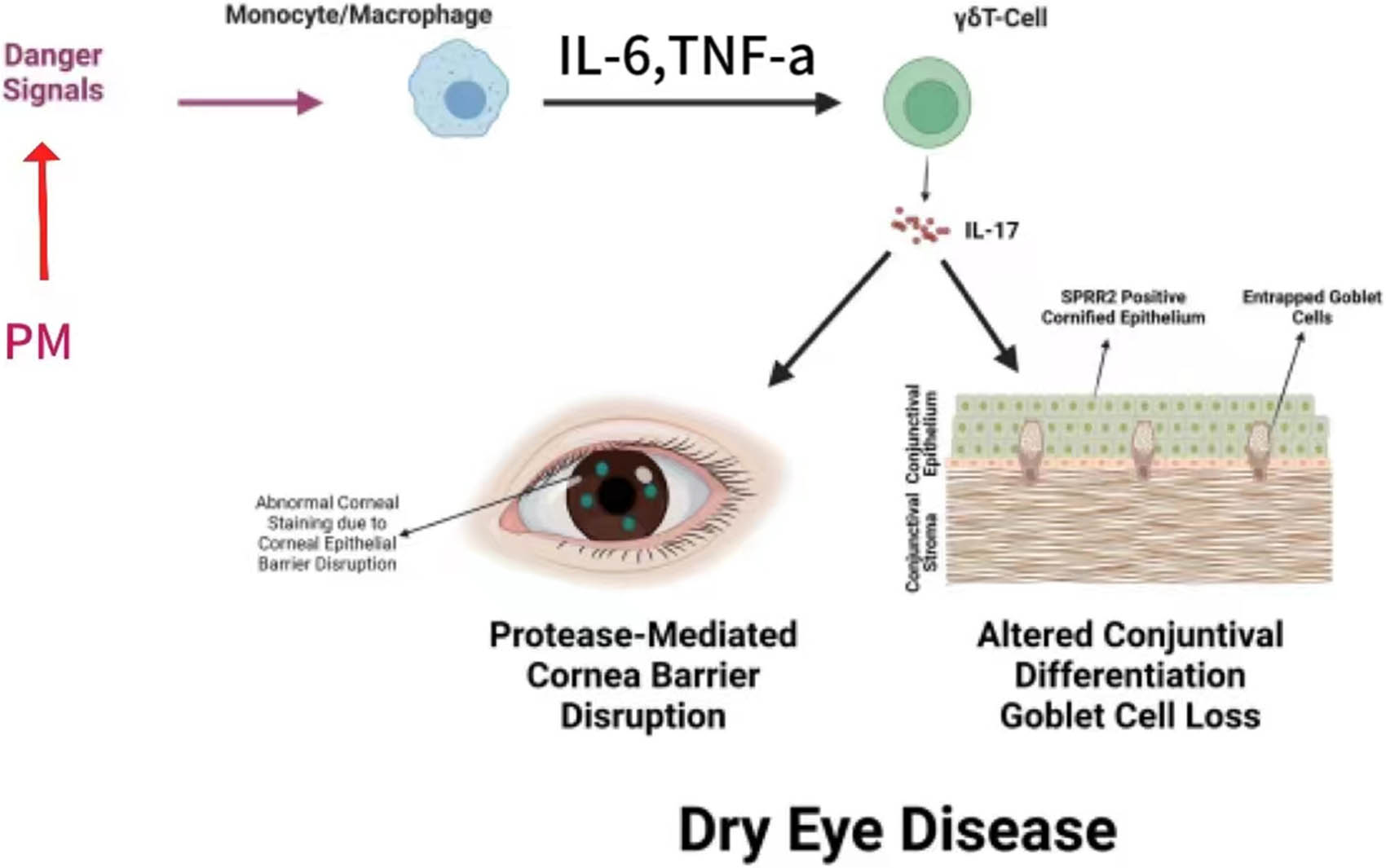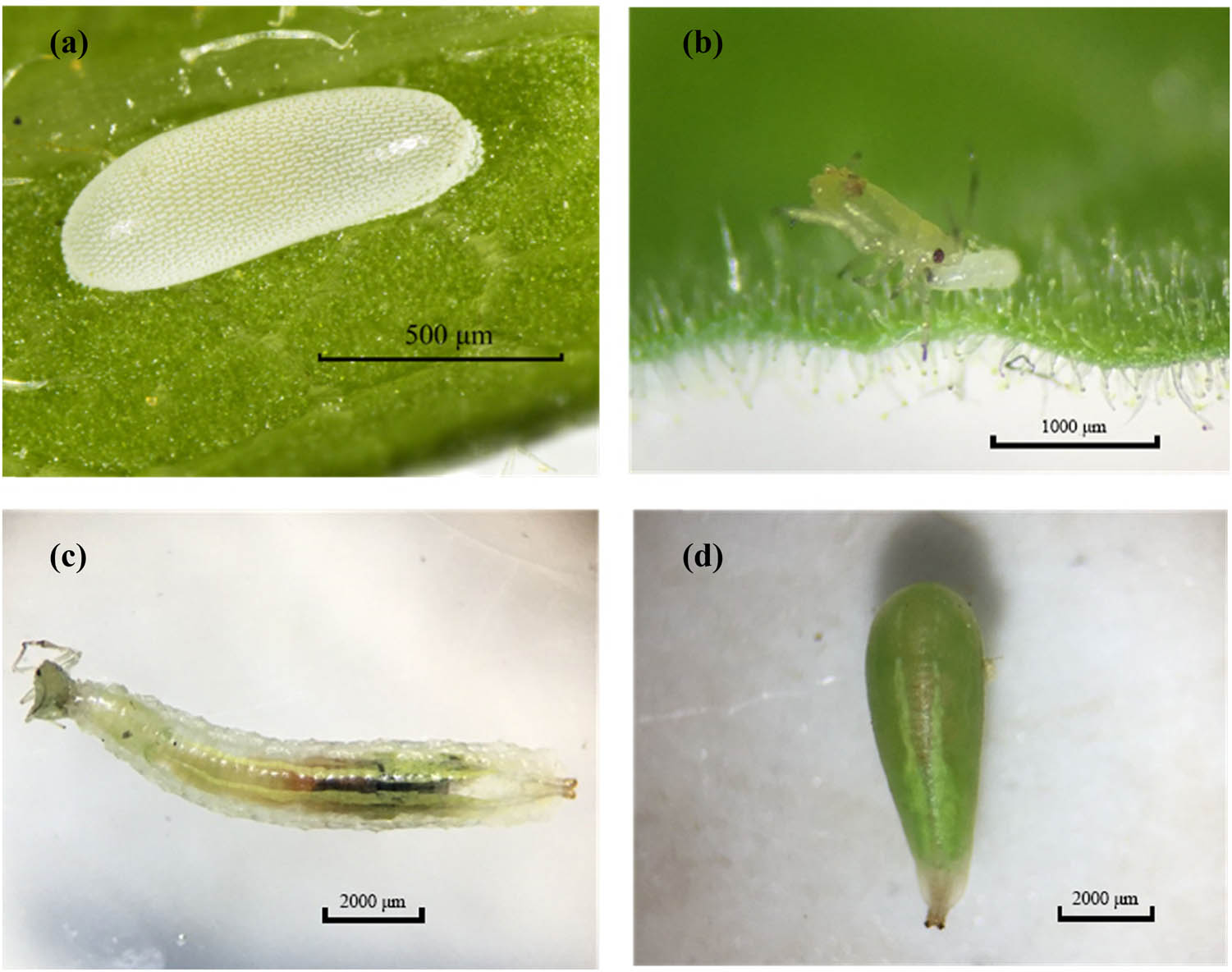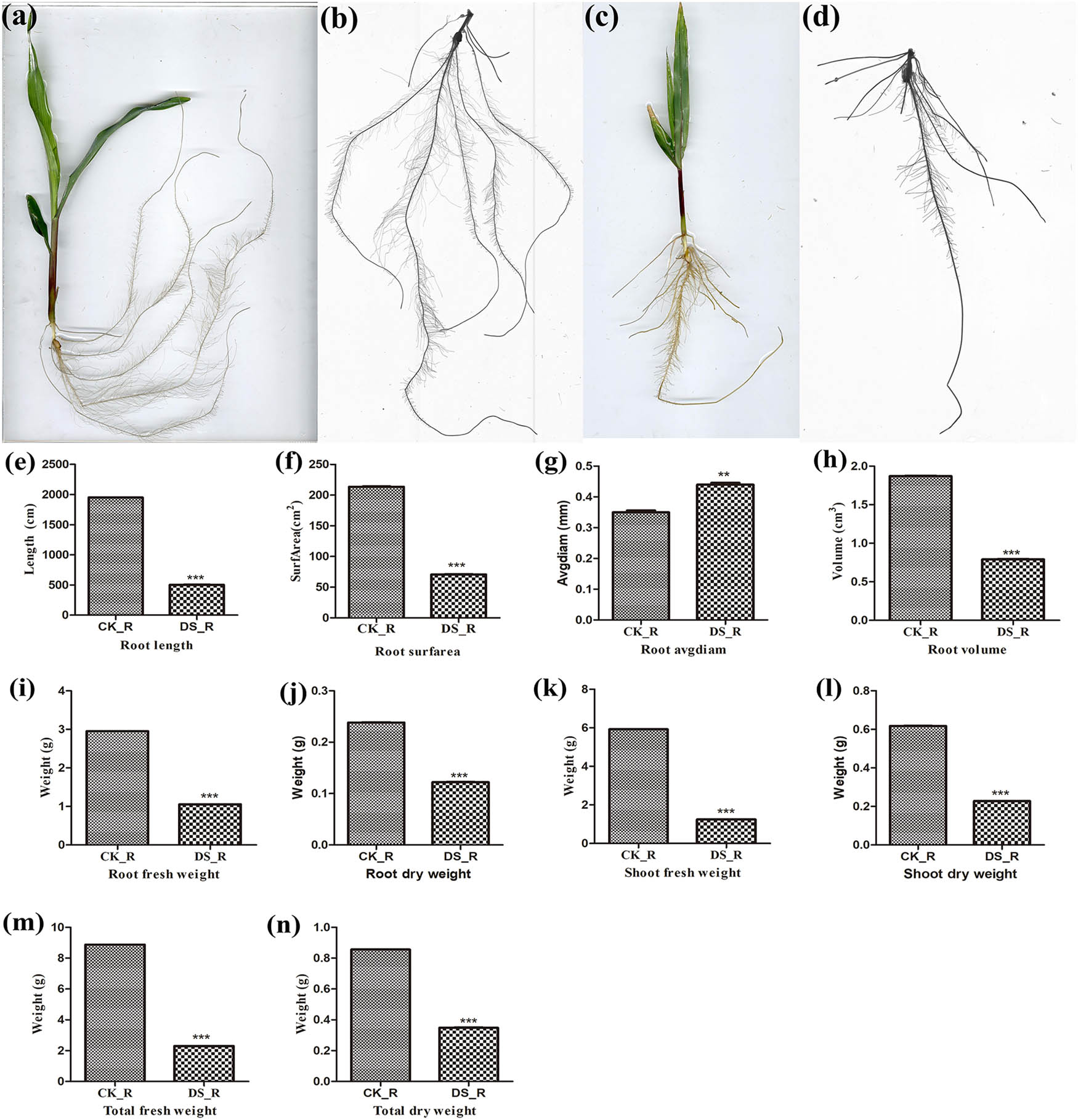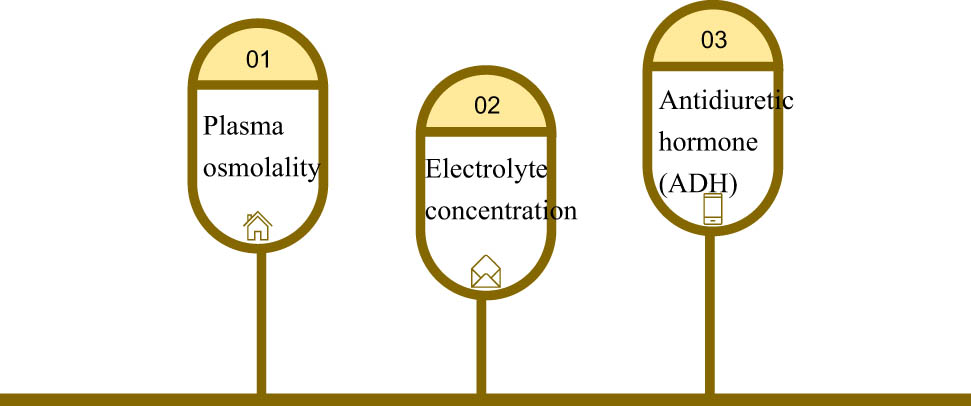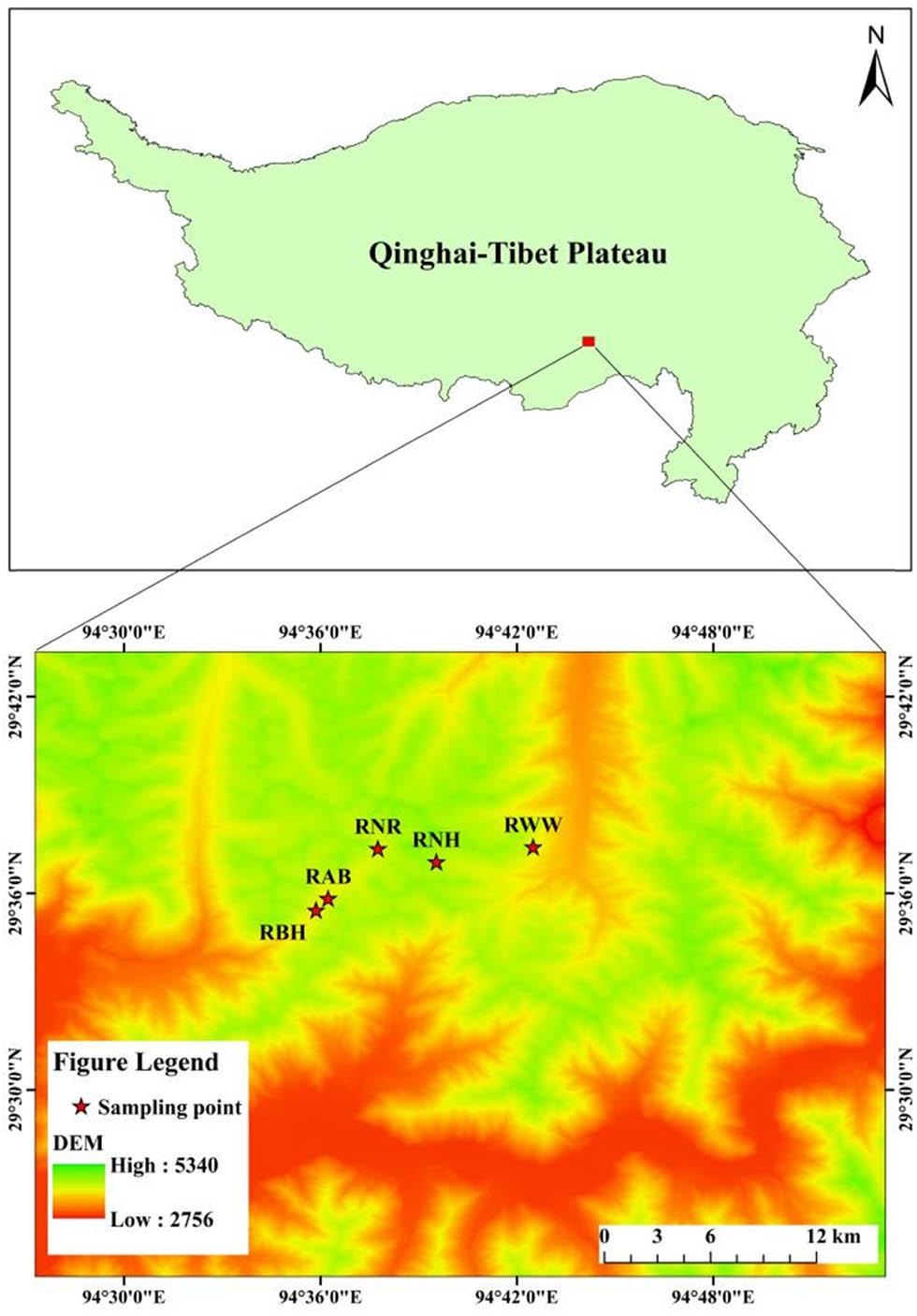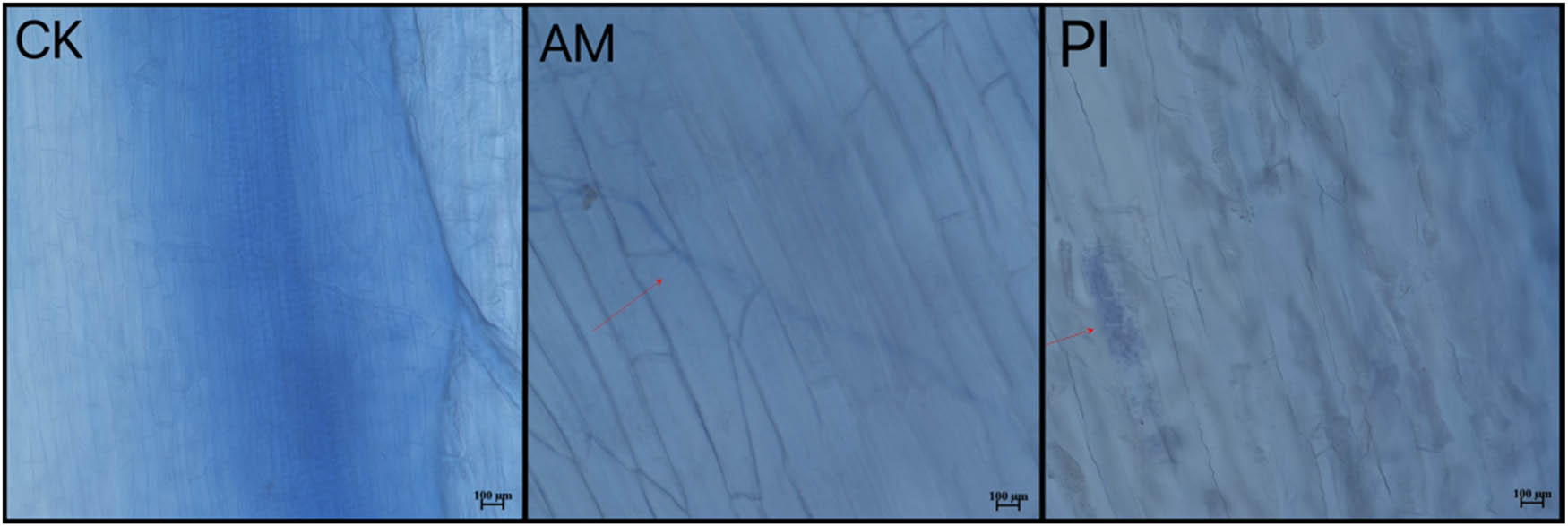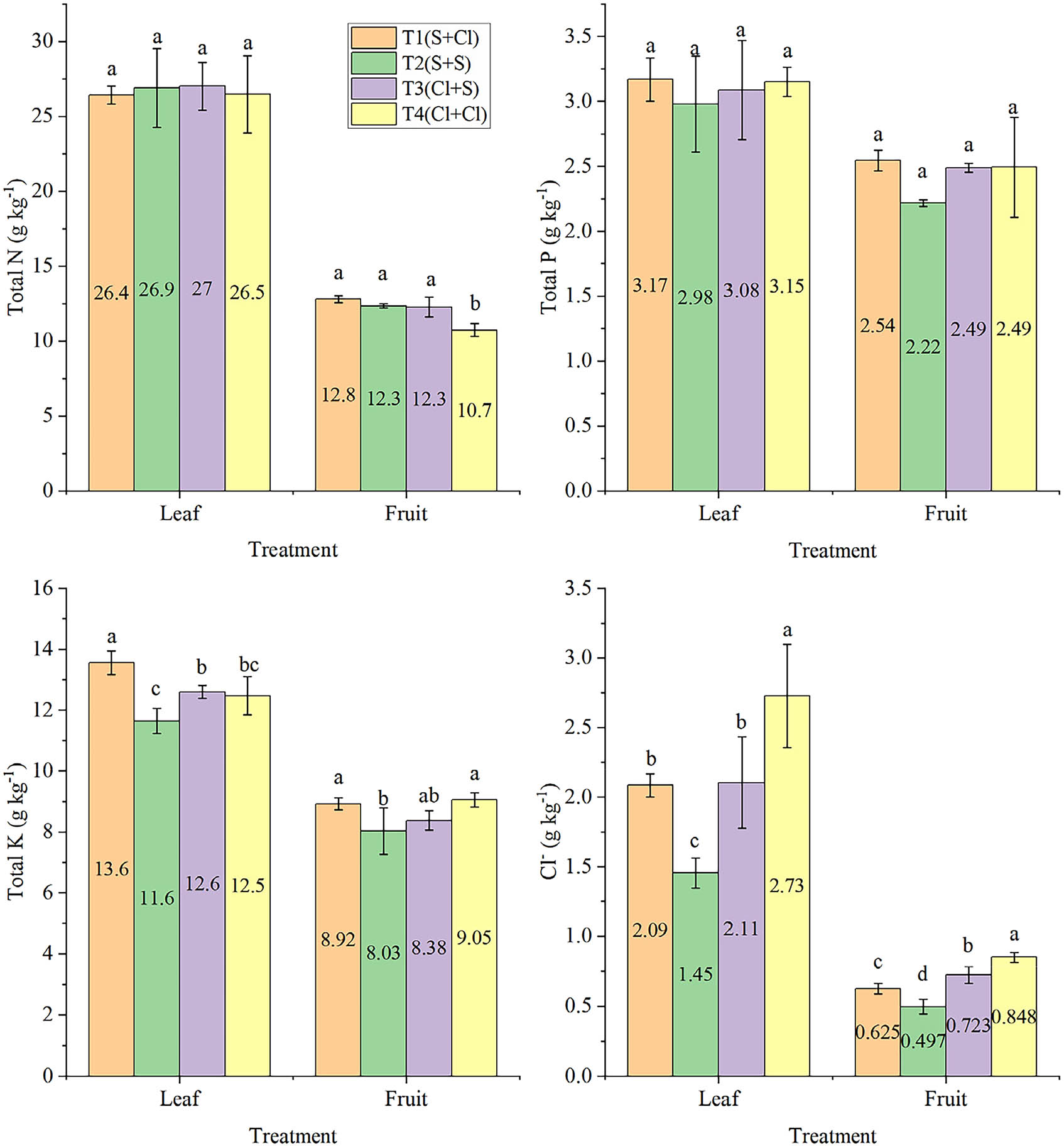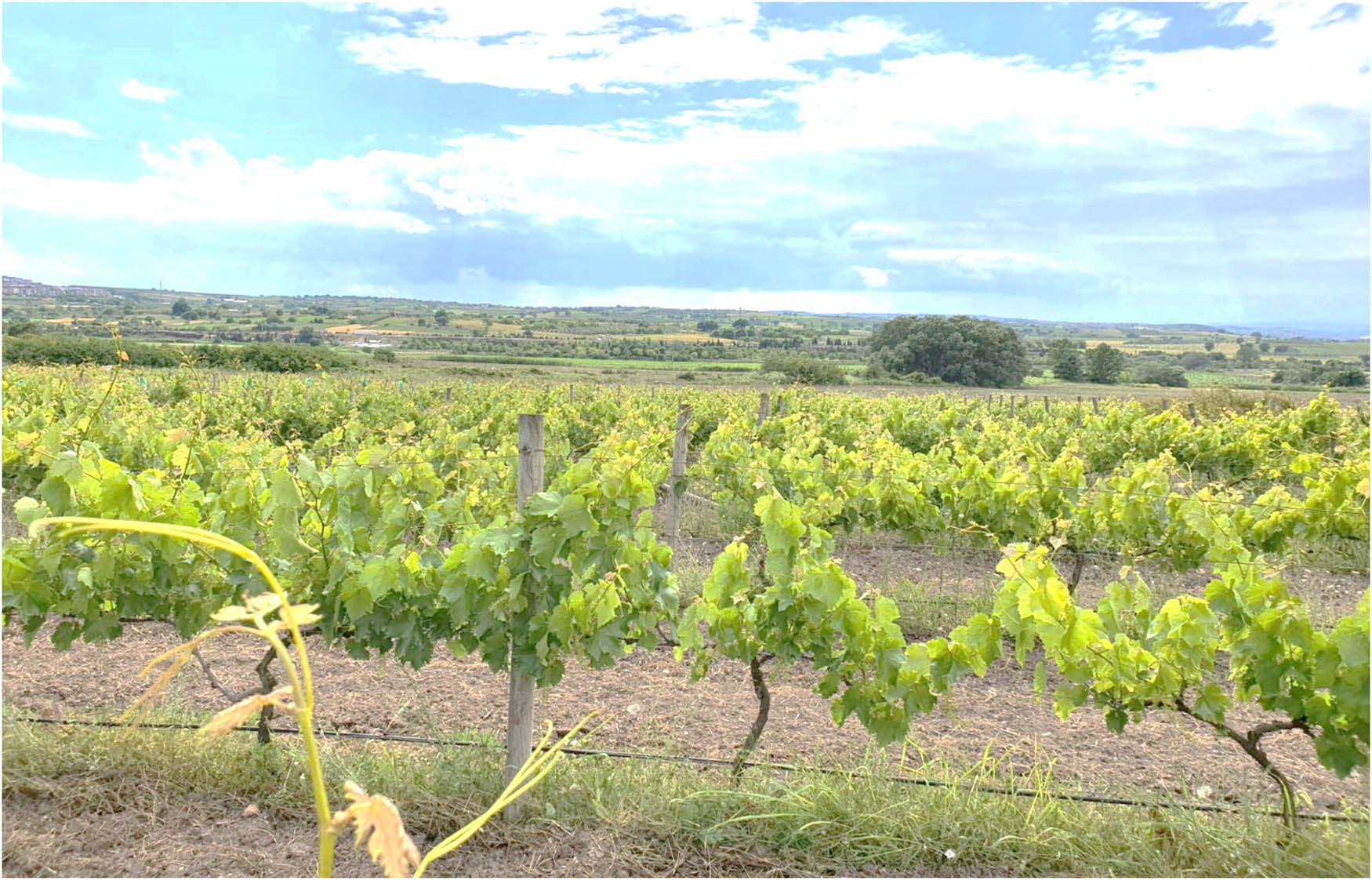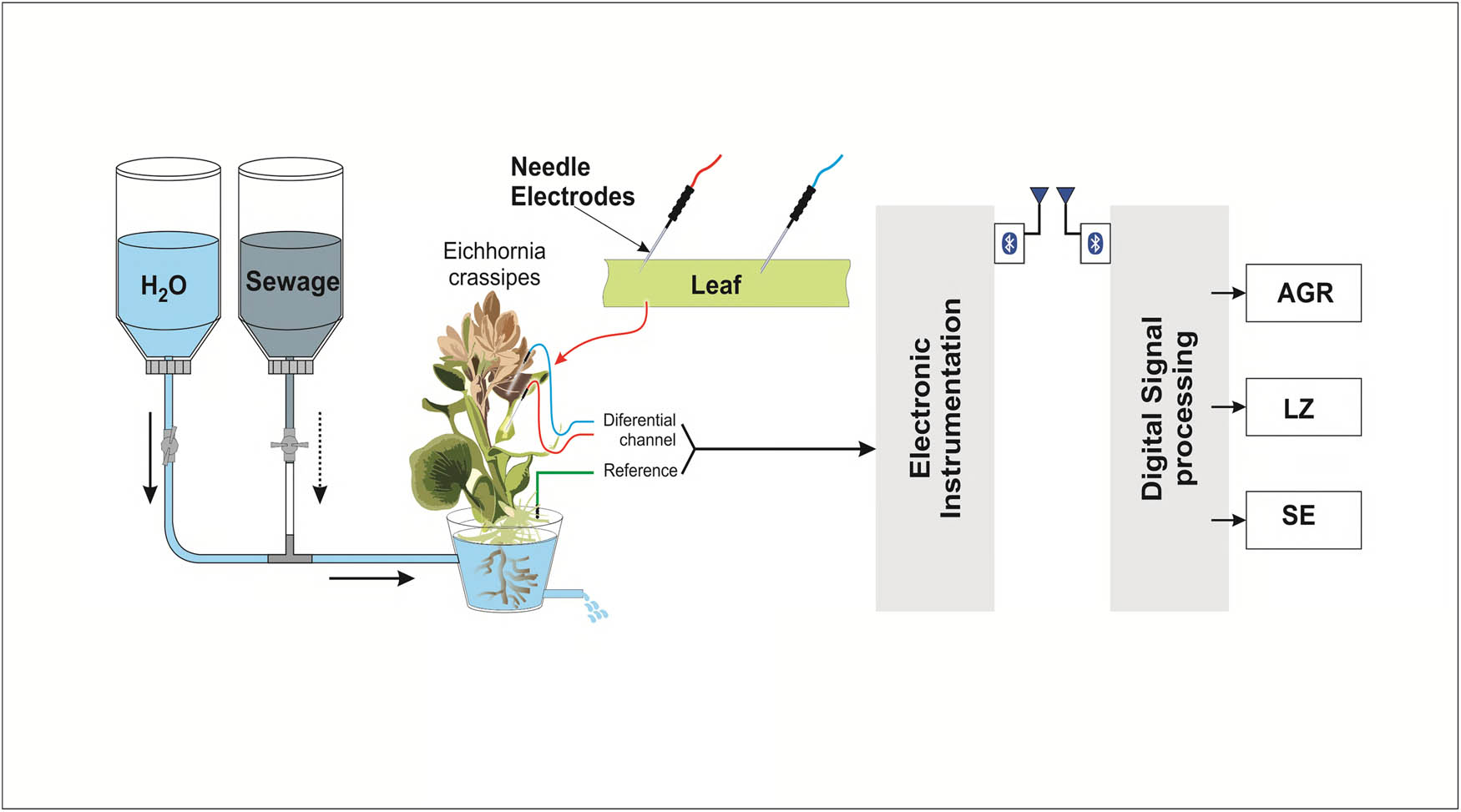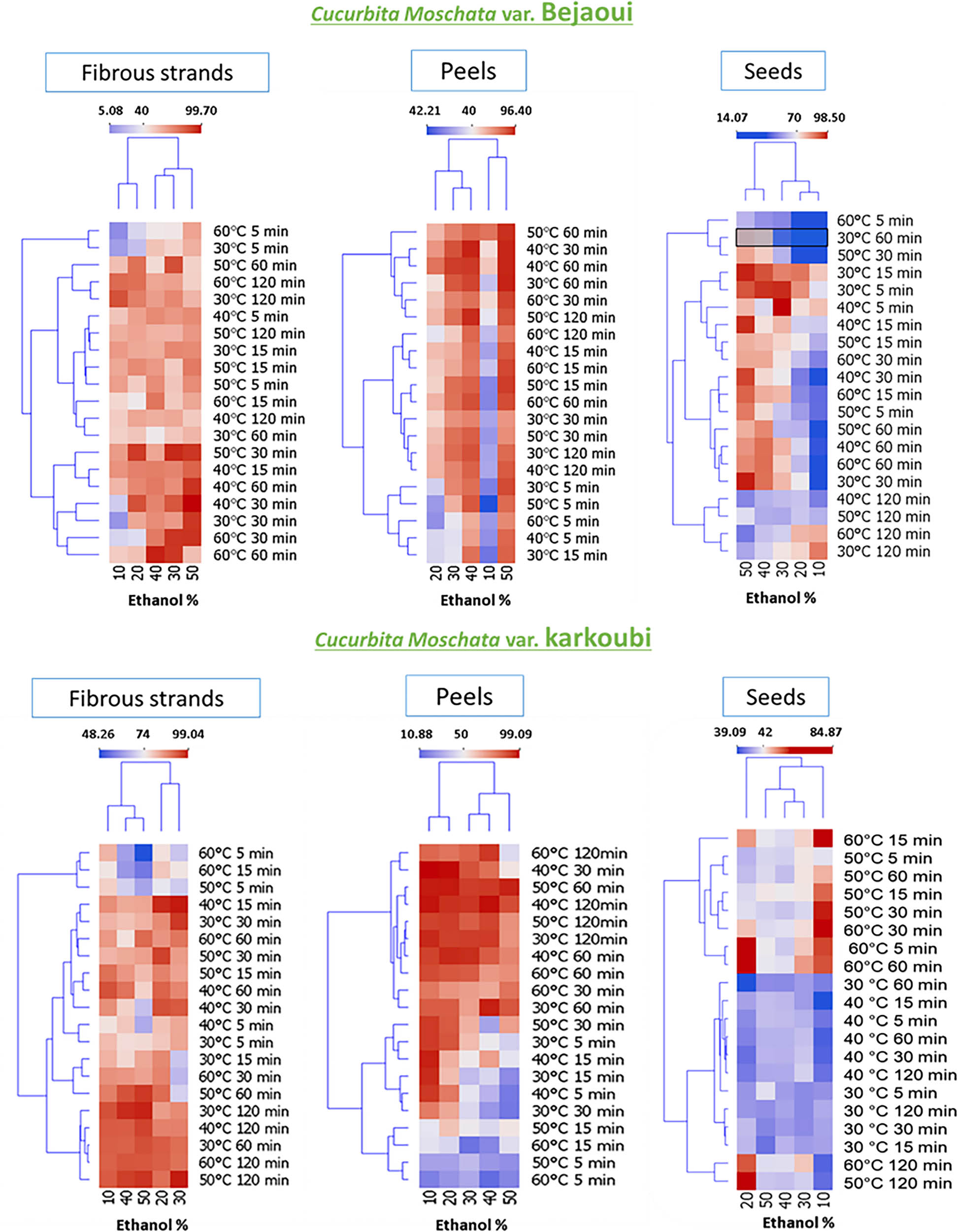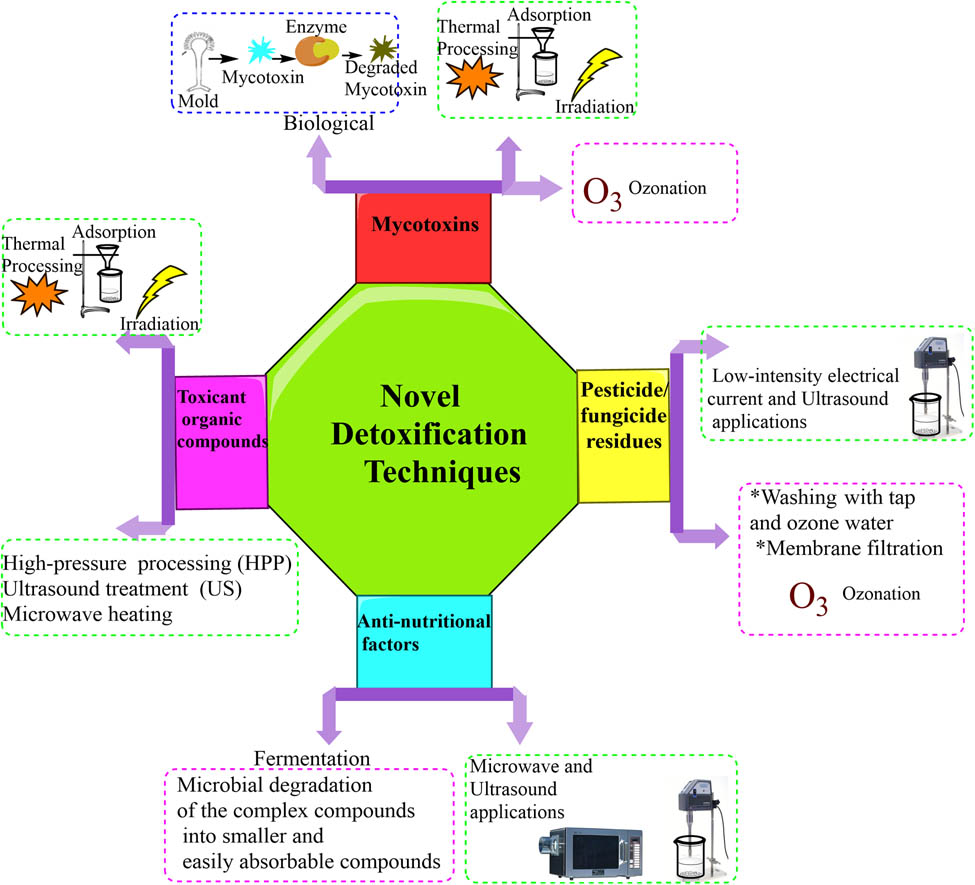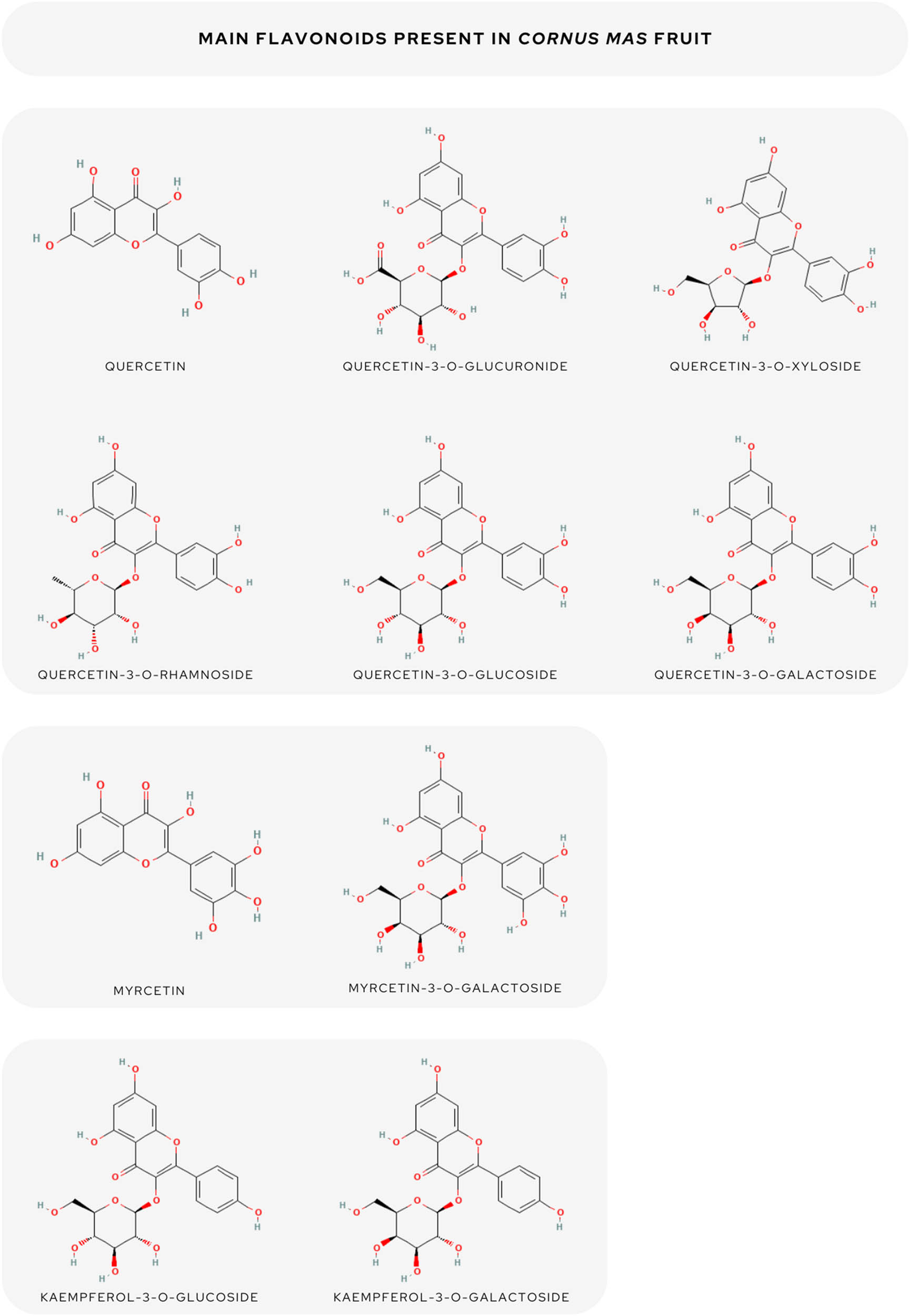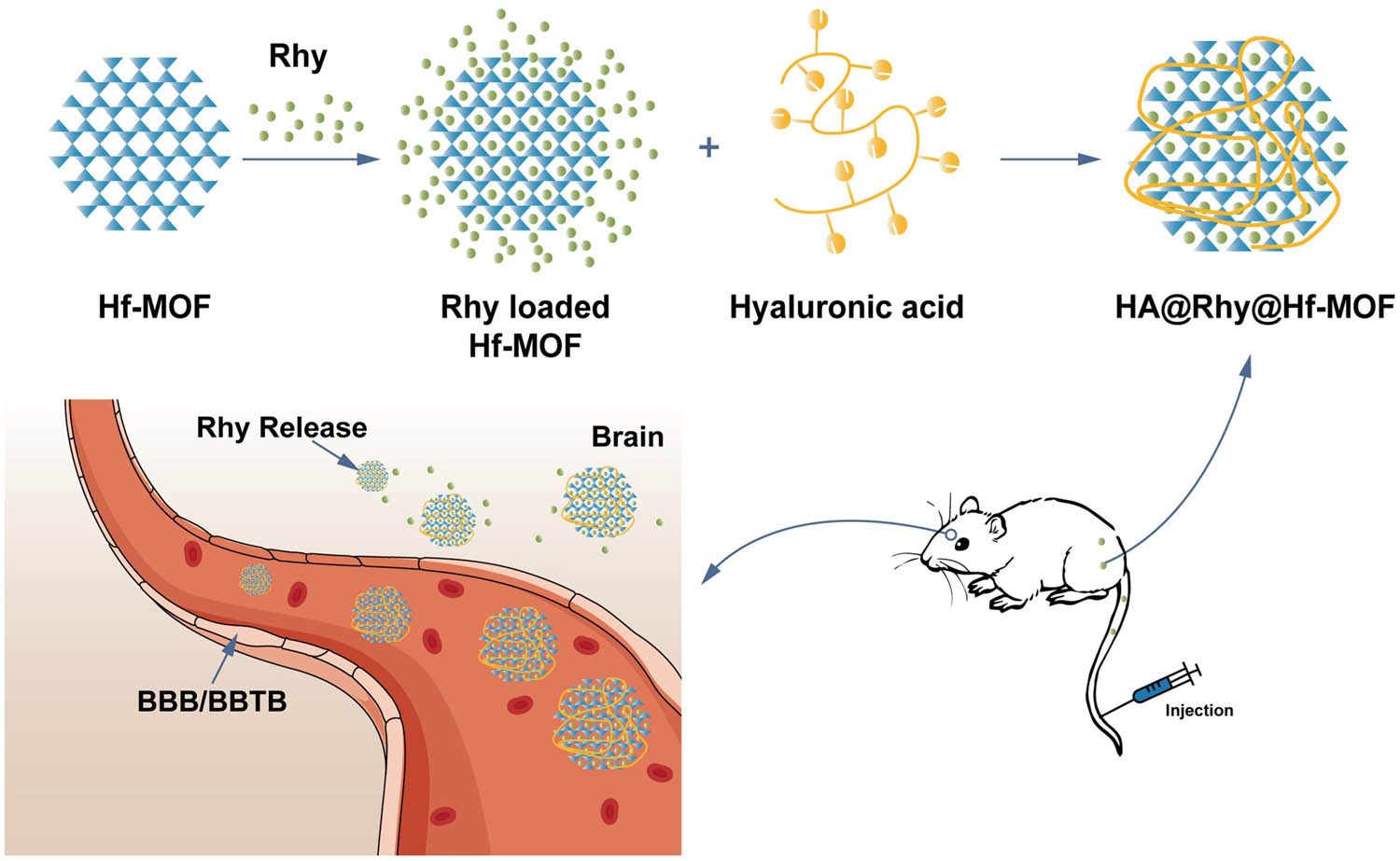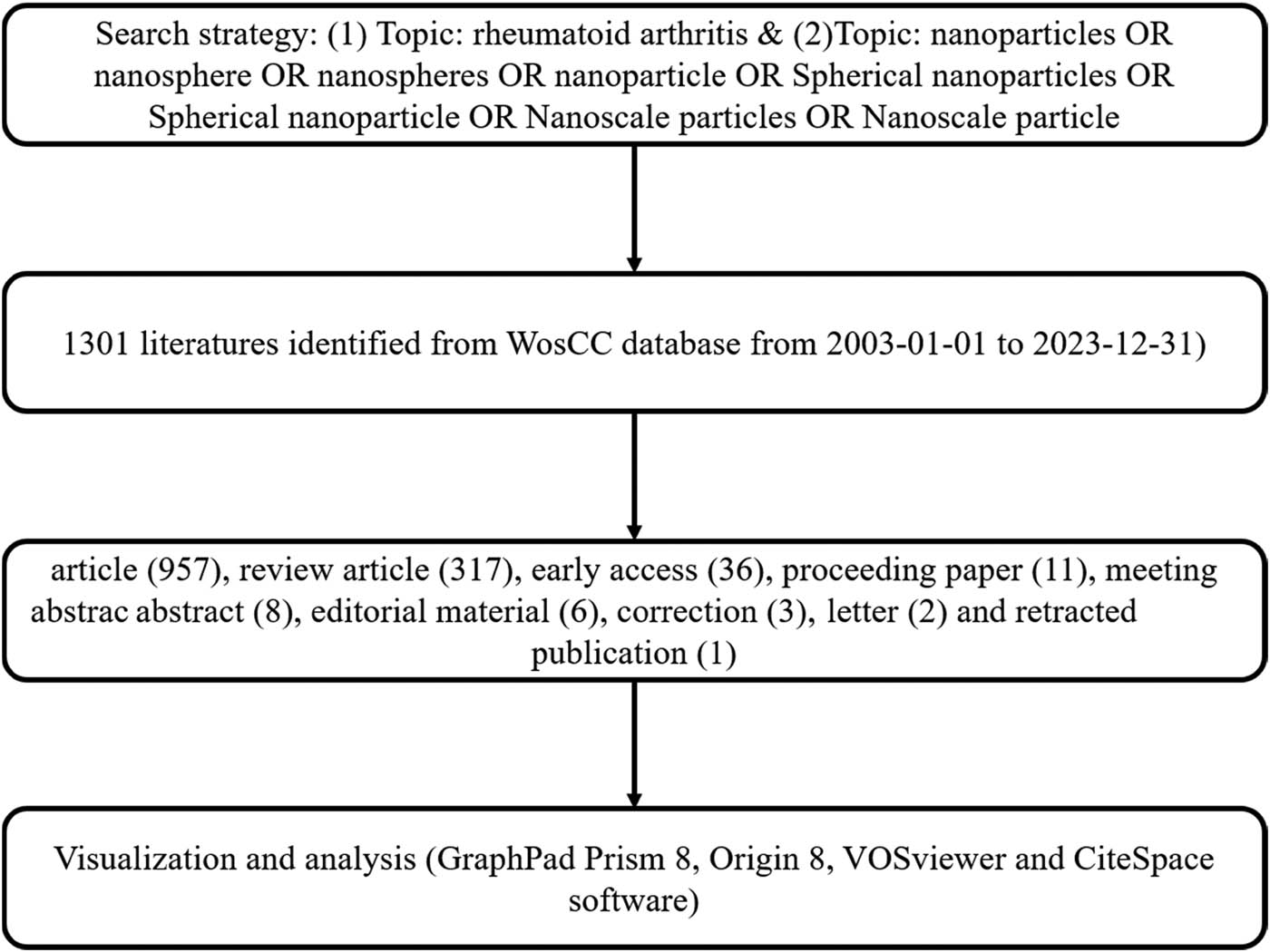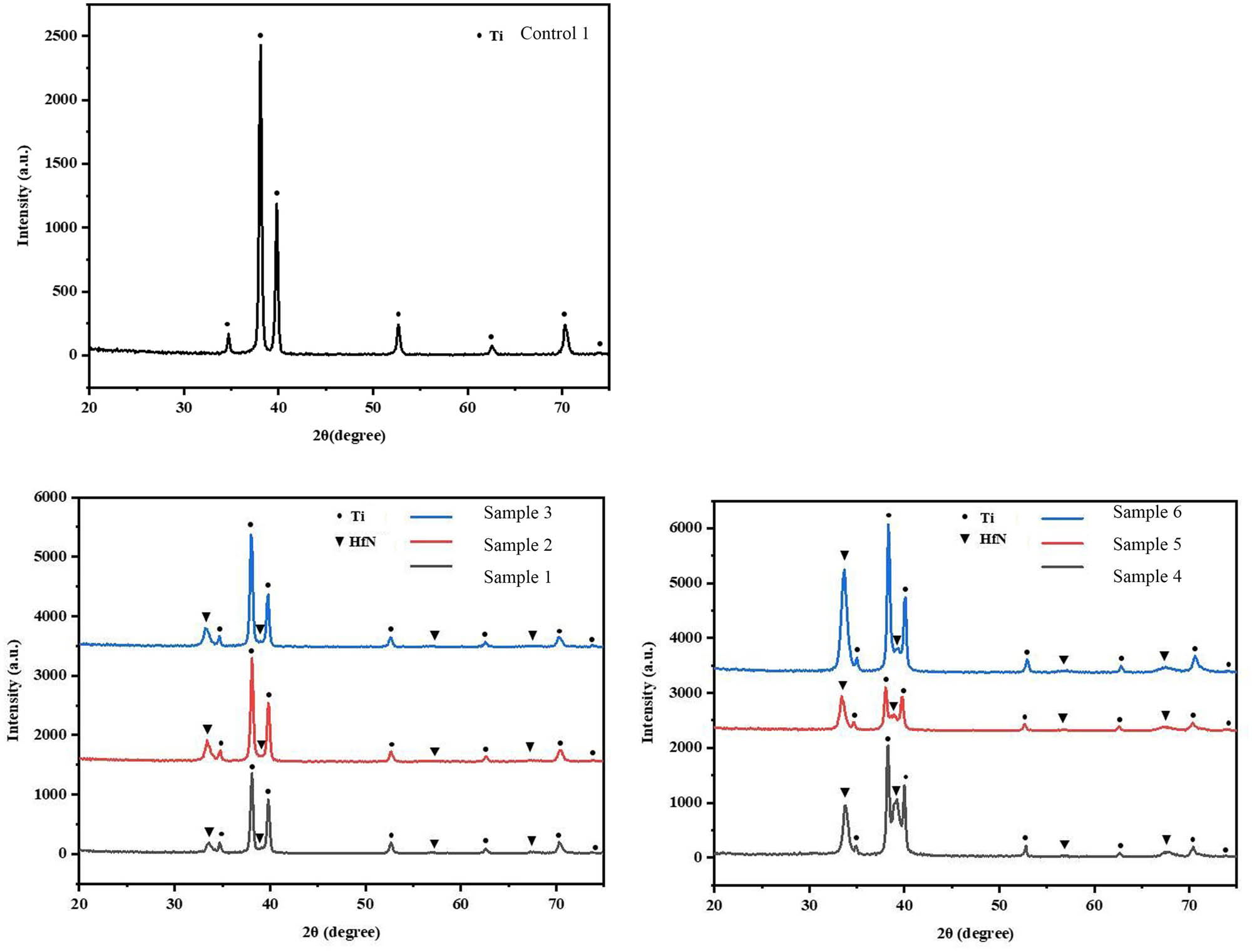This study was to analyze the effect of triptolide (TPL) on proliferation, apoptosis, and the relationship between TPL and the Janus kinase/signal transducer and activator of transcription signaling pathway in hepatoma cells. HepG2 cell line was selected as the experimental object and divided into control, low-dose TPL, medium-dose TPL, and high-dose TPL group. The control group did not receive any drug treatment, while the low, medium, and high-dose groups were treated with TPL at concentrations of 0.02, 0.05, and 0.10 μM, respectively. 3-(4,5-Dimethylthiazol-2-yl)-2,5-diphenyl tetrazolium bromide, flow cytometry, and western blot were used to detach the TPL effect and mechanism. The cell proliferation inhibition rate in each dose group of TPL was lower than that in the control group, and the inhibition rate of cell proliferation increased with the increase of TPL dose ( P < 0.05). The apoptosis rate of TPL in each dose group was higher than that in the control group, and the apoptosis rate increased with the increase of TPL dose ( P < 0.05). The expression of phosphorylated Janus kinase 1 (p-JAK1) and phosphorylated signal transducer and activator of transcription 3 (p-STAT3) protein in cells of each dose group of TPL was lower than that in the control group, and the expression of p-JAK1 and p-STAT3 protein decreased with the increase of TPL dose ( P < 0.05). The apoptosis rate of 10 ng/mL transforming growth factor-beta + high-dose group was reduced than that in the high-dose group, and the expression of p-JAK1 and p-STAT3 protein was higher than that in the high-dose group ( P < 0.05). The activity of B-cell lymphoma/leukemia-2-associated X protein (Bax) protein and cysteine aspartic acid protease (Caspase)-3/9 in TPL cells at each dose was raised than that in the control group, and the expression of B-cell lymphoma/leukemia-2 (Bcl-2) protein was decreased than that in the control group. With the increase of TPL dose, the activity of Bax protein and Caspase-3/9 increased, and the Bcl-2 protein decreased ( P < 0.05). As an anti-liver cancer agent, TPL inhibits the proliferation of hepatocellular carcinoma cells and promotes apoptosis. The mechanism may involve inhibiting Janus kinase 1/signal transducer and activator of transcription 3 pathway and activation of apoptosis-related pathways.
Inhalt
- Biomedical Sciences
-
28. Januar 2025
-
25. Februar 2025
-
11. März 2025
-
Open AccessPrimary pleomorphic liposarcoma involving bilateral ovaries: Case report and literature review21. März 2025
-
25. März 2025
-
1. April 2025
-
1. April 2025
-
Open AccessAssociation between PAX9 or MSX1 gene polymorphism and tooth agenesis risk: A meta-analysis10. April 2025
-
10. April 2025
-
Open Accessp-Cymene inhibits pro-fibrotic and inflammatory mediators to prevent hepatic dysfunction15. April 2025
-
25. April 2025
-
25. April 2025
-
25. April 2025
-
29. April 2025
-
Open AccessSmall cell lung cancer with small intestinal metastasis: Case report and literature review29. April 2025
-
12. Mai 2025
-
10. Juni 2025
-
12. Juni 2025
-
Open AccessResearch progress on the regulation of autophagy in cardiovascular diseases by chemokines17. Juni 2025
-
7. Juli 2025
-
8. Juli 2025
-
8. Juli 2025
-
11. Juli 2025
-
18. Juli 2025
-
Open AccessHypereosinophilic syndrome with elevated IgG4 and T-cell clonality: A report of two cases24. Juli 2025
-
1. August 2025
-
Open AccessAnalysis of the detection rate and related factors of thyroid nodules in the healthy population5. August 2025
-
8. August 2025
-
8. August 2025
-
8. August 2025
-
8. August 2025
-
11. August 2025
-
12. August 2025
-
18. August 2025
-
Open AccessThe NuA4/TIP60 histone-modifying complex and Hr78 modulate the Lobe2 mutant eye phenotype20. August 2025
-
Open AccessA case of IgA nephropathy treated with a combination of telitacicept and half-dose glucocorticoids28. August 2025
-
Open AccessWound healing and signaling pathways1. September 2025
-
1. September 2025
-
8. September 2025
-
Open AccessDapagliflozin attenuates atrial fibrosis via the HMGB1/RAGE pathway in atrial fibrillation rats8. September 2025
-
17. September 2025
-
23. September 2025
-
3. Oktober 2025
-
Open AccessTreatment of pure red cell aplasia in a chronic kidney disease patient with roxadustat: A case report4. Oktober 2025
-
Open AccessThe TNFR-RIPK1/RIPK3 signalling pathway mediates the effect of lanthanum on necroptosis of nerve cells14. Oktober 2025
-
Open AccessConstruction of pectinase gene engineering microbe and its application in tobacco sheets18. Oktober 2025
-
29. Oktober 2025
-
Open AccessHeat stroke associated with novel leukaemia inhibitory factor receptor gene variant in a Chinese infant30. Oktober 2025
-
Open AccessMerkel cell carcinoma: Clinicopathological analysis of three patients and literature review7. November 2025
- Ecology and Environmental Science
-
Open AccessIndices of human impacts on landscapes: How do they reflect the proportions of natural habitats?28. April 2025
-
Open AccessGlobal assessment of the fate of nitrogen deposition in forest ecosystems: Insights from 15N tracer studies18. September 2025
-
20. September 2025
-
Open AccessEleonora’s falcon trophic interactions with insects within its breeding range: A systematic review5. November 2025
- Agriculture
-
15. Juli 2025
-
Open AccessMolecular mechanism of follicular development in laying hens based on the regulation of water metabolism30. Oktober 2025
- Animal Science
-
Open AccessEffect of sex ratio on the life history traits of an important invasive species, Spodoptera frugiperda25. Februar 2025
- Plant Sciences
-
7. März 2025
-
Open AccessThe DREB7 transcription factor enhances salt tolerance in soybean plants under salt stress20. August 2025
-
Open AccessUsing plant electrical signals of water hyacinth (Eichhornia crassipes) for water pollution monitoring18. Oktober 2025
- Food Science
-
17. Juni 2025
-
Open AccessImpact of saline sprouting on antioxidant properties and bioactive compounds in chia seeds24. Juli 2025
-
Open AccessThe dilemma of food genetics and improvement2. August 2025
- Bioengineering and Biotechnology
-
20. Mai 2025
- Corrigendum
-
Open AccessCorrigendum to “Effects of Ire1 gene on virulence and pathogenicity of Candida albicans”30. September 2025

